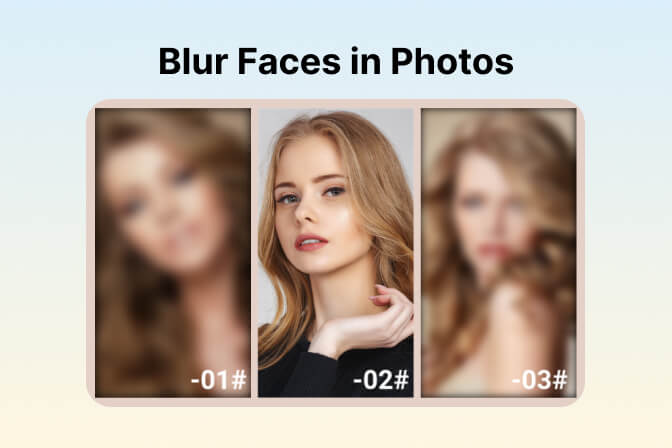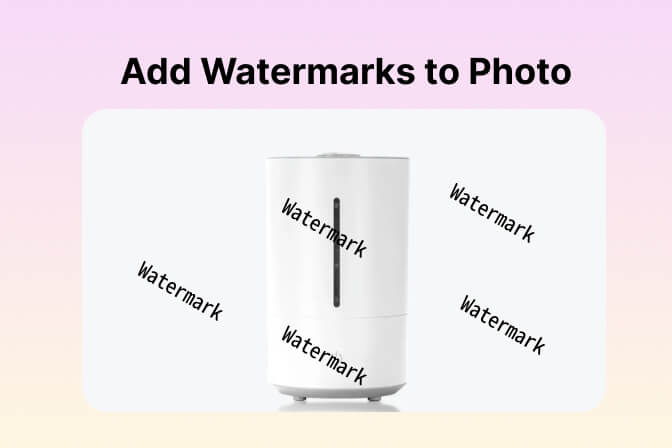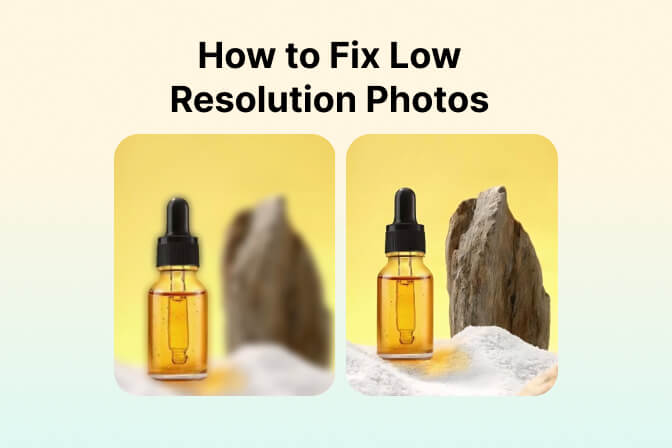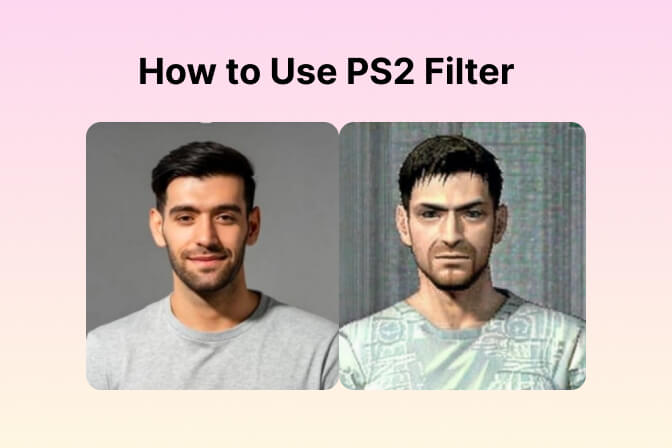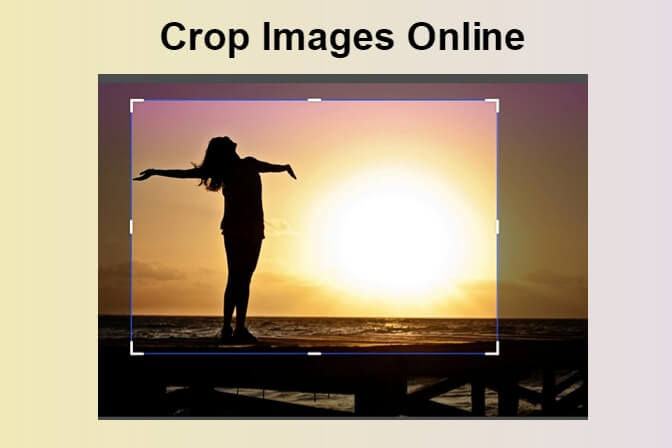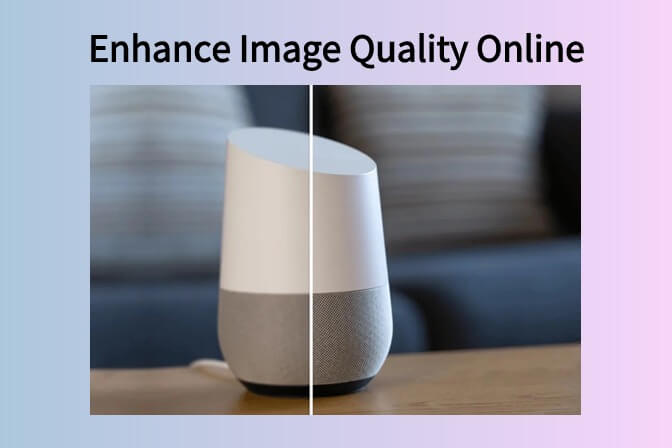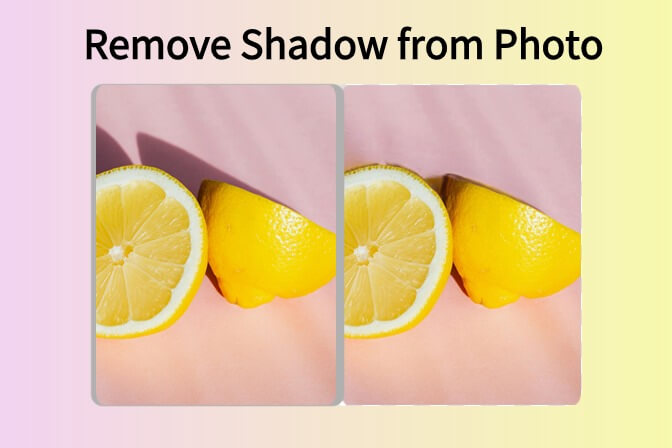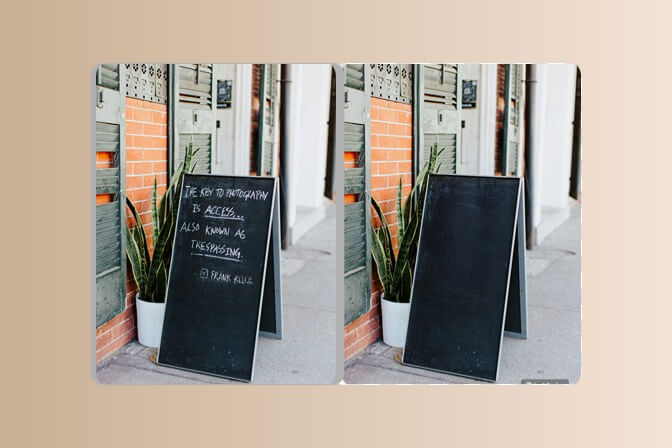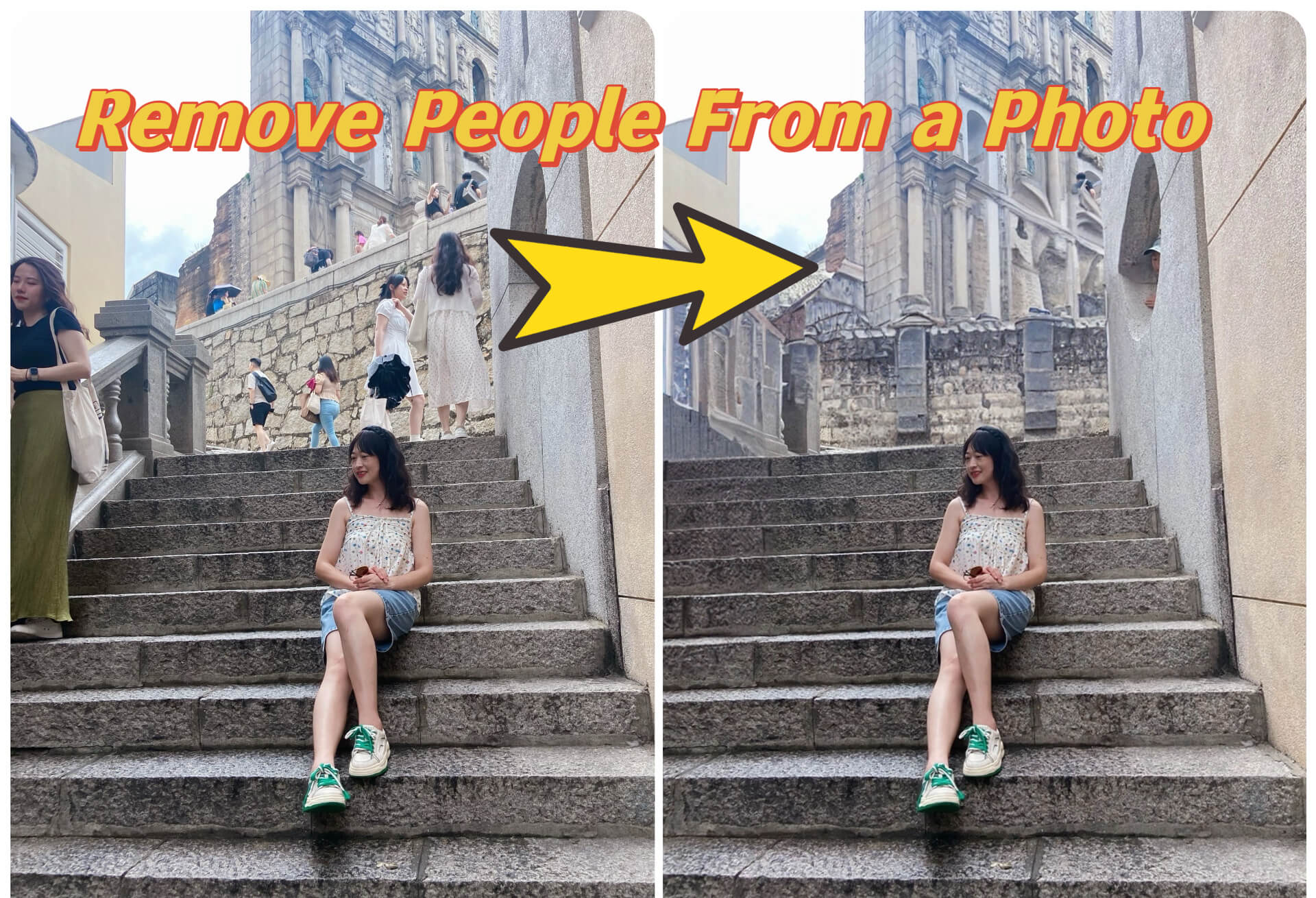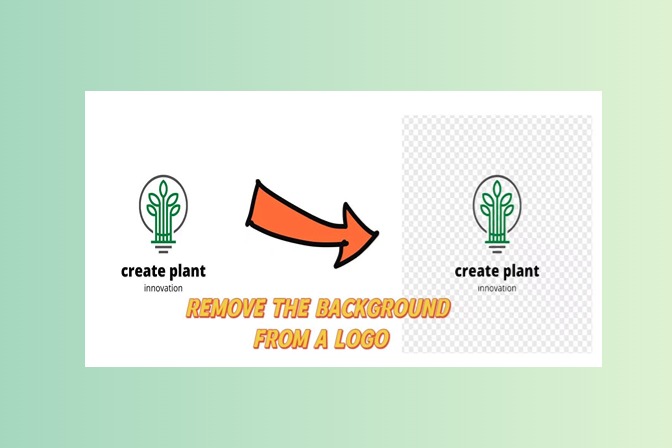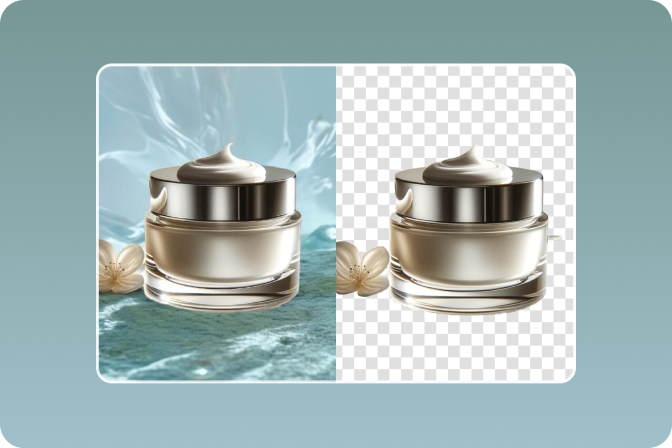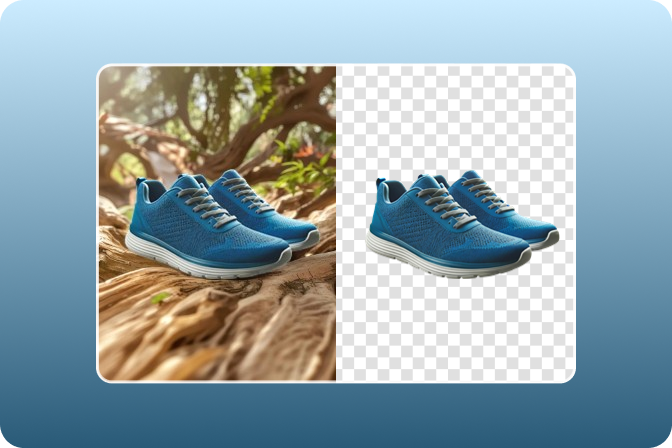Large image files such as TIFF slow the efficiency especially when you need to share or upload them. The procedure for changing the format from TIFF to JPG is rather basic and straightforward. When you do this conversion, you make the image compatible with most devices and platforms since JPG files are compressed and manageable.
Whether working with high-quality photographs, scanned images, or detailed graphic designs, instant TIFF to JPG Converter from insMind makes this easy.
It makes it possible for you to convert files as you continue using them with little loss of quality to the images that you are processing.
Table of Contents
Part 1. What is TIFF?
TIFF is an image format for storing images in professional photography, graphic design as well as in print media. It can support high-quality images even though the size of the files is big. It is because it contains all data like multiple layers as well as precise color information.
TIFF is more favorable while editing or printing photos as compared to other formats because of its compression algorithm that does not reduce image quality.
However, it’s not suitable for daily use because the files are heavy, time-consuming to upload, and use more space. This makes it inconvenient to share on social networks or attach via email and hosting on websites.
Part 2. Why should you convert TIFF to JPG?
There are multiple reasons for converting TIFF to JPG format for easier usage and better compatibility as explained below:
· Smaller file size as compared to TIFF
This is probably the most notable benefit of converting TIFF to JPG since users can save on disk space. TIFF files are large, especially when graphics or images in high resolution have been incorporated into the document. JPG compresses these files, and it is possible to save up to 80-90% off this size.
This means that you do not have to use up storage space in your device or download other storage applications when working with several images at once.
· Faster uploading and easier sharing
The most used digital format when it comes to use online is JPG. This format is much easier to upload and share as compared with TIFF. In case, you need to post to a social network, attach an image to a letter, or embed it to a website, JPG is rather small-sized, so uploads will be faster.
Small file size also brings the benefit, which is a faster cycle of sharing or downloading images in common, trivial activities.
· Better for using on the web
JPG is compatible with all platforms and browsers and is therefore preferred in website design. Other formats such as TIFF are not that well for web display because they are large files and are complex in structure. The image formats when converted to JPG help the images to load faster on the websites and thus give a better feel to the users.
A faster loading image also improves SEO since the loading speed is a crucial aspect that informs the search engine's ranking.
· JPG files give universal compatibility
Every device, including smartphones, laptops, social networks, and even image editors recognize JPG files. Different in this respect is TIFF, which is used mostly in professional settings. Converting TIFF to JPG will make the image open, viewed, and edited with little or no complications with other devices and software.
Part 3. How to Convert TIFF to JPG easily?
Converting TIFF to JPG takes only a few quick and easy steps that anyone can perform as described below:
Step 1: Access TIFF to JPG Converter on insMind Website
Go to the insMind website on your browser and access the TIFF Image to JPG Converter.
Step 2: Upload TIFF Photo
Now click the “Upload a photo” button and select any TIFF image from your offline storage. Your photo will upload and automatically start converting to JPG format.
Step 3: Download After Instant Conversion
After the automatic conversion is complete you can click “Download” to instantly download the JPG image on your offline storage.
Part 4. Convert other files to JPG format
Apart from TIFF, other formats such as SVG, HEIC, IMG, and GIF among others may benefit from the conversion to JPG.
· SVG to JPG
SVG is a format that is intended for storing vector graphics i.e. logos, icons, illustrations, etc. Although you can design beautiful SVG images and these images are scalable to any size without any loss of quality, SVG is not supported by many browsers. This is because many devices and apps do not support SVG files which makes sharing of icons in this format challenging.
By converting SVG to JPG, you make sure that it will be compatible better than SVG. The image is reduced to a raster because the file can then be easily displayed and copied on websites, in emails, or on social networks. It also reduces the file size, which is quite helpful, while retaining enough image quality to meet most uses.
· HEIC to JPG
HEIC is the file format that is used primarily by Apple devices to store images more efficiently. Although the HEIC format offers high image quality in smaller file sizes, it is not compatible with some third-party devices. There were disadvantages when it came to sharing the HEIC images with users who use Windows or Android devices.
Upon converting the image from HEIC format to JPG, the image remains easily accessible to the viewers across platforms. JPG is supported by most applications, which makes it better for sharing, printing, and uploading.
· Image to JPG
Any type of image file could represent the media, different sorts of image information as well as disk images. These files are mostly huge and have restricted usage since they do not represent an everyday application.
Converting different image formats to JPG makes the image a lot smaller in File size and that is very useful when copying and pasting it on different websites and applications. JPG is good for low-end manipulation tasks such as viewing, sharing and even embedding images on websites for instance the original IMG format may not be compatible.
· GIF to JPG
Among the most widely used formats, GIF is perfect for creating short animations of low-quality or elementary sequences. Still, it is worth mentioning that fields defined in creating GIF files can be large and in some cases are not convenient when choosing a single high-quality static image.
When converting the GIF to JPG format you only get a snapshot, which is somewhat like an image but has most of the information of the image.
JPG files also have the advantage of being way smaller and easier to transfer than GIFs especially where you only need a single frame of the animated image.
 Conclusion
Conclusion
Converting image files to JPG is such a wise move especially if you are handling TIFF, SVG, HEIC, IMG, or GIF files. JPG files take less space and less time to upload and are compatible with all devices. The benefits of working with insMind’s Instant TIFF to JPG Converter are clear.
The conversion of pictures is now time-efficient and does not remove even the most crucial details of the visual. So, you can also use insMind online TIFF to JPG converter for free and effortlessly convert your images.
Ryan Barnett
I'm a freelance writer with a passion for editing and designing photos. Here at insMind, I strive to educate users on image creativity, photography, and enhancing product photos to help grow their businesses.


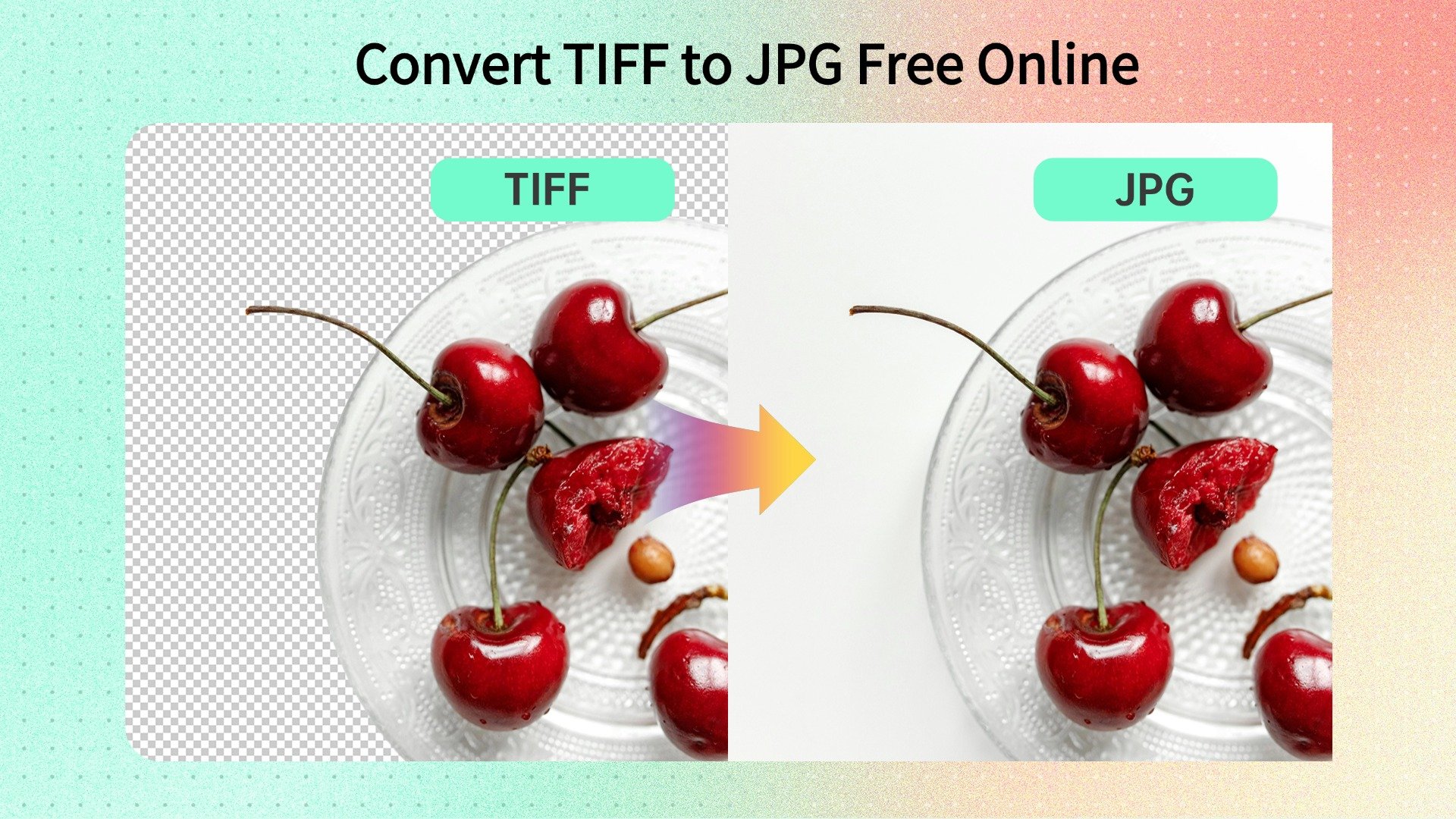






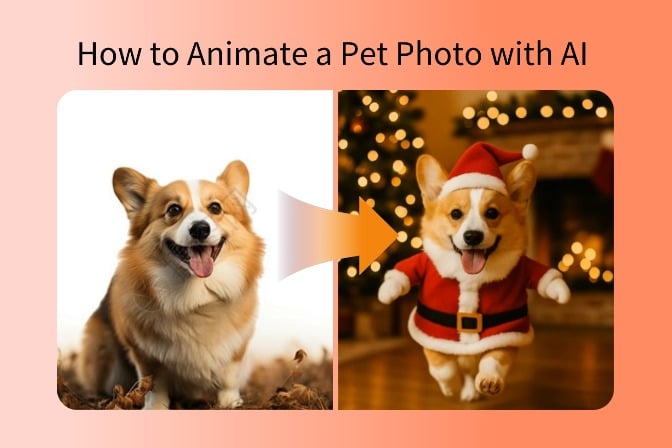
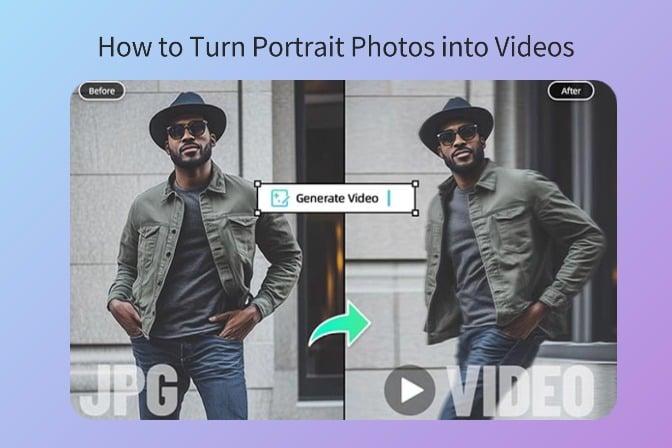



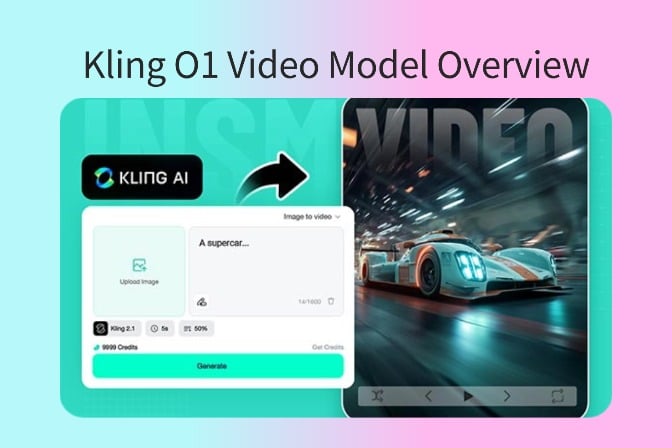

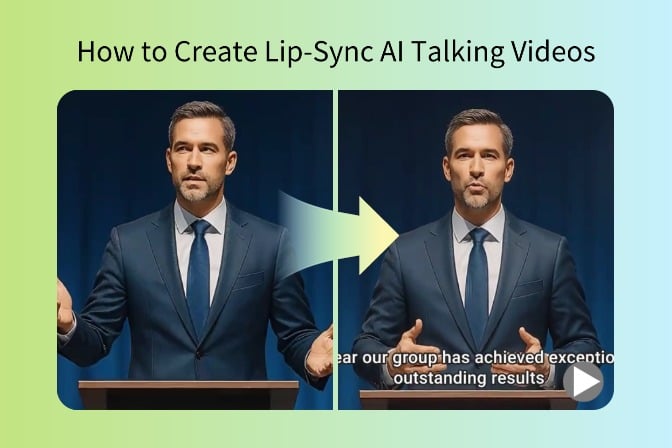
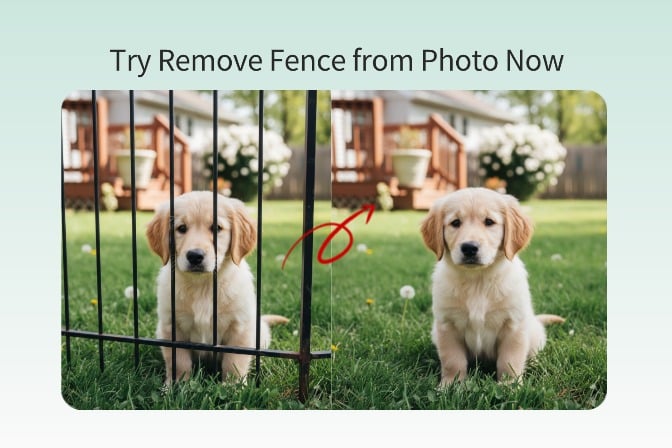
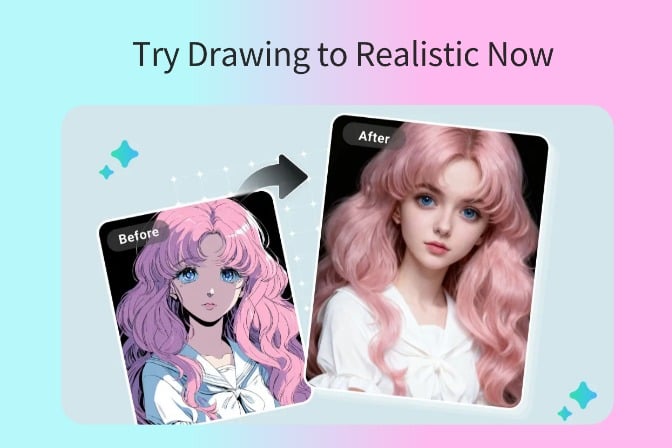



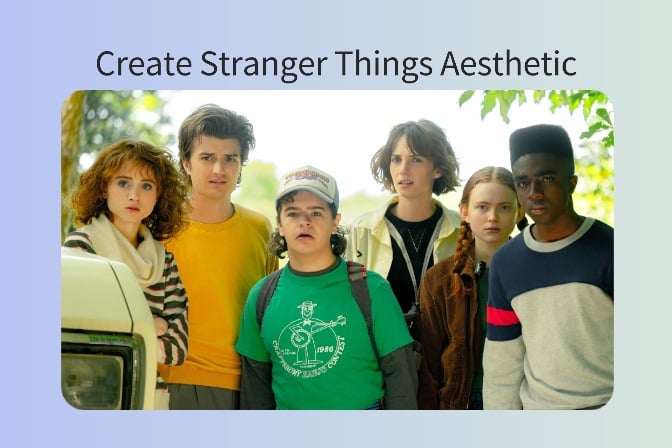



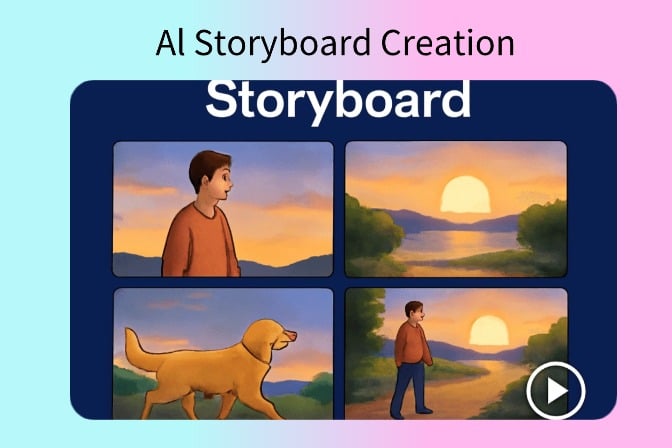
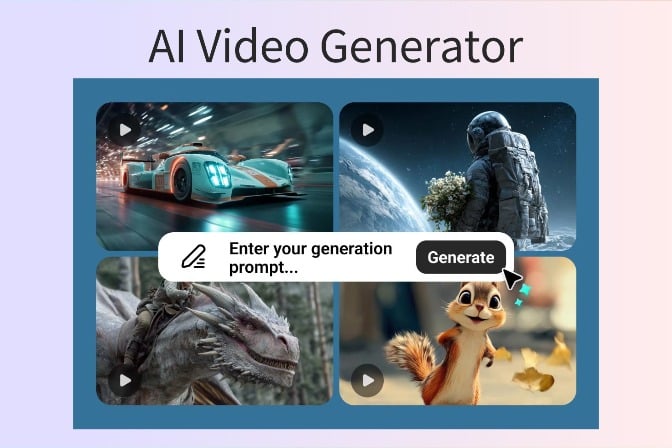
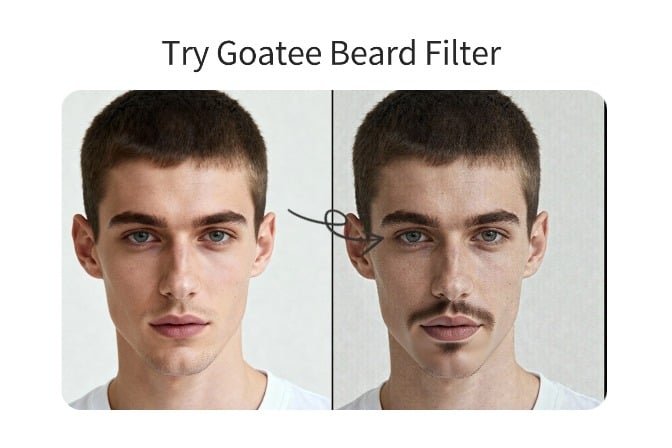

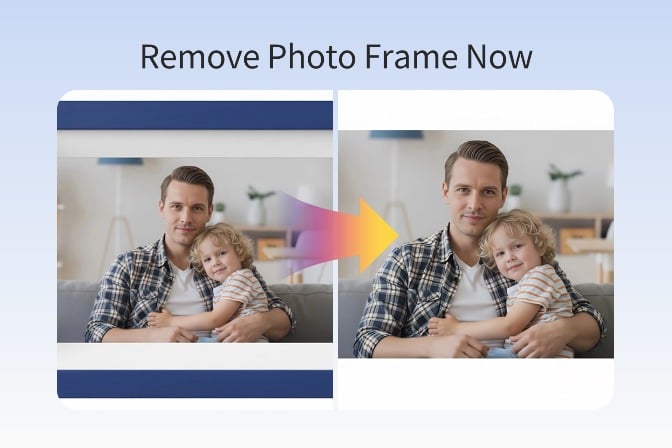
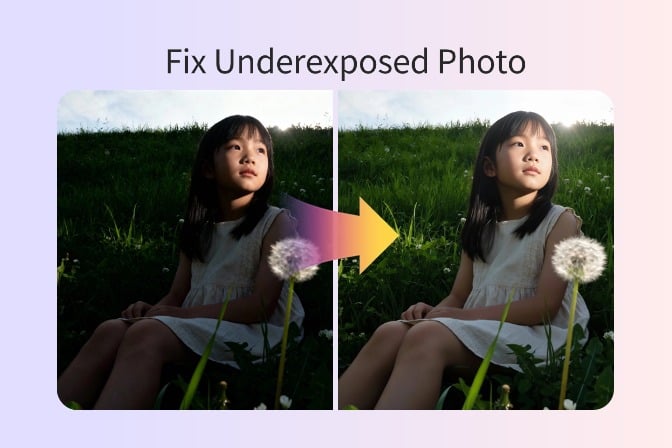
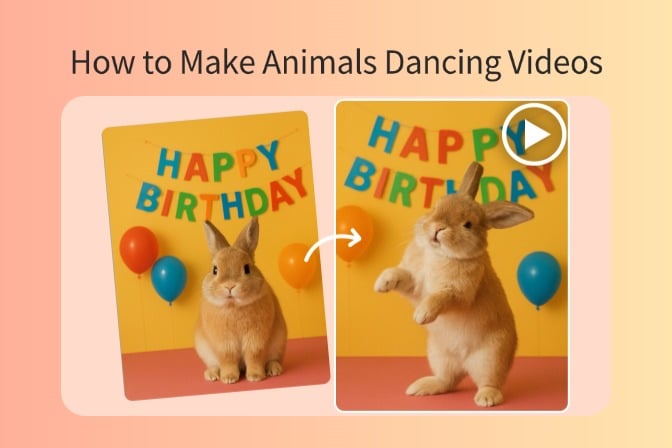
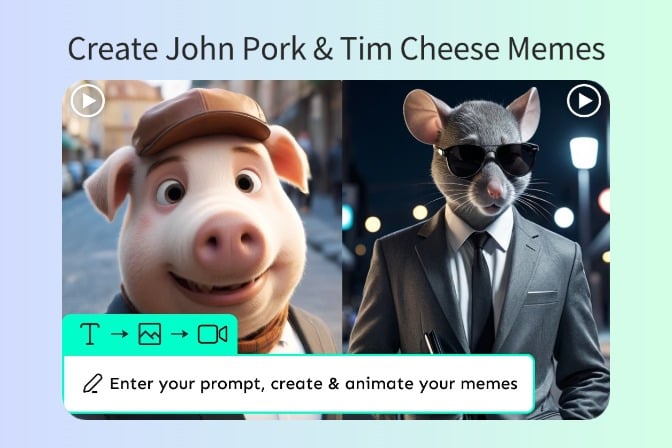
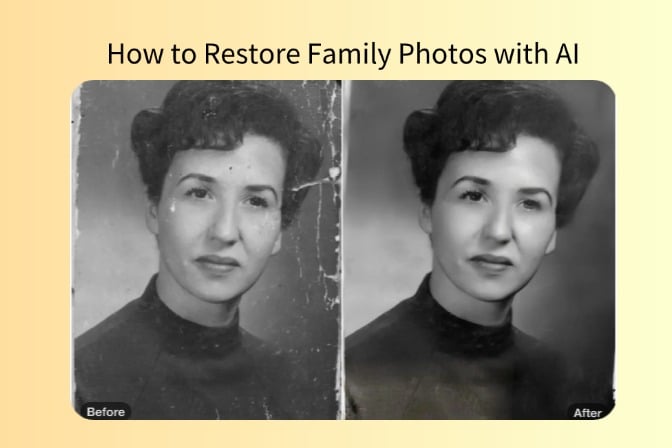

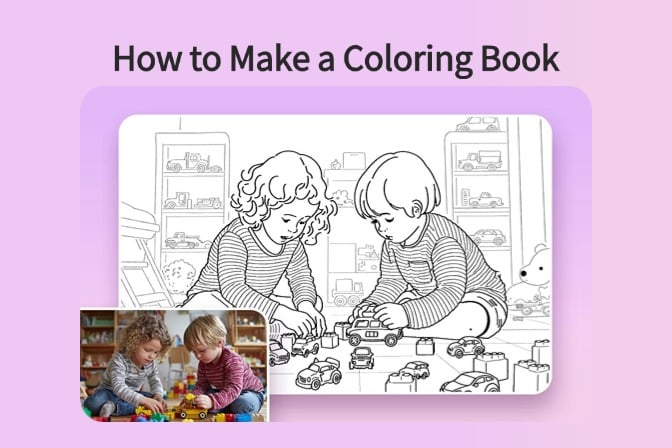
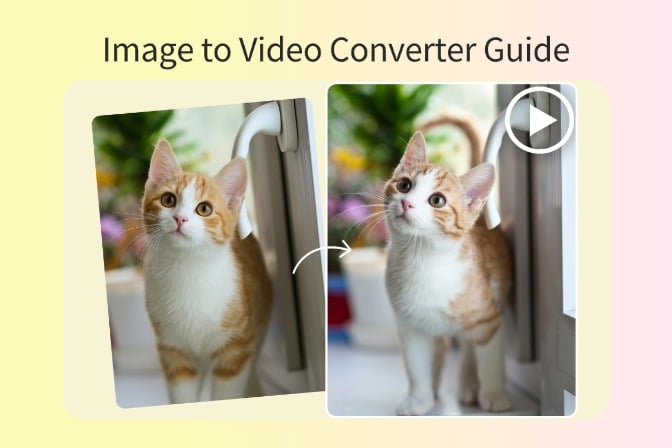

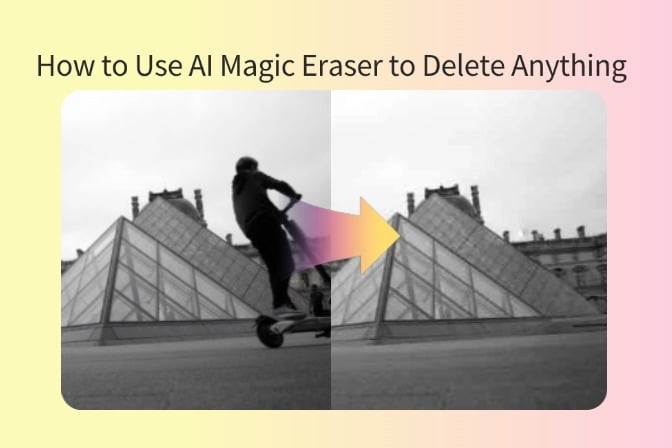
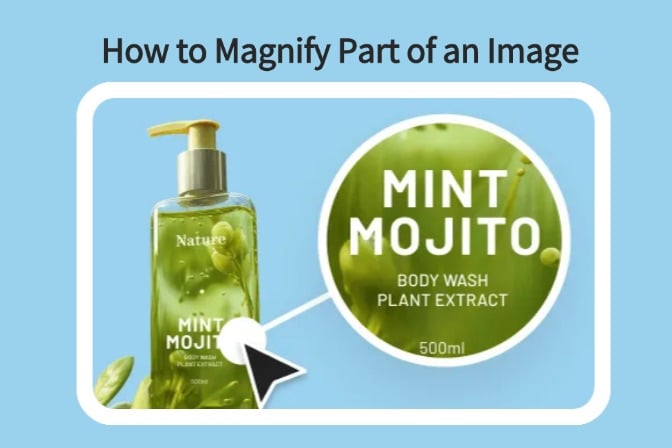
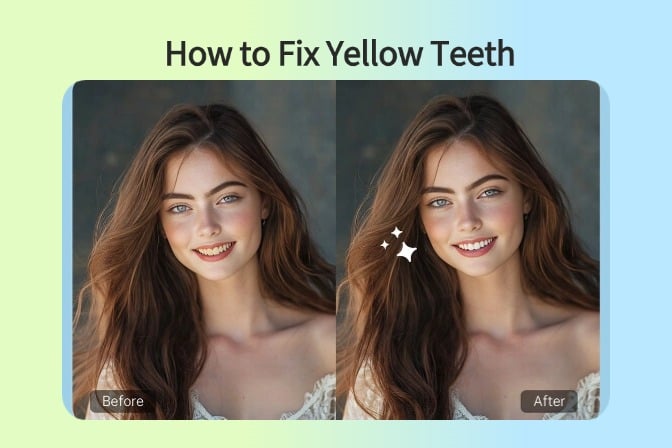

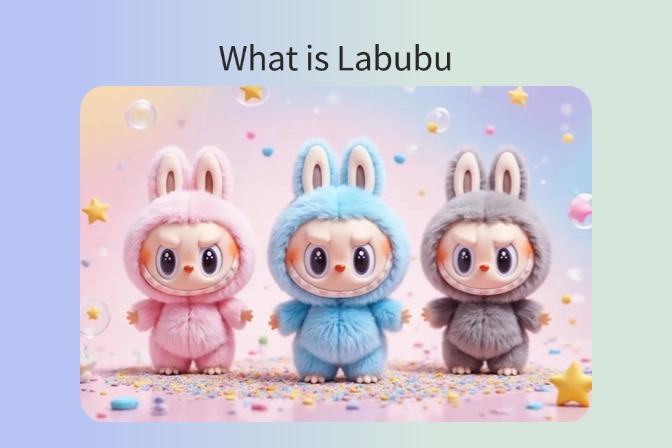
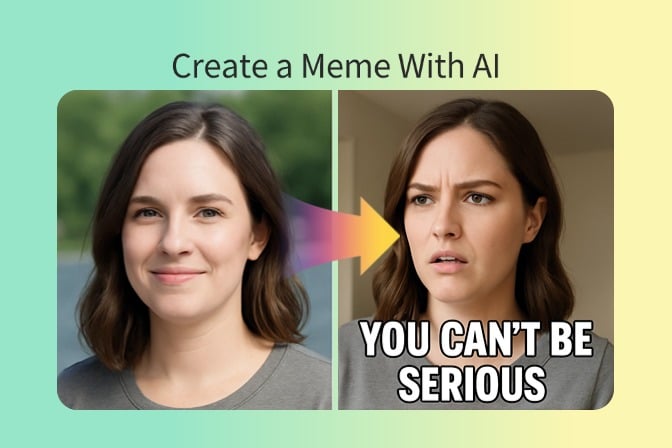
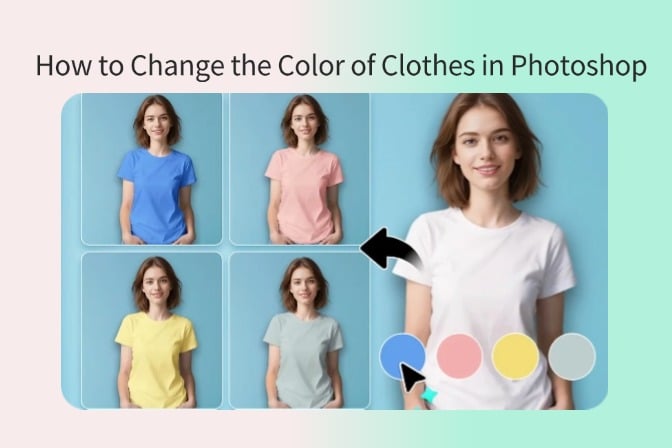
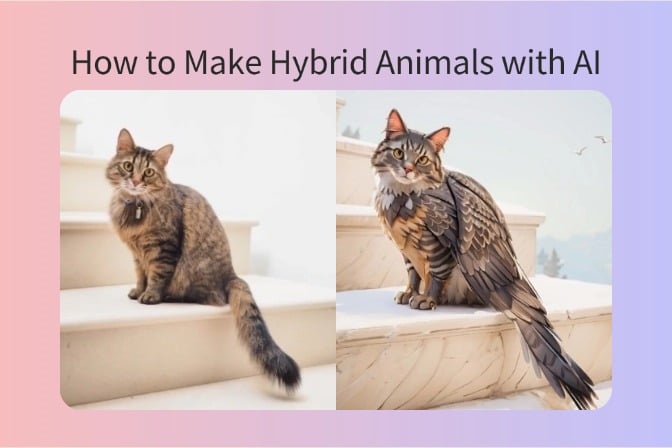
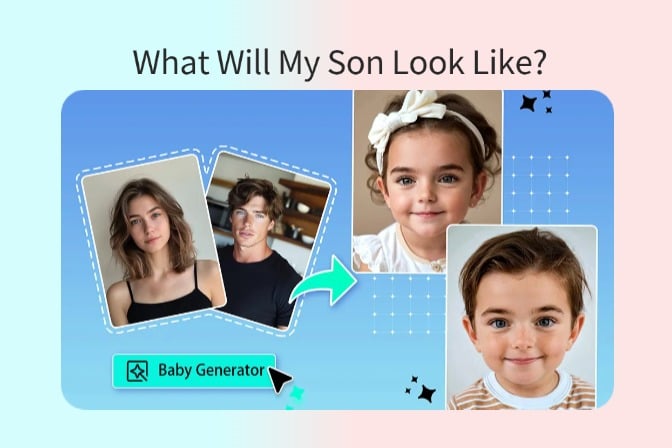
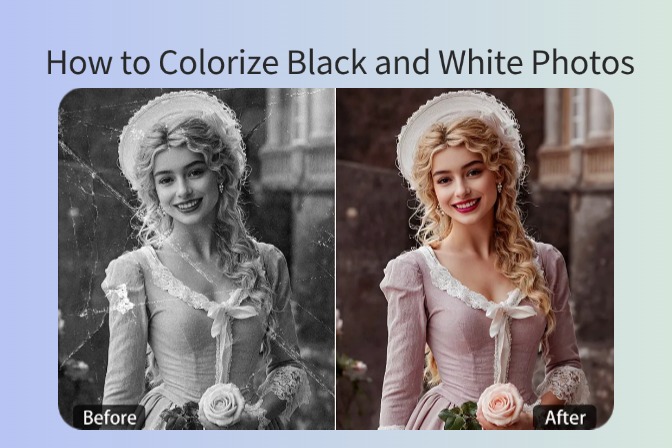
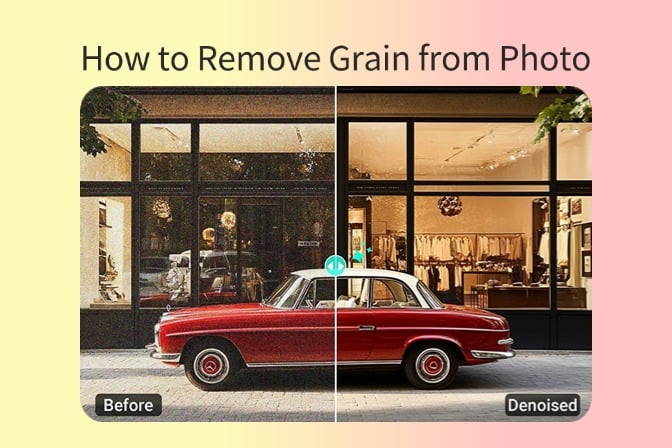
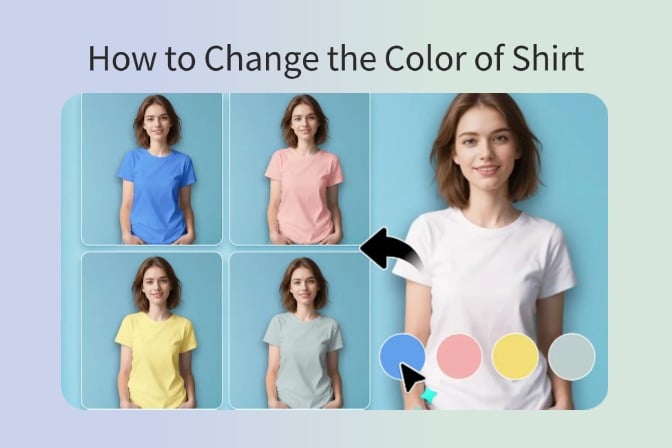

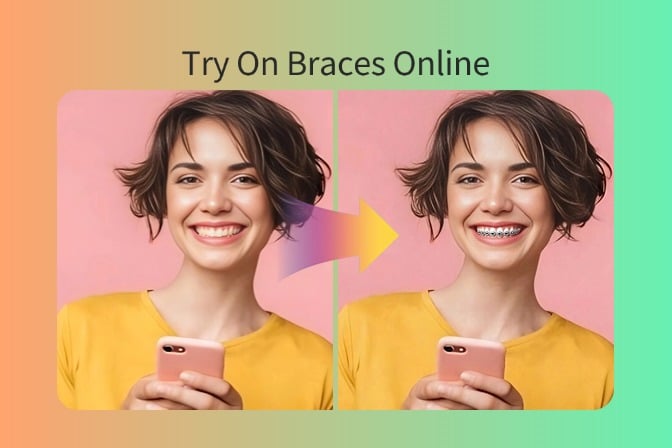
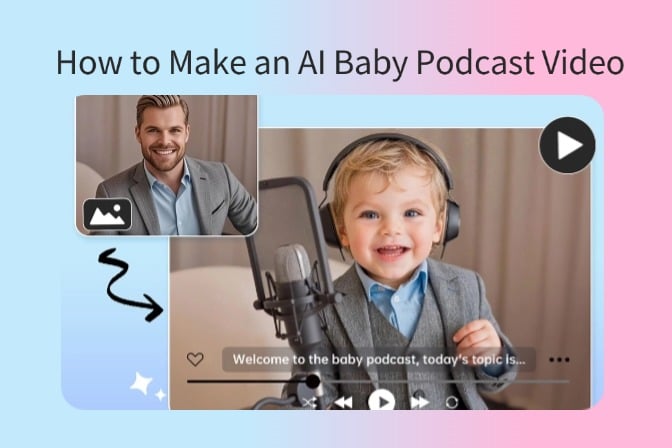
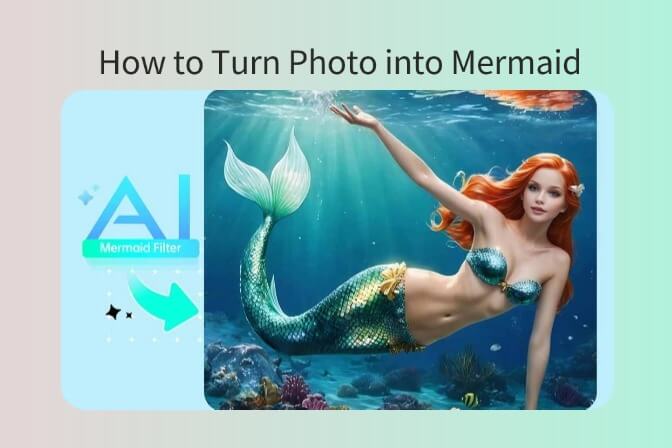
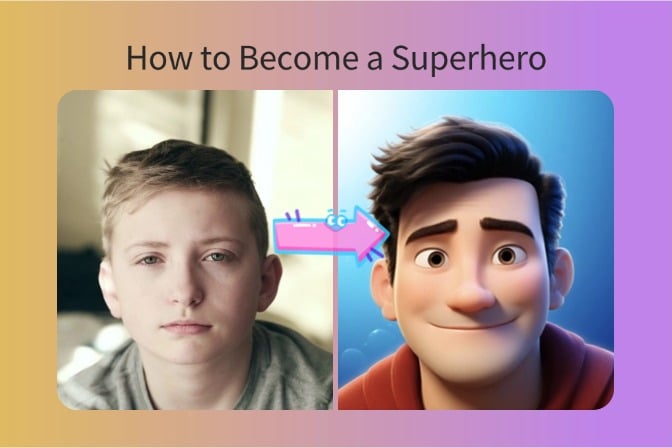
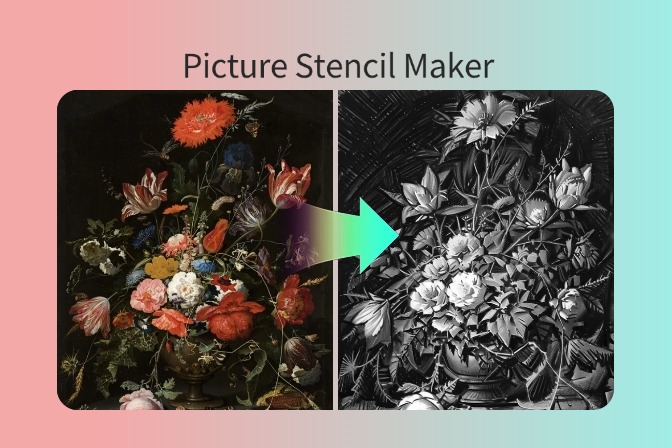

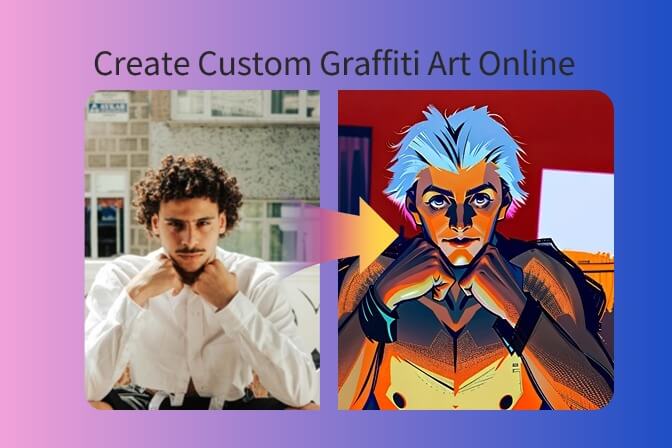
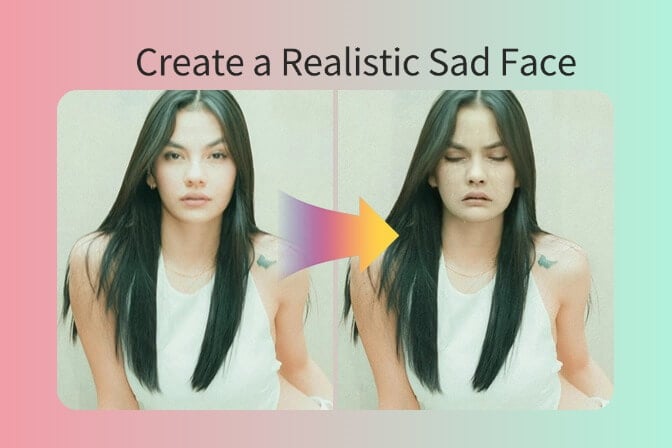
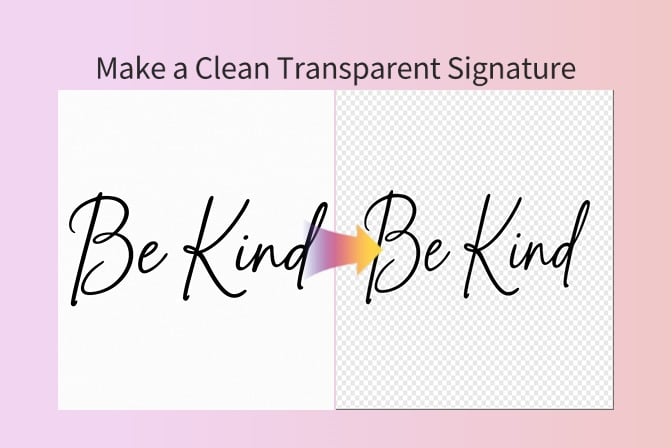
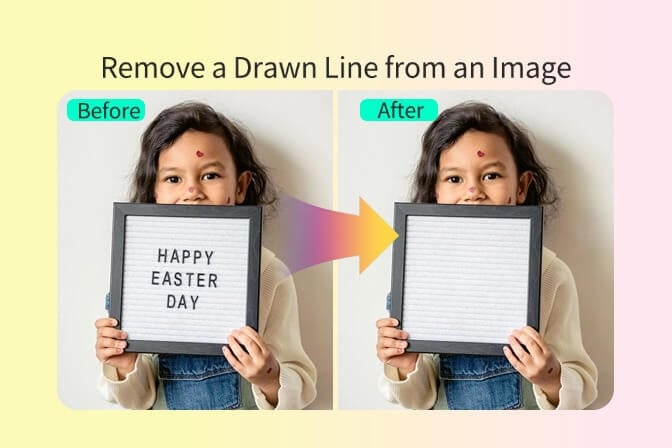
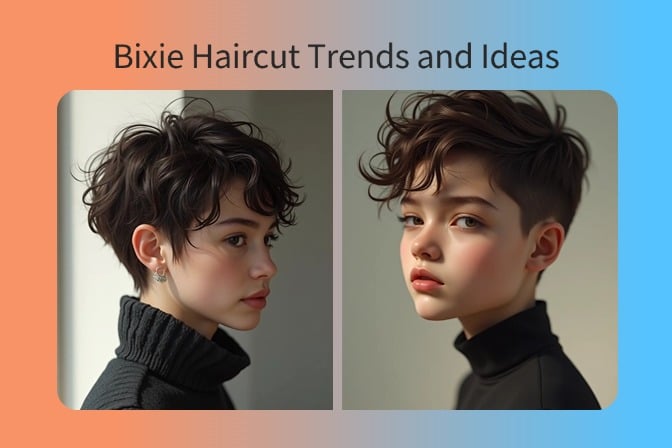
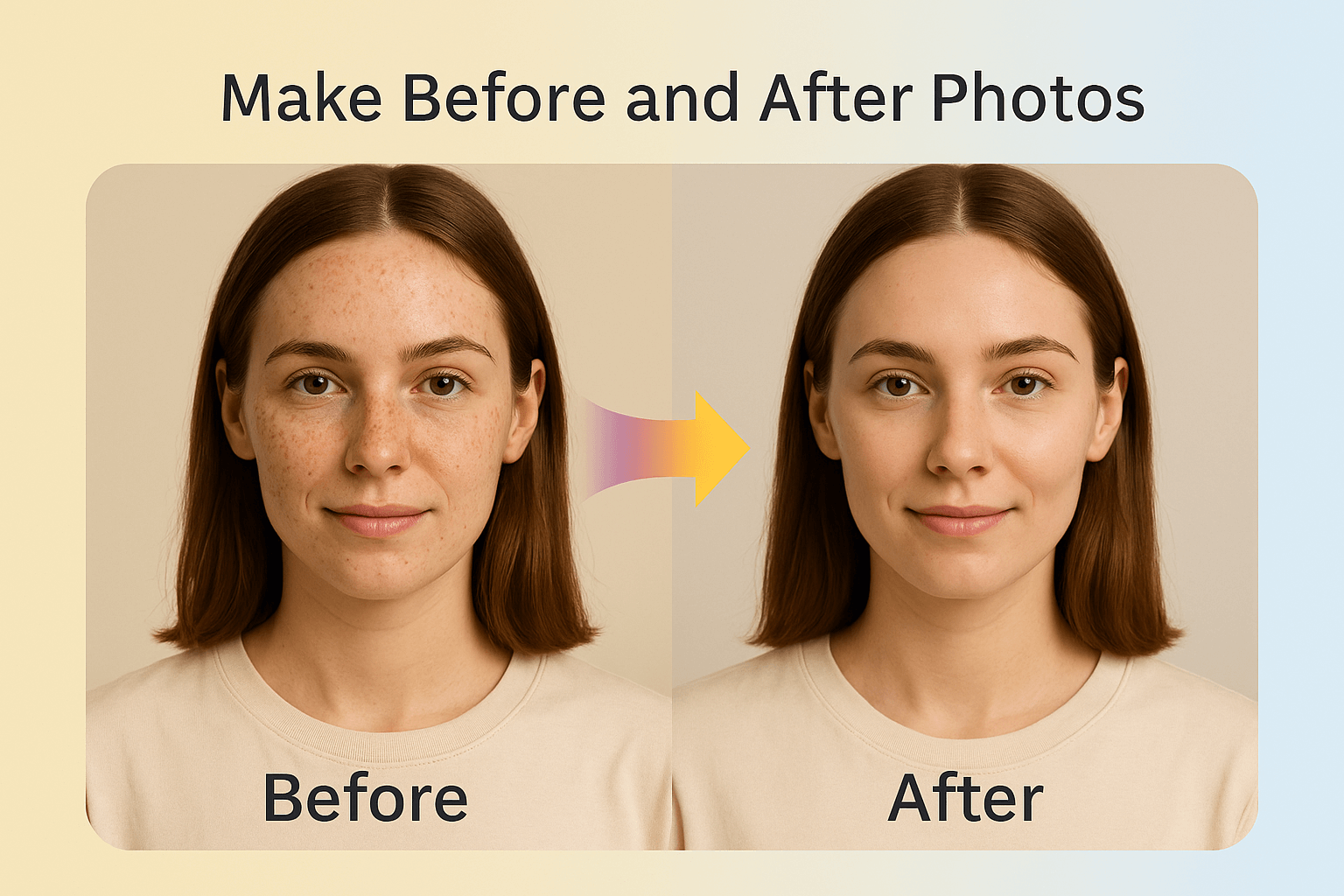
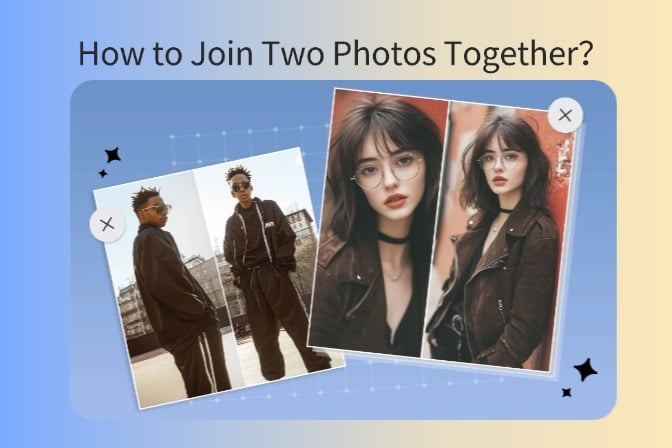
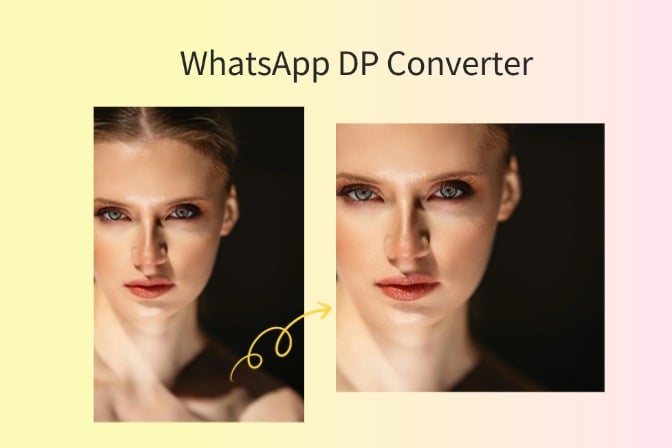
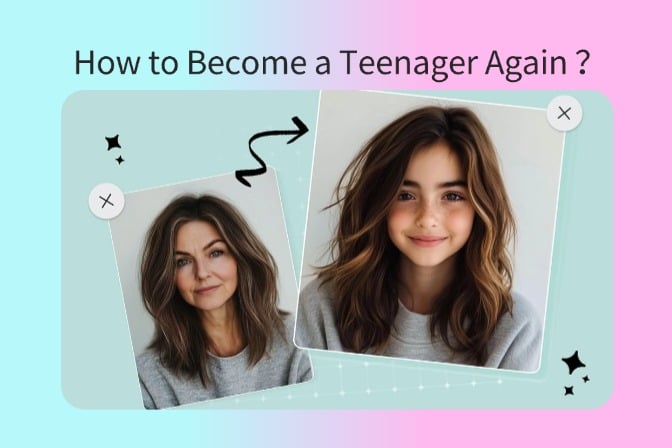
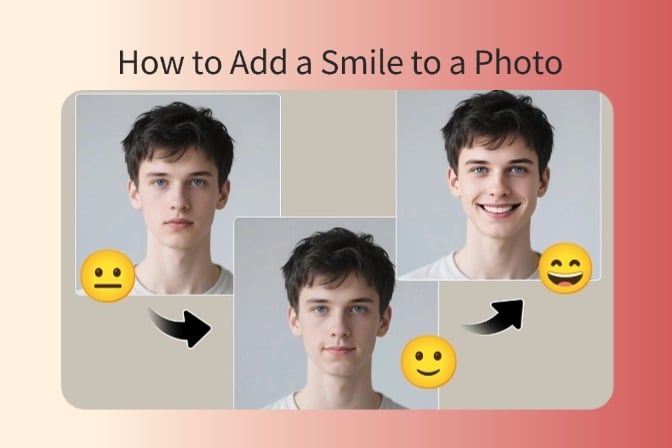
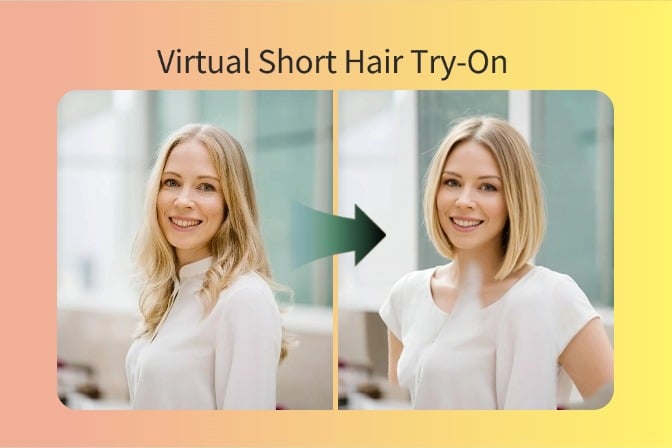
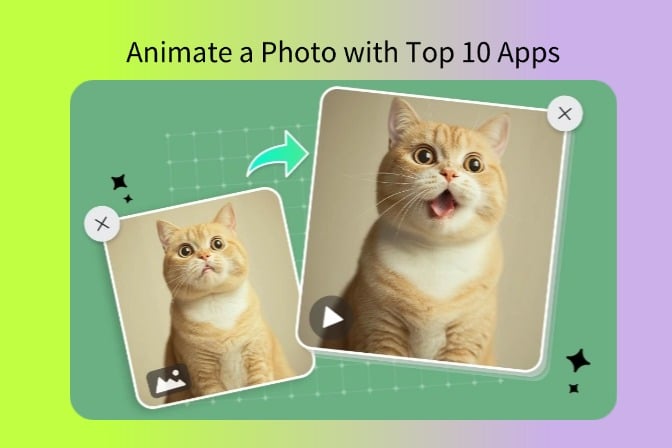

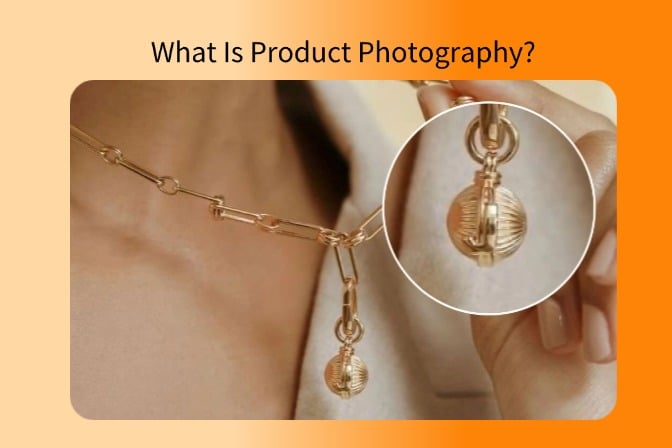

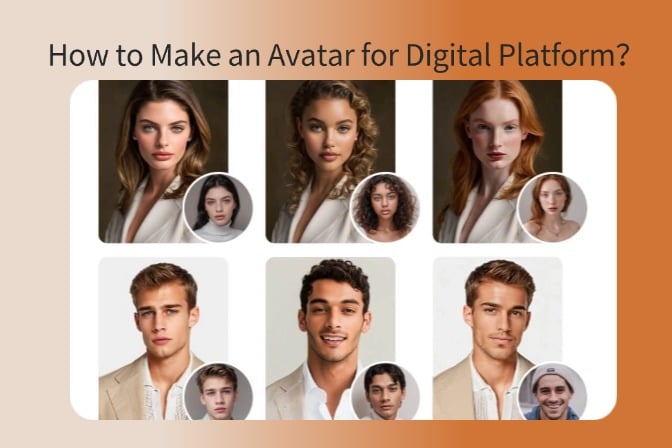

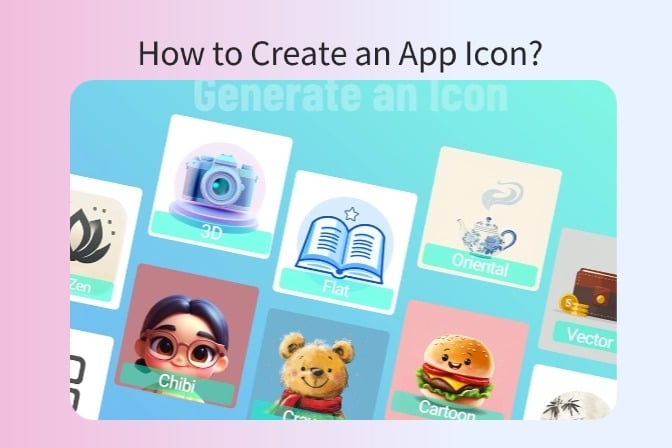
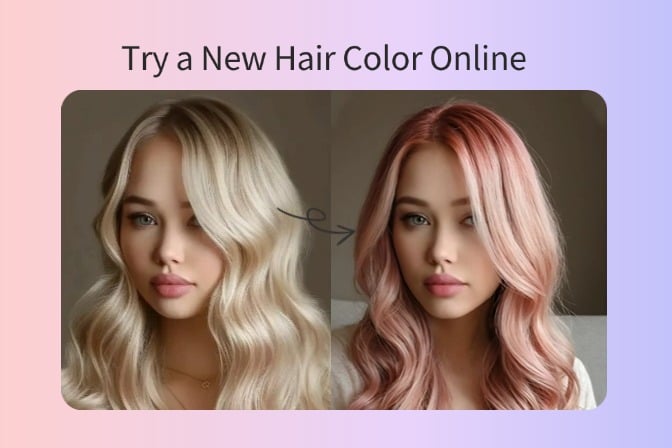
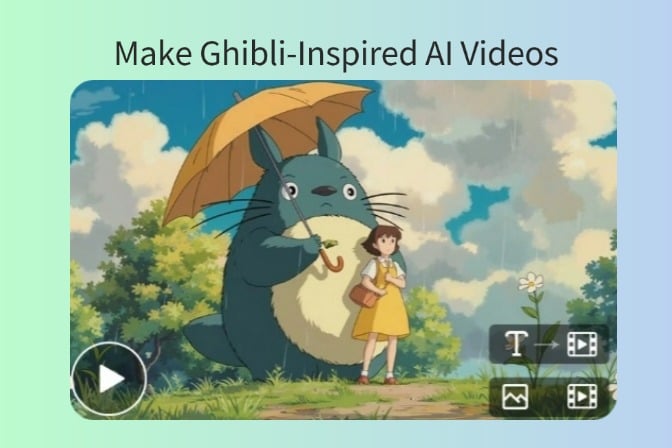
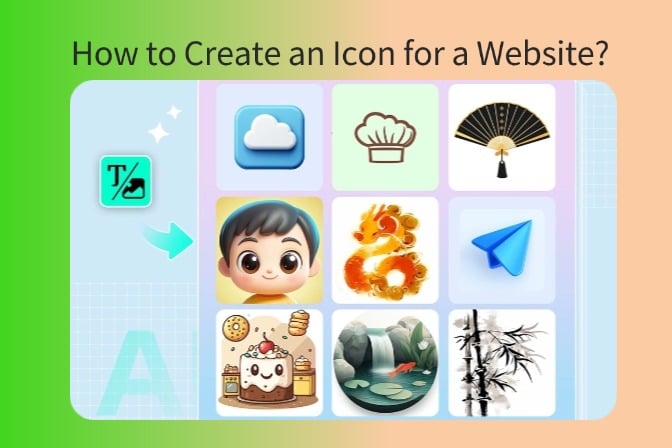
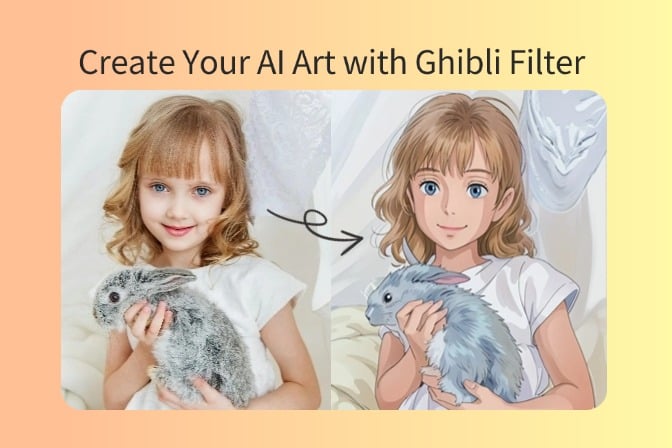
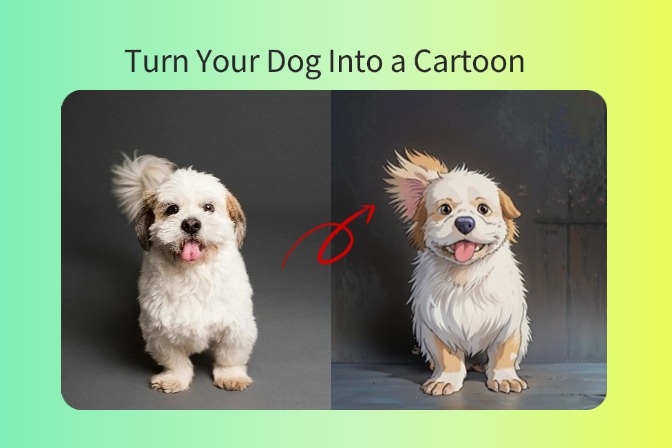
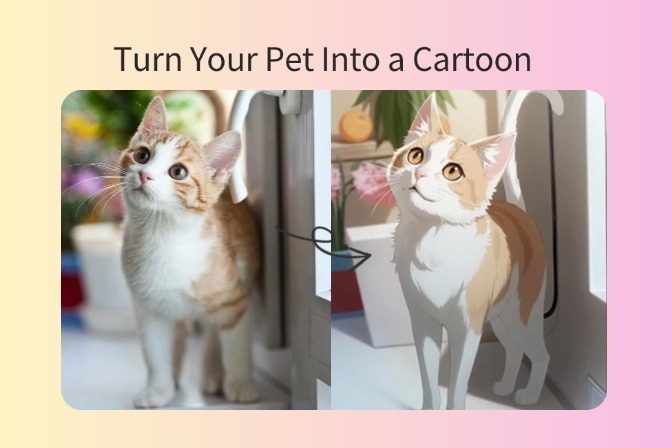
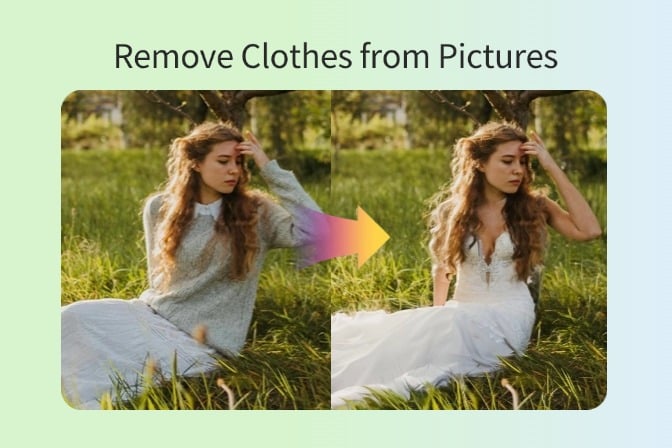
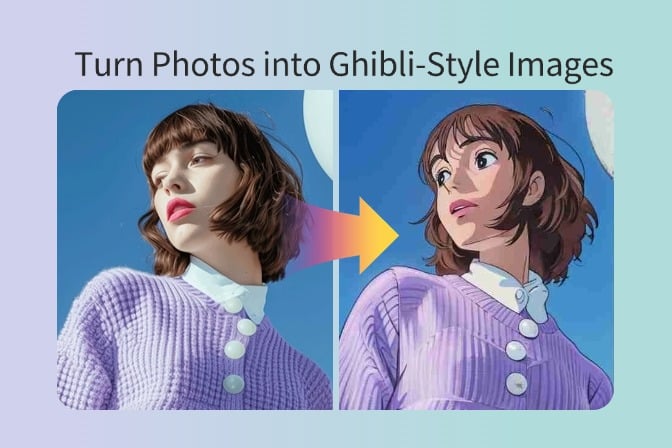

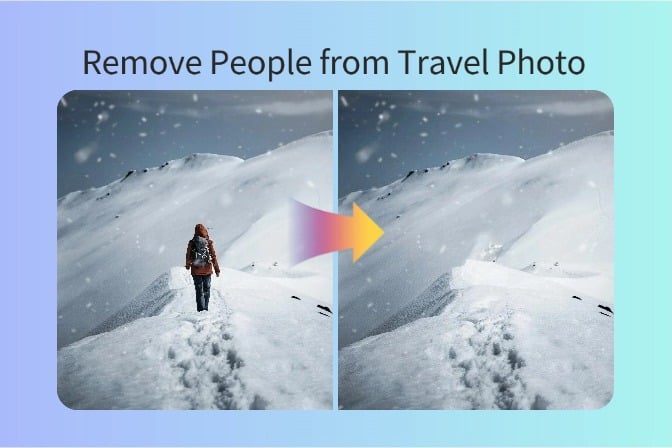
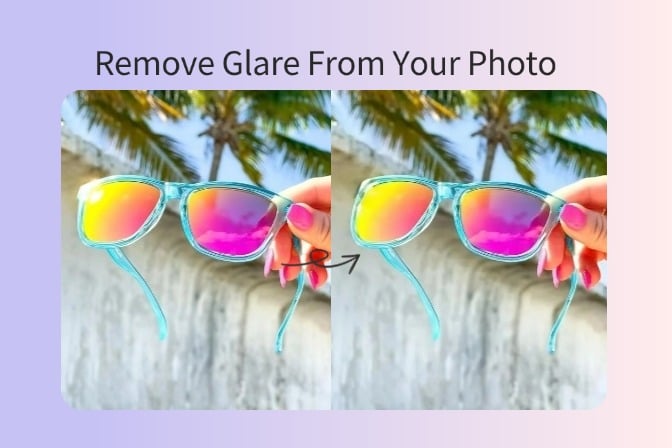
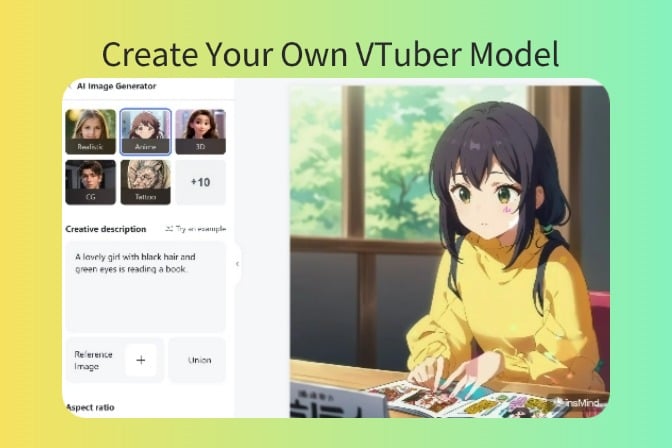
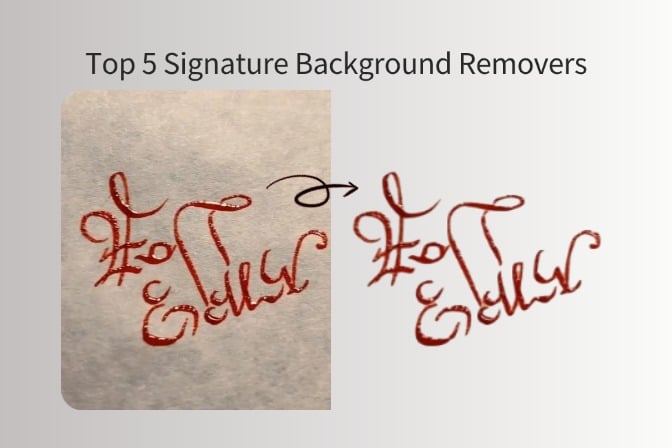
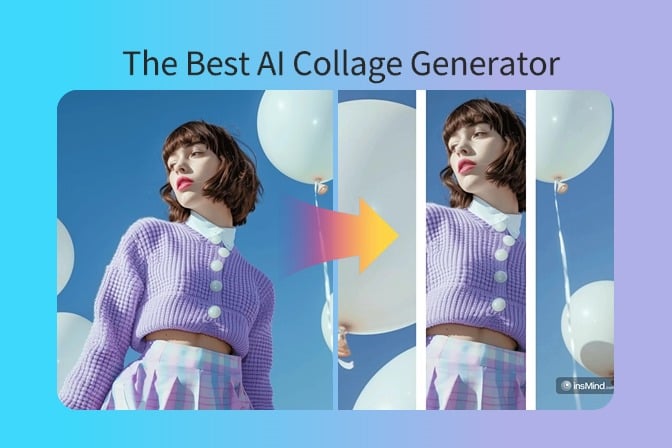
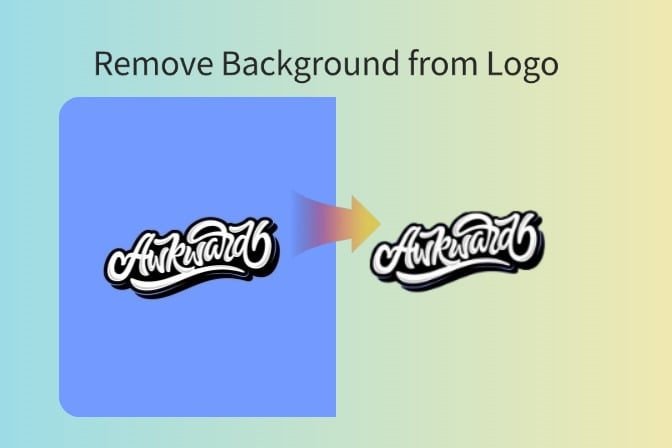
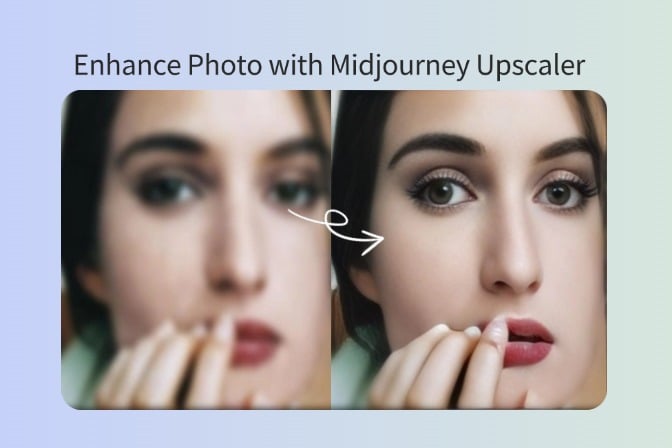
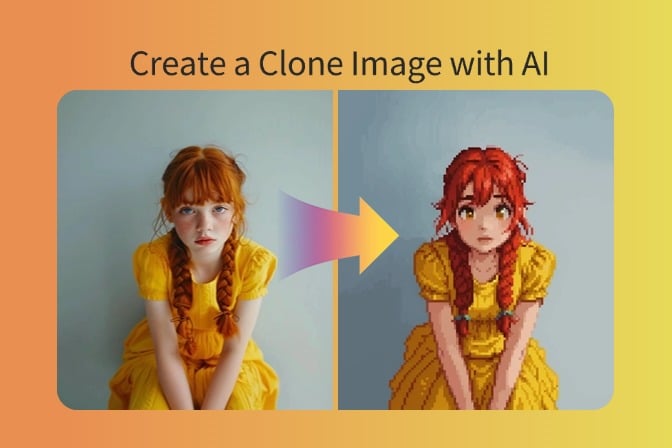
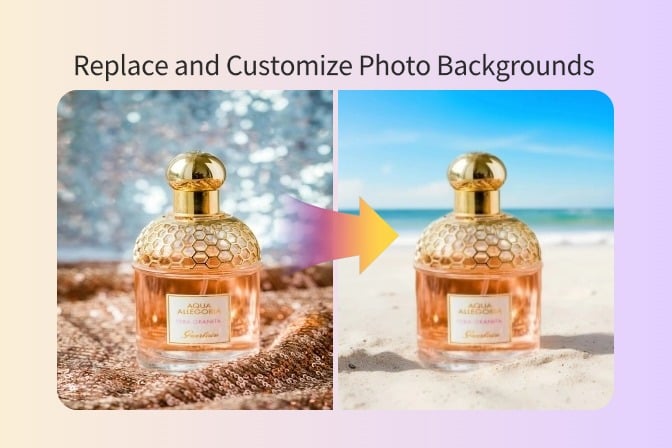
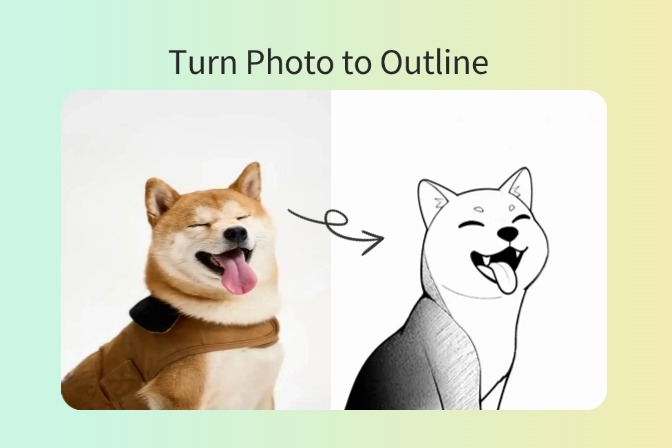
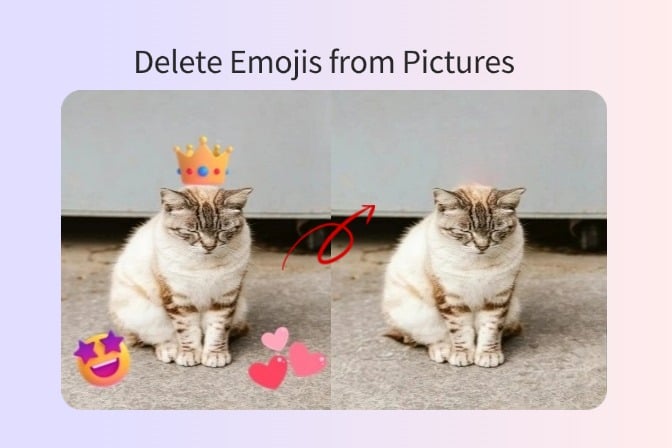
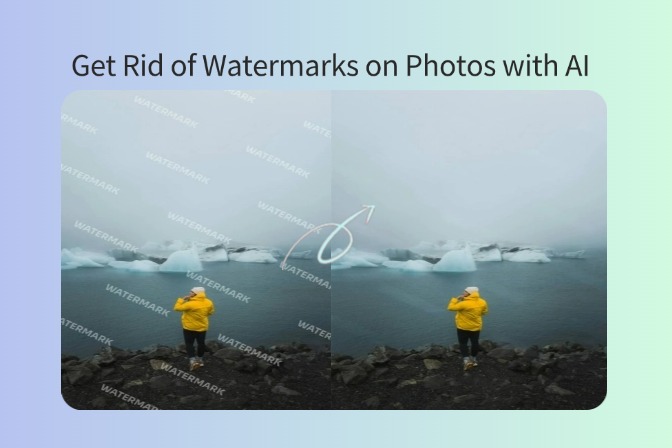
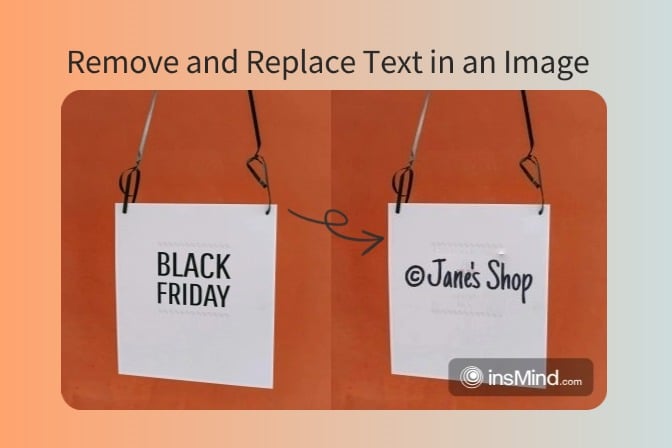

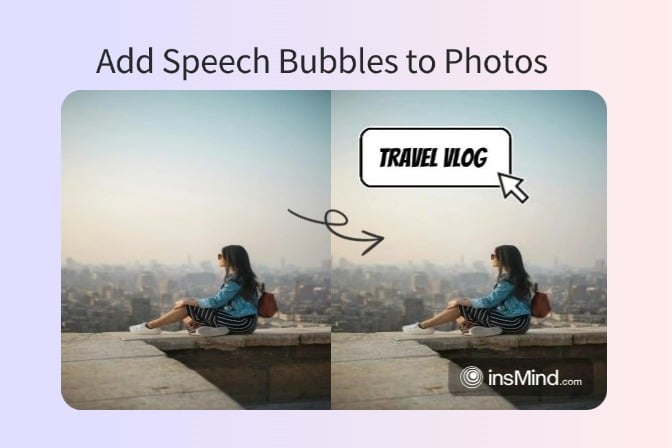
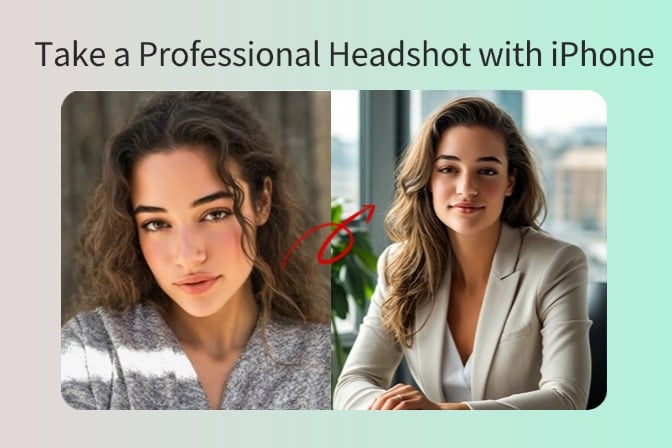
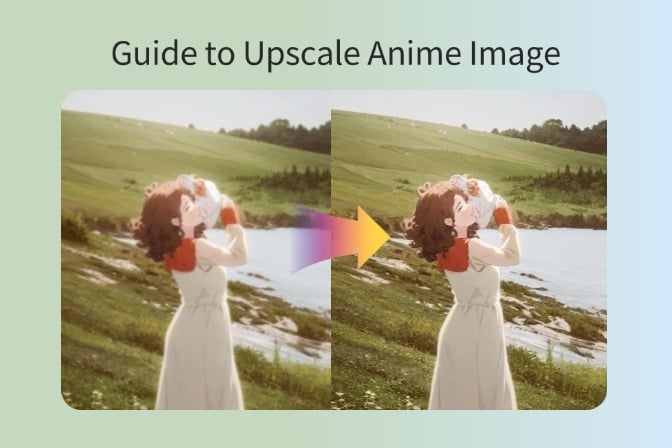
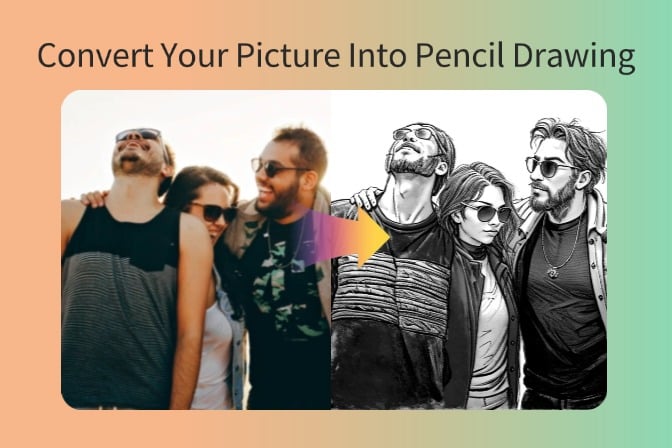
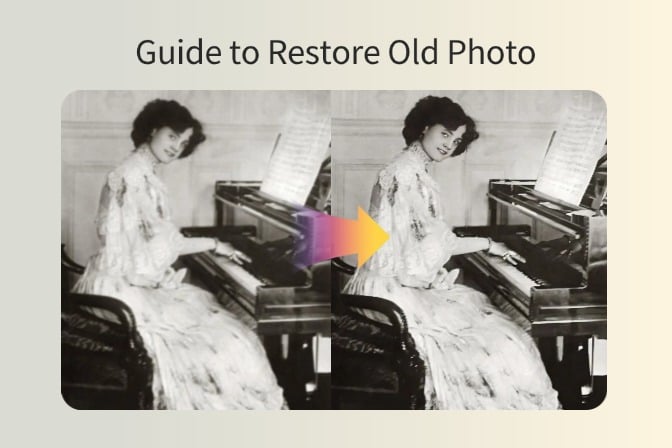
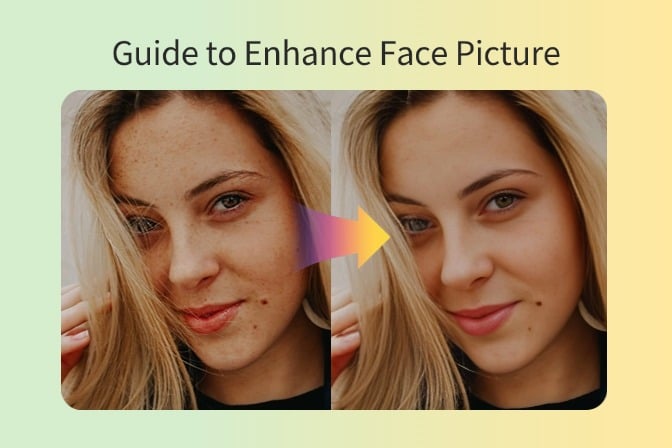
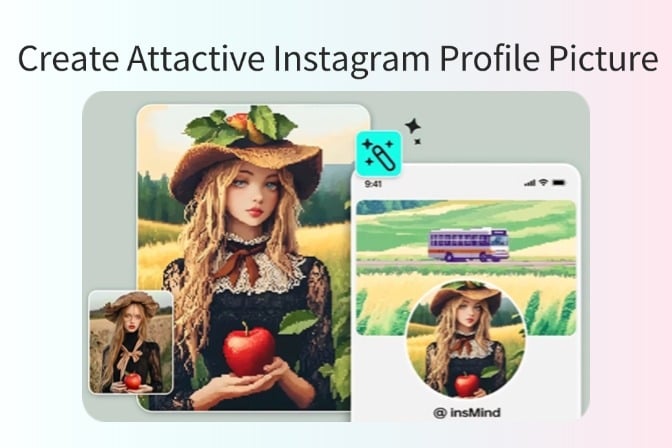
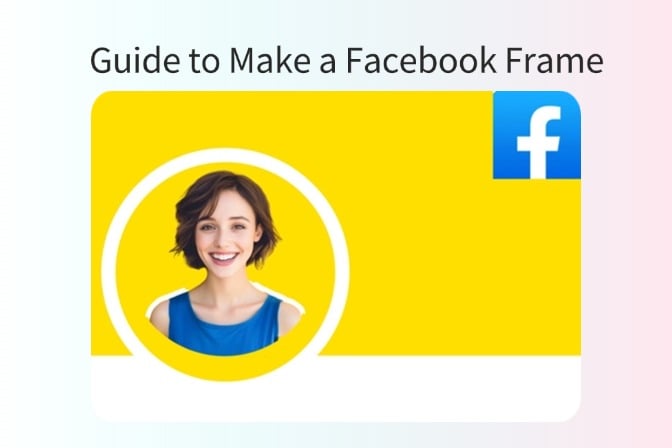

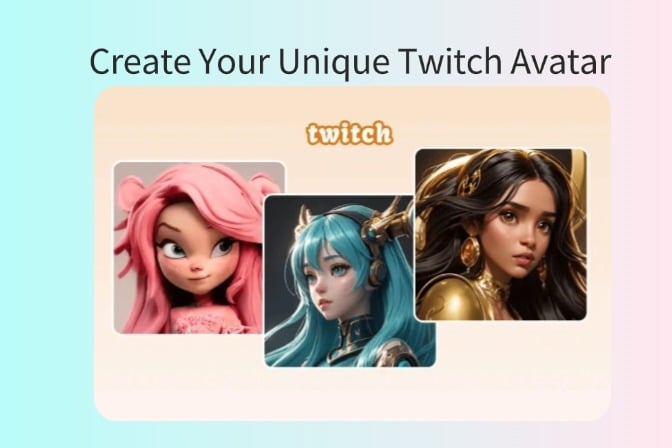
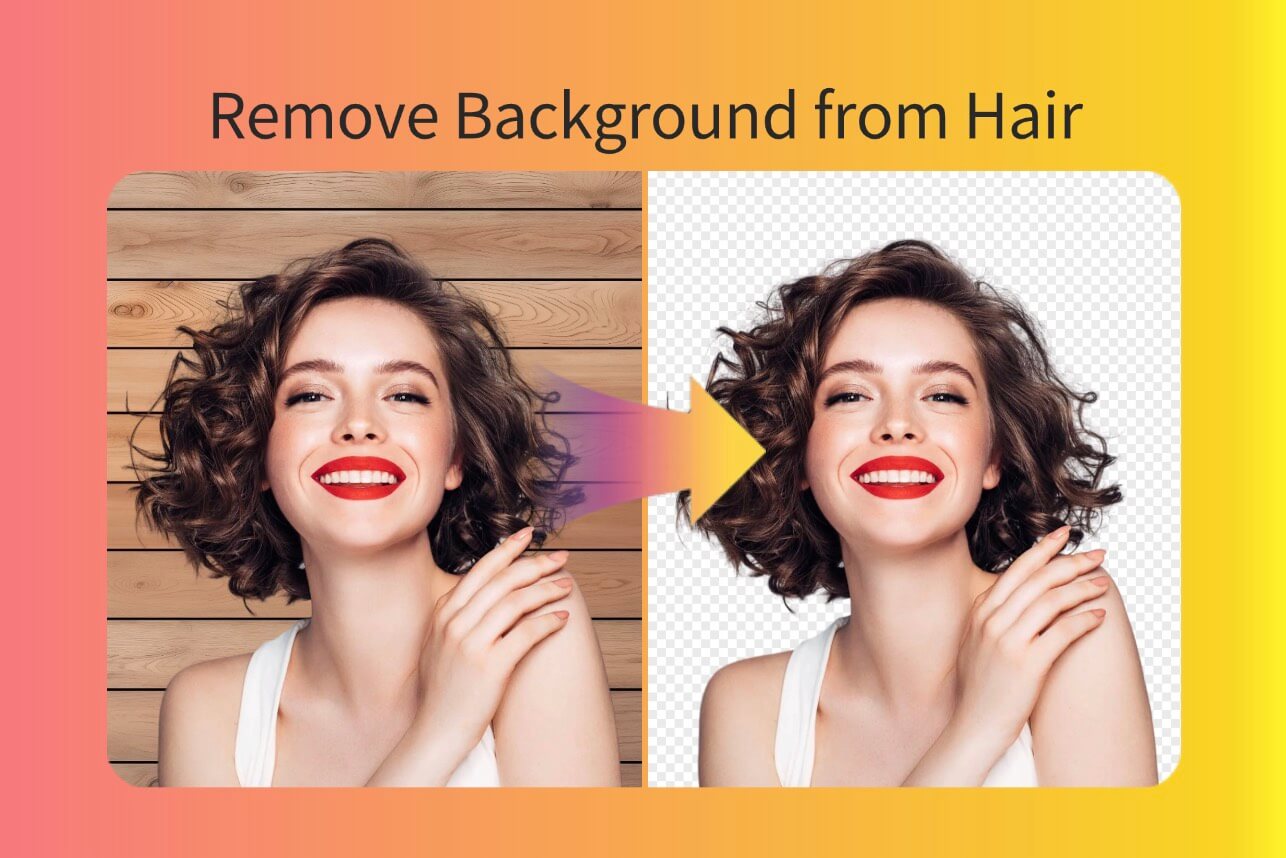
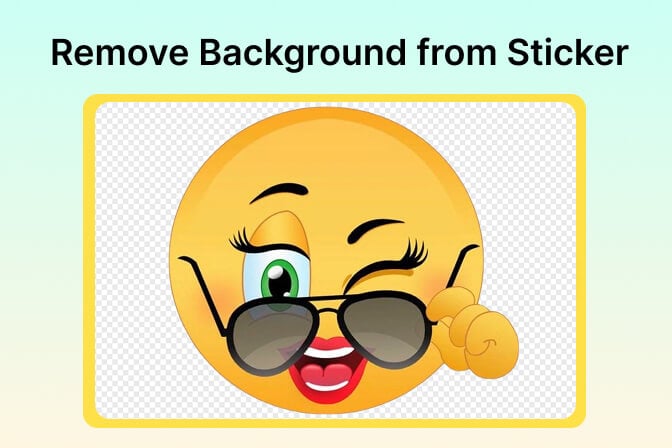
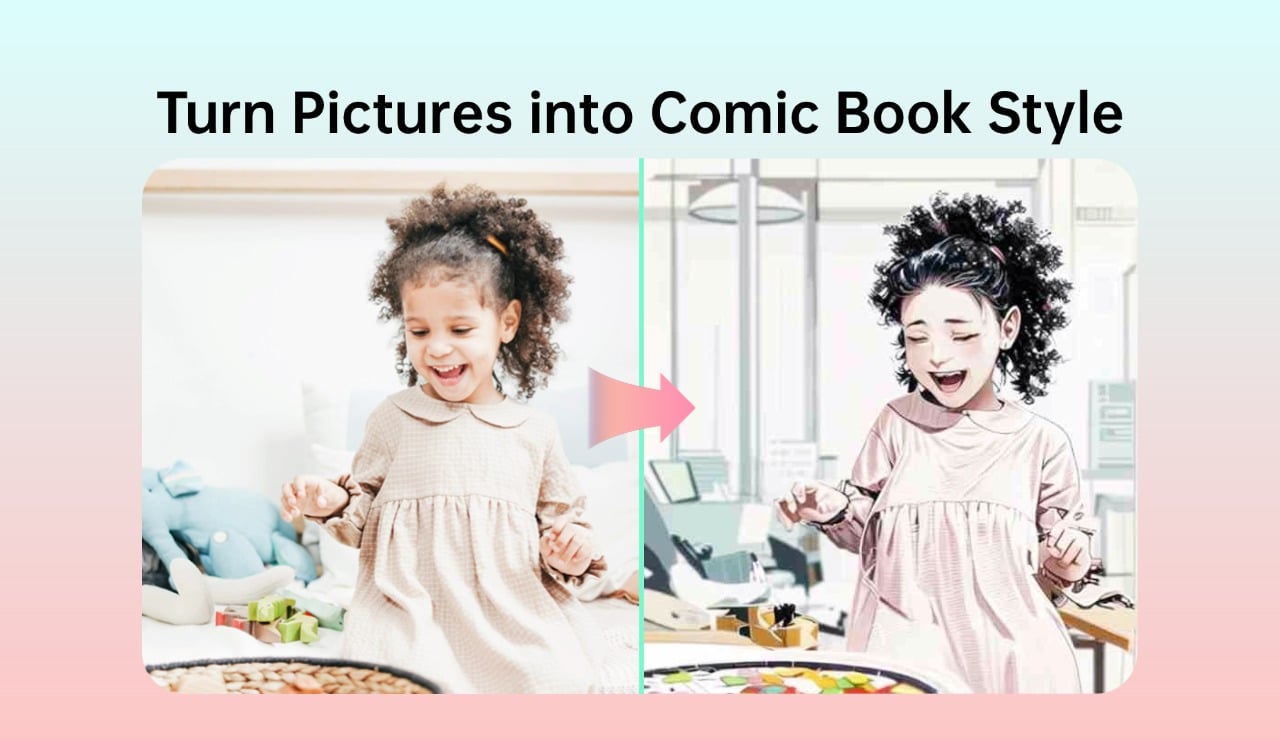
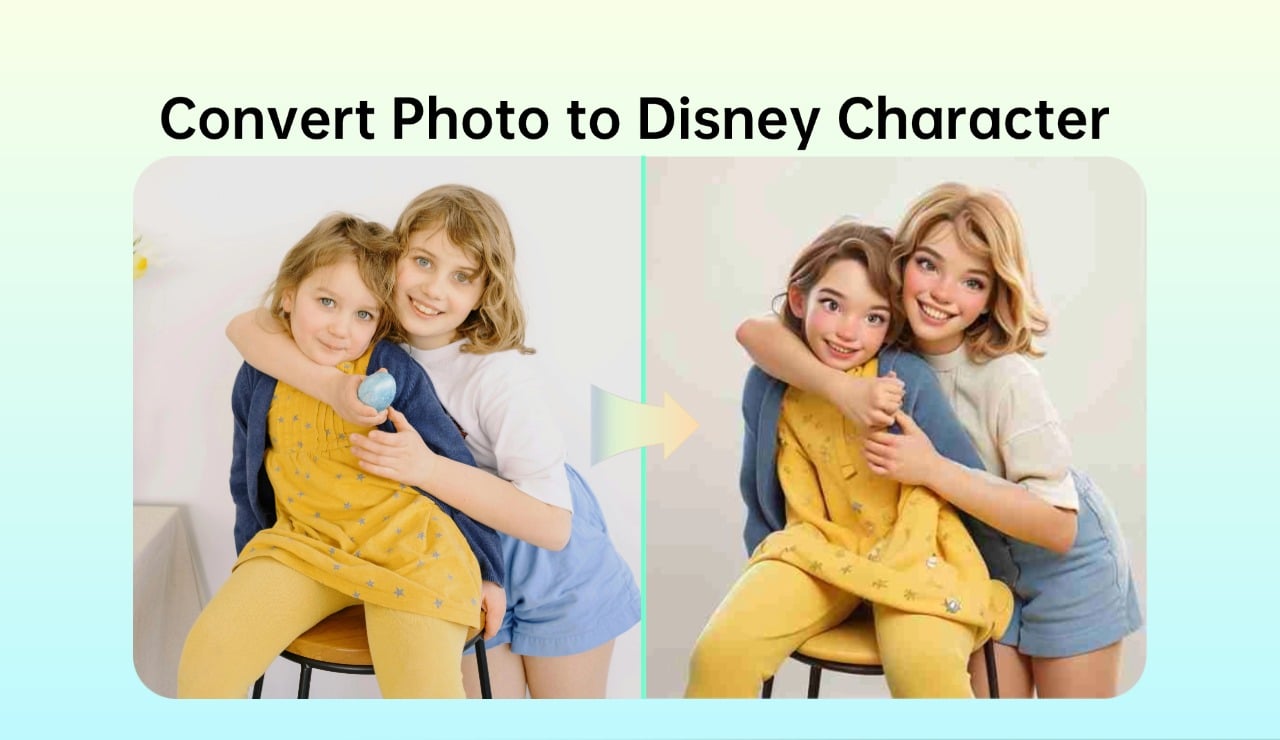
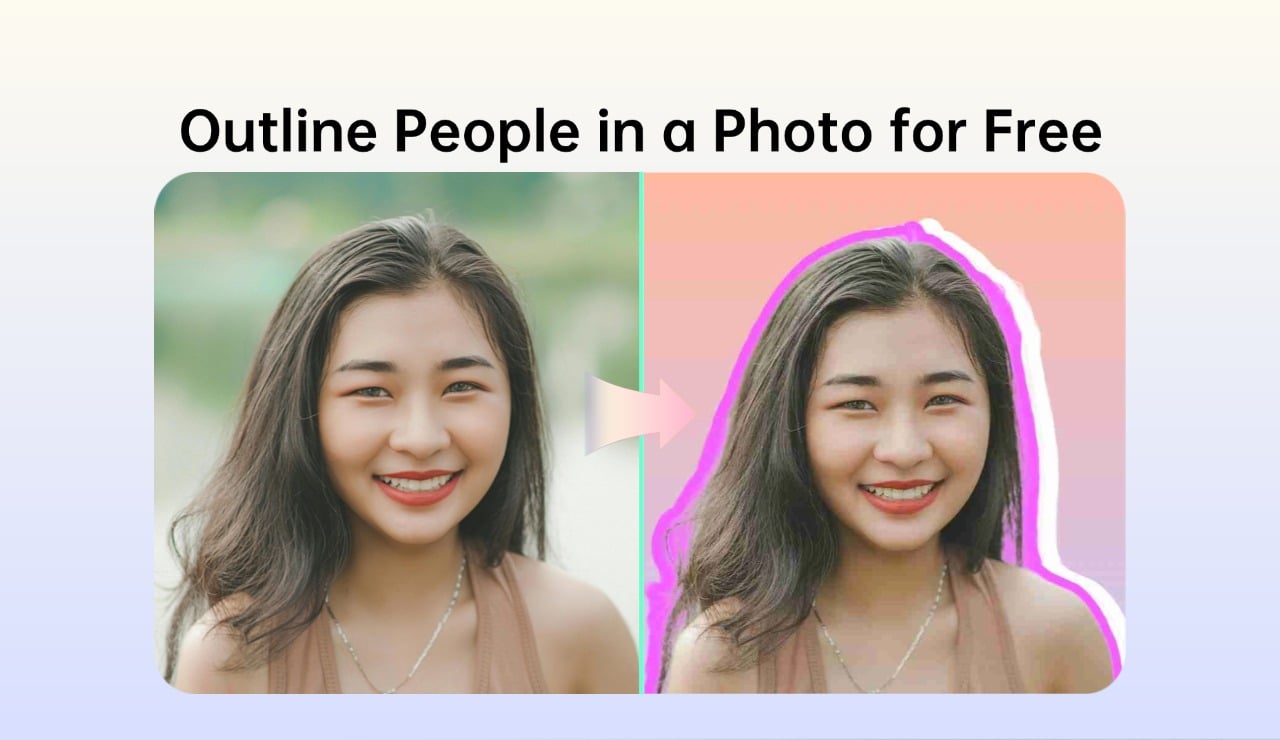
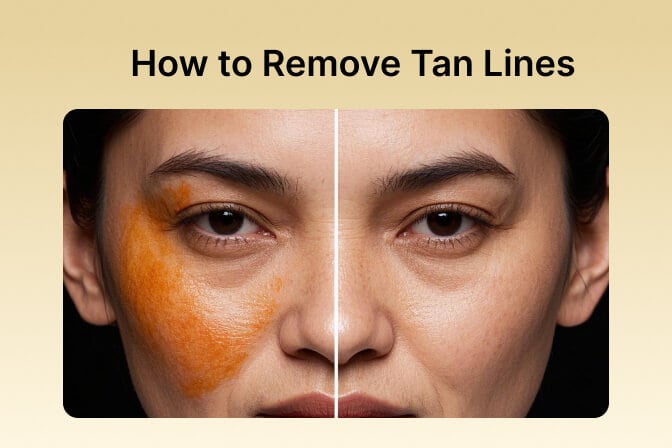

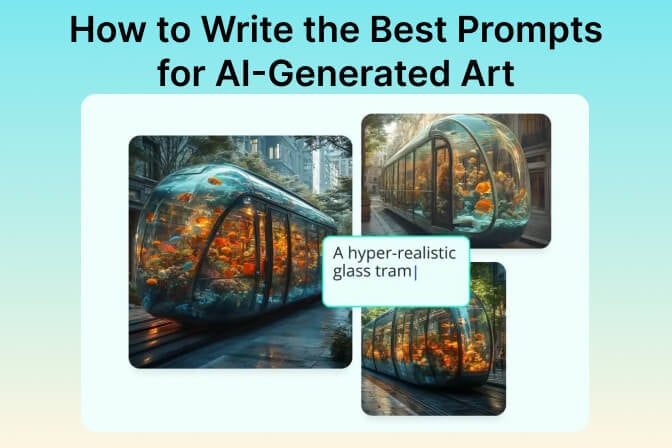
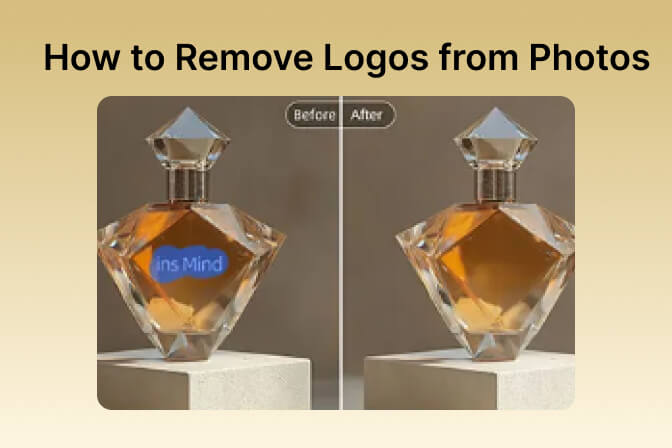
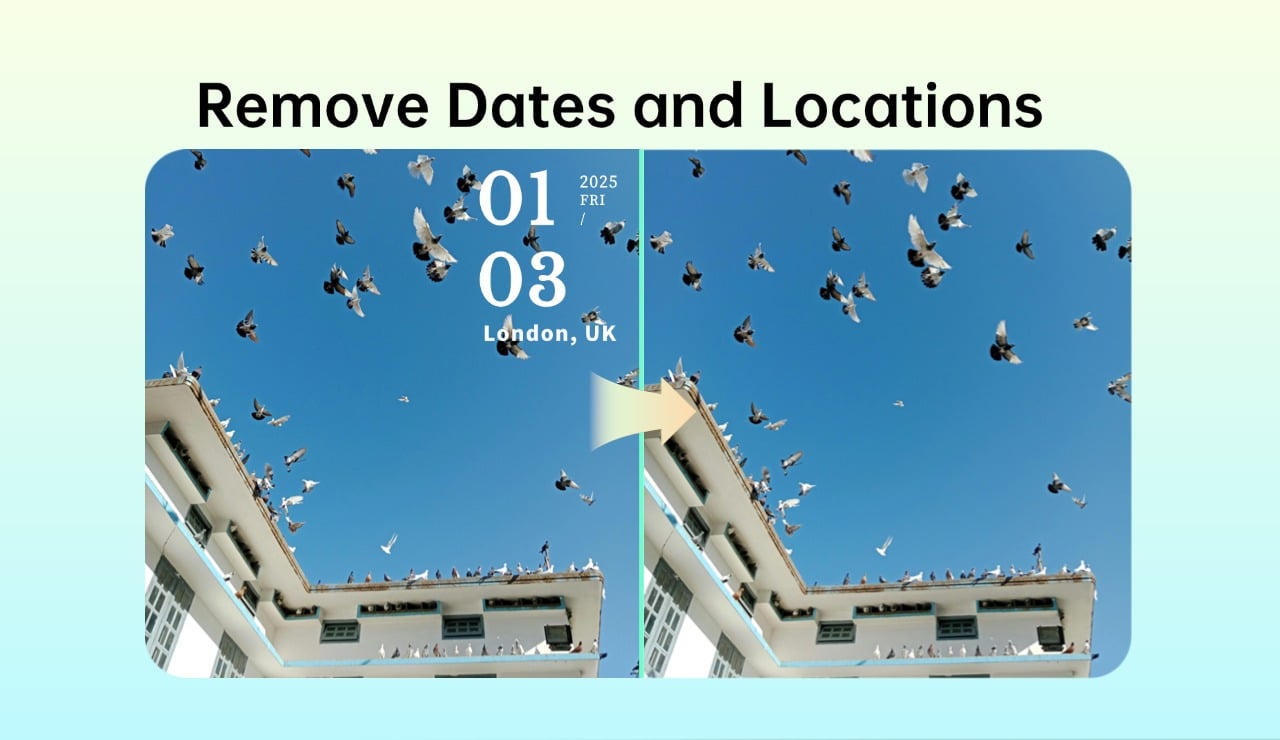
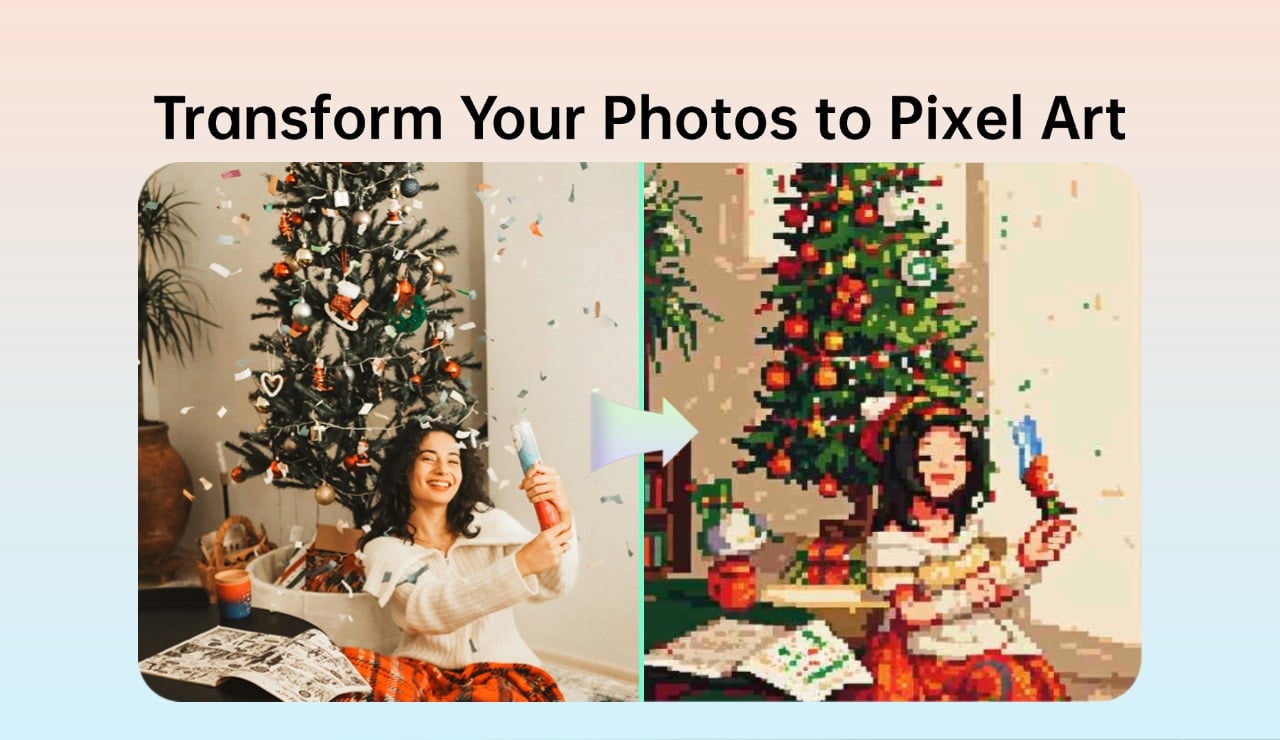
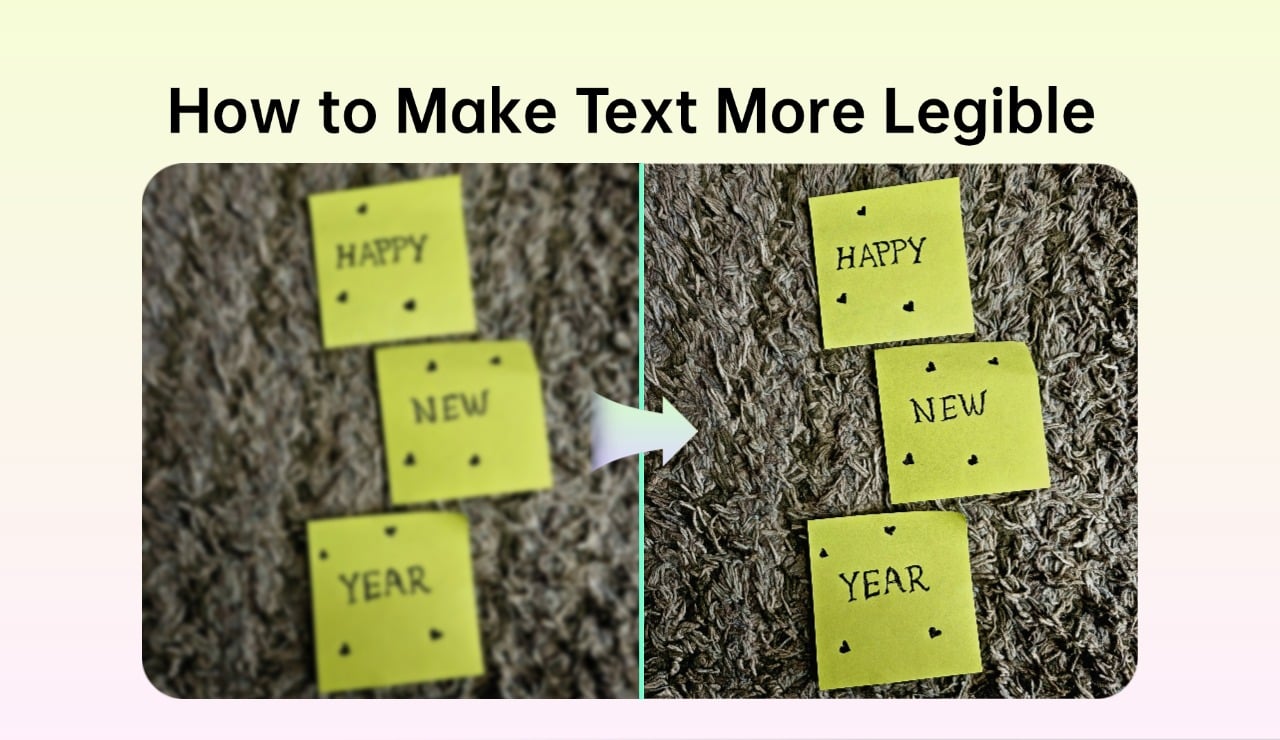
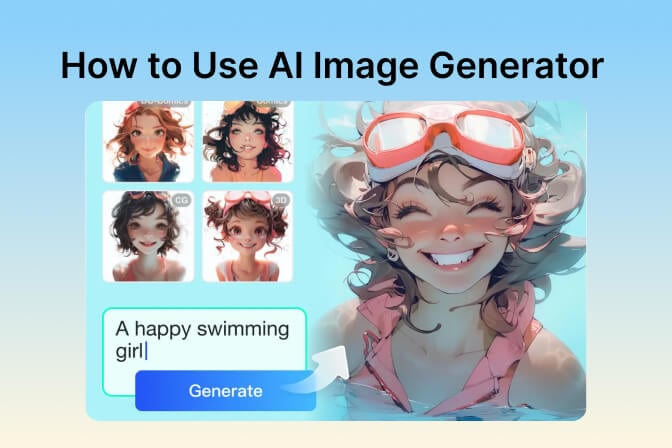



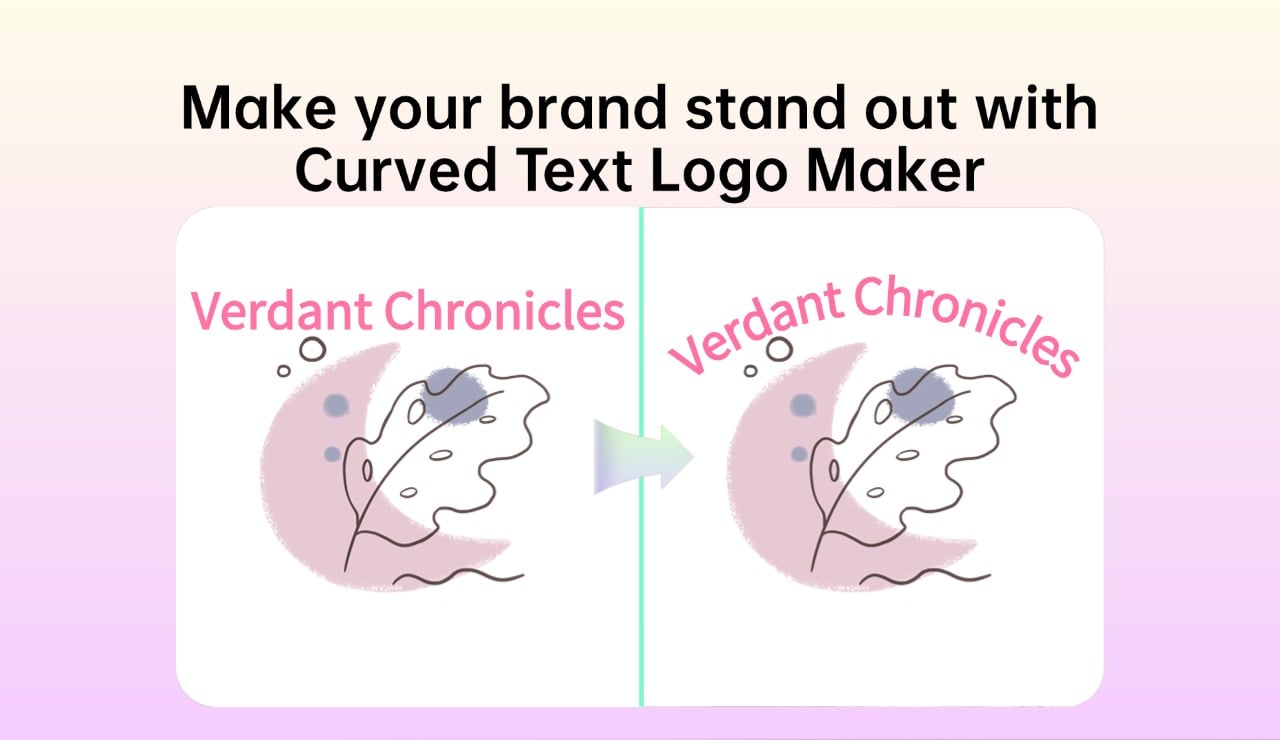
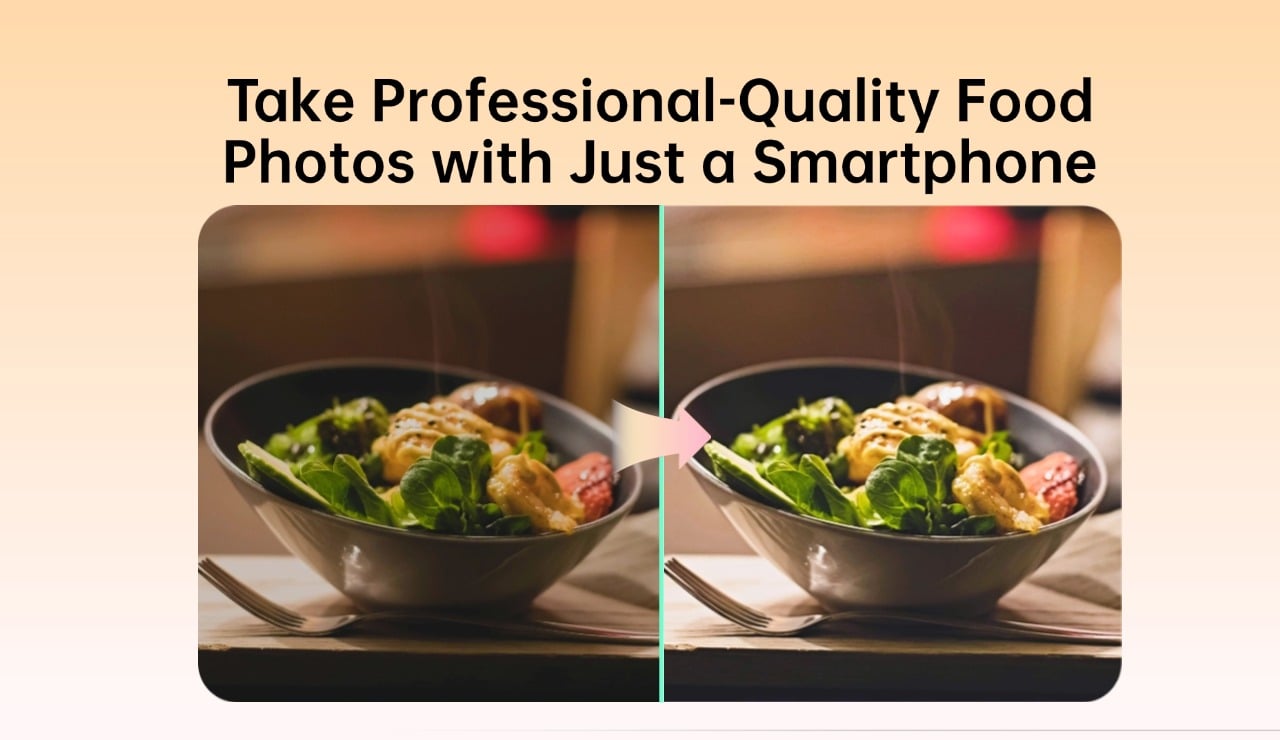
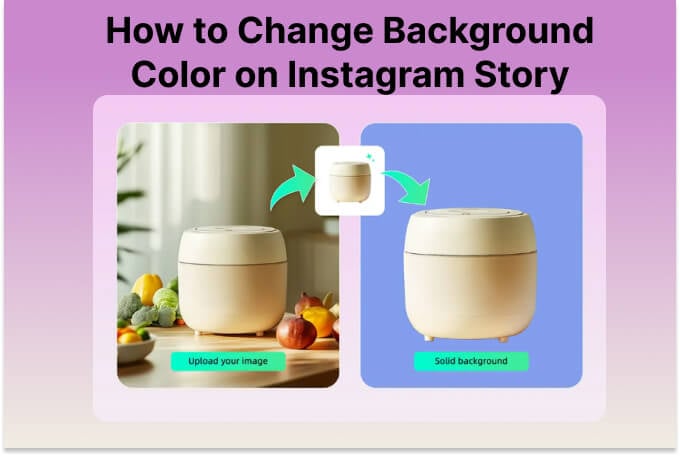


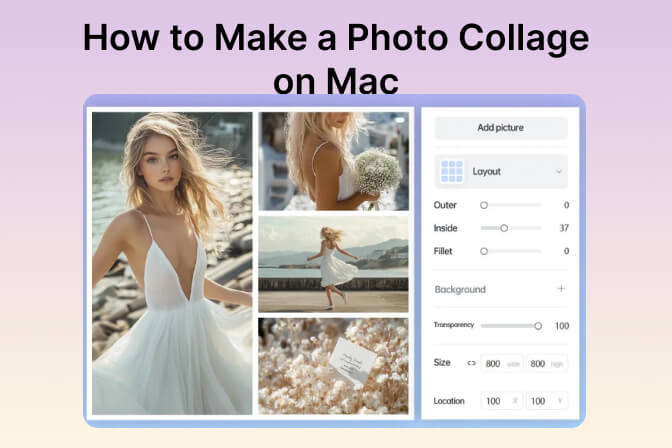

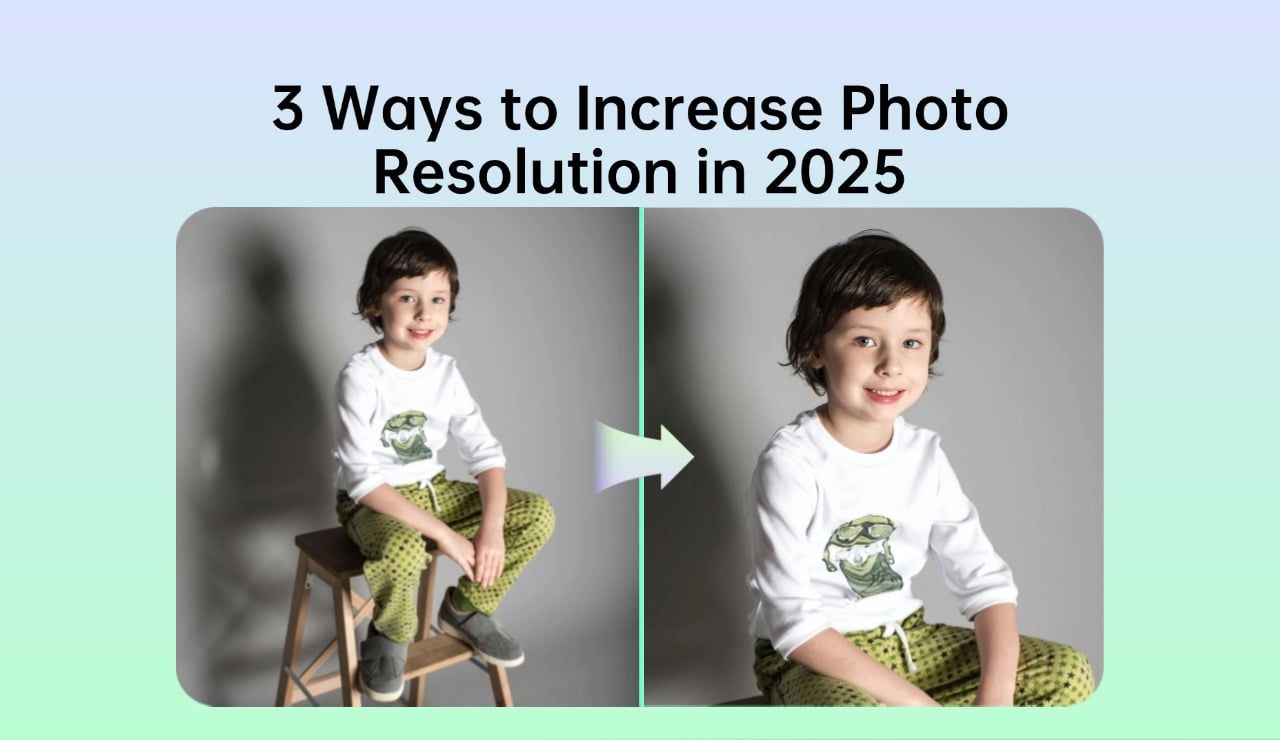
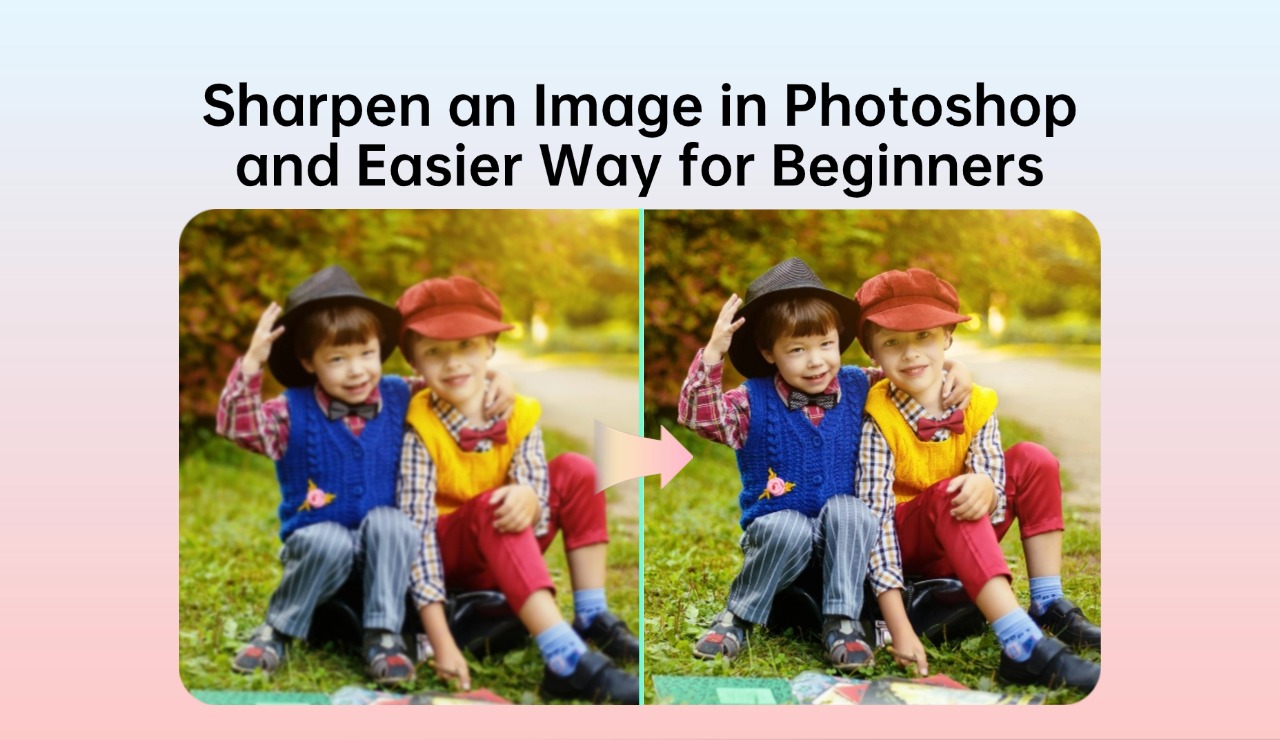
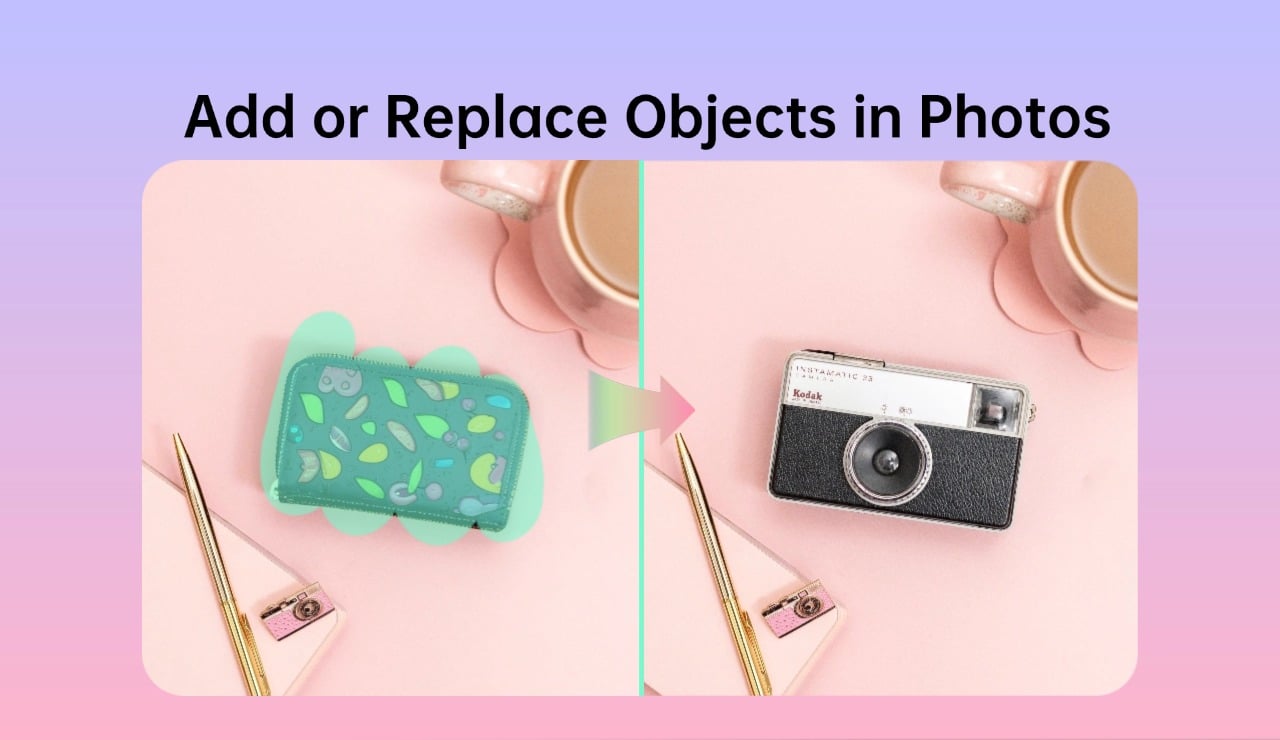

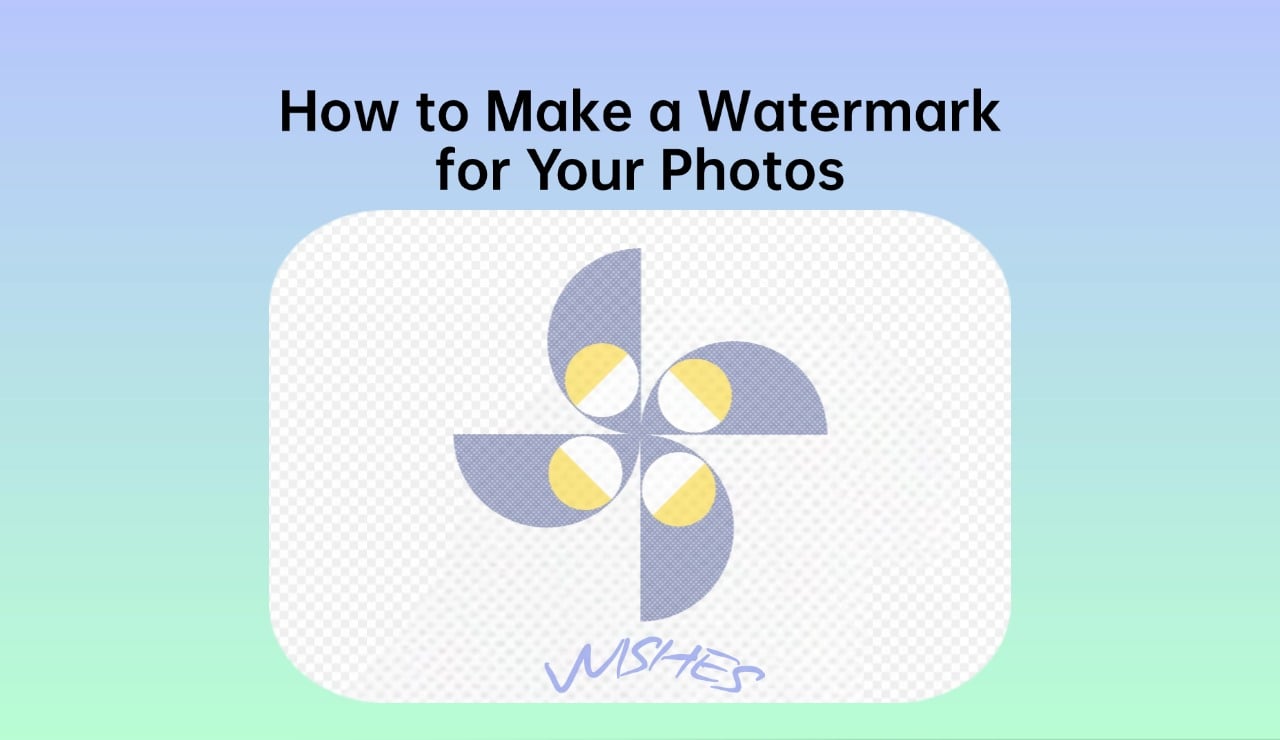


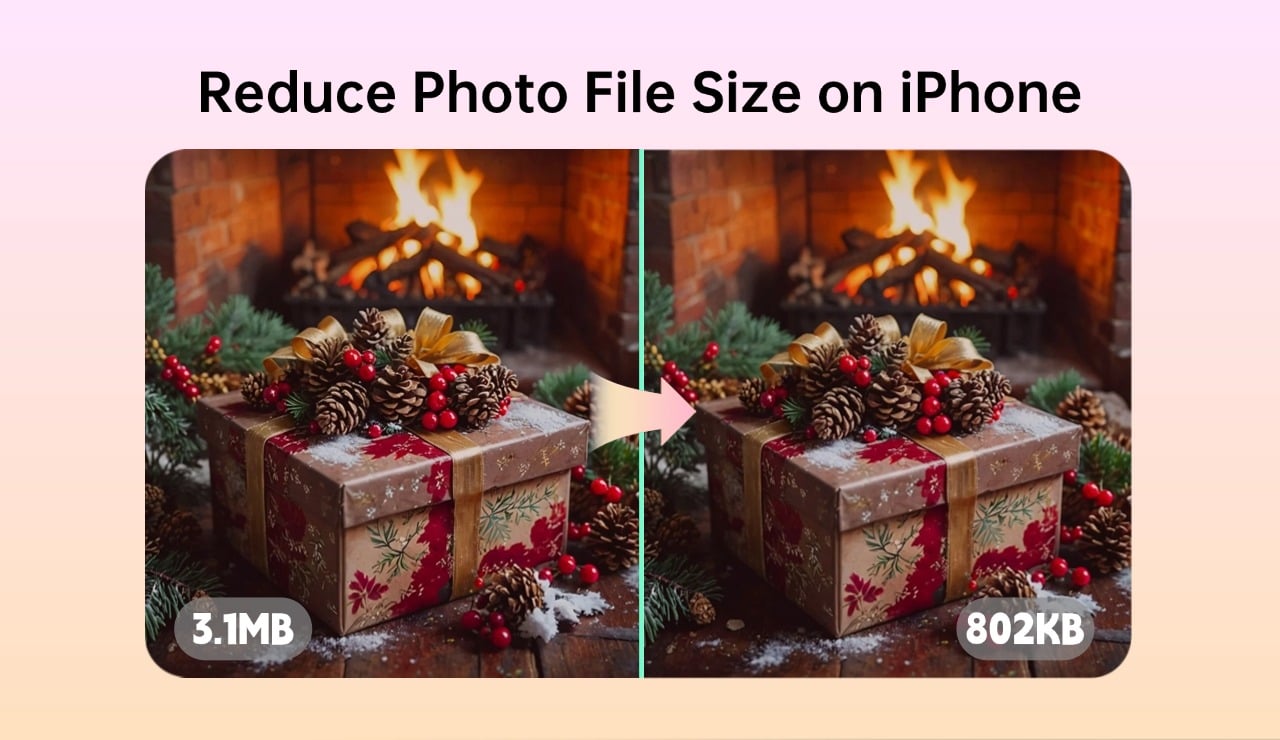
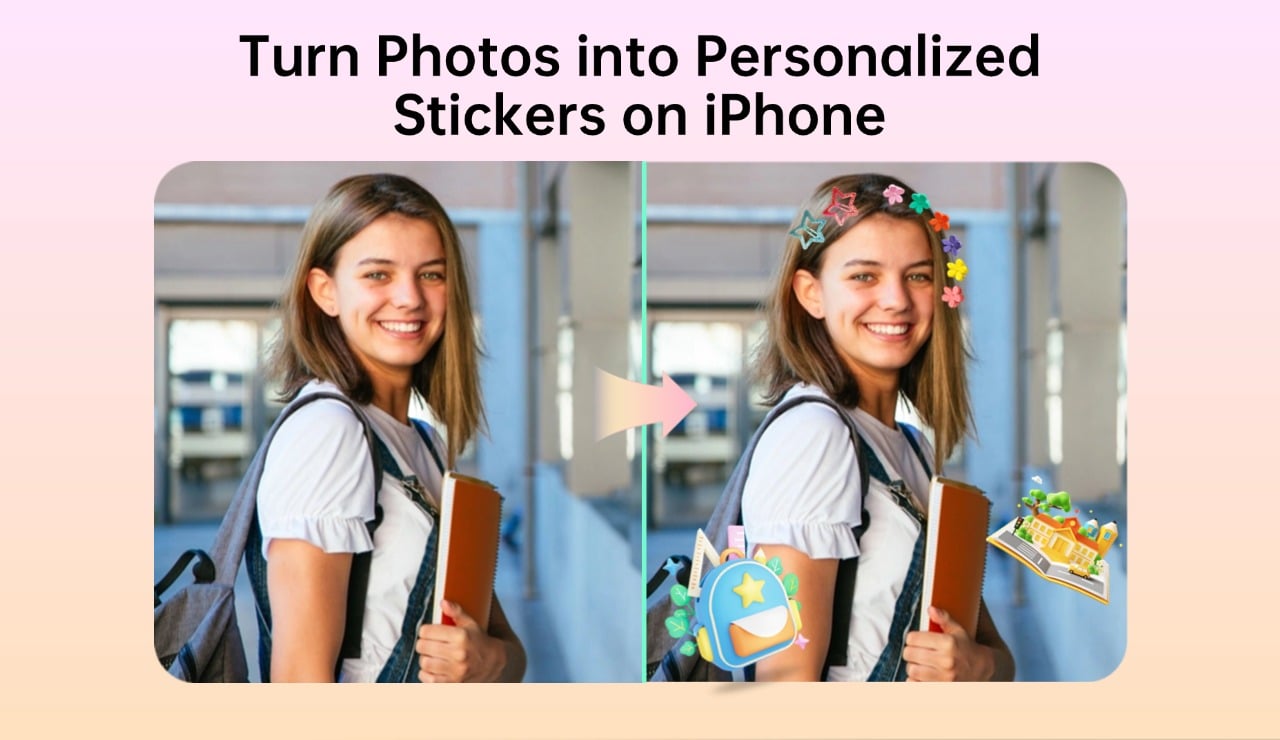
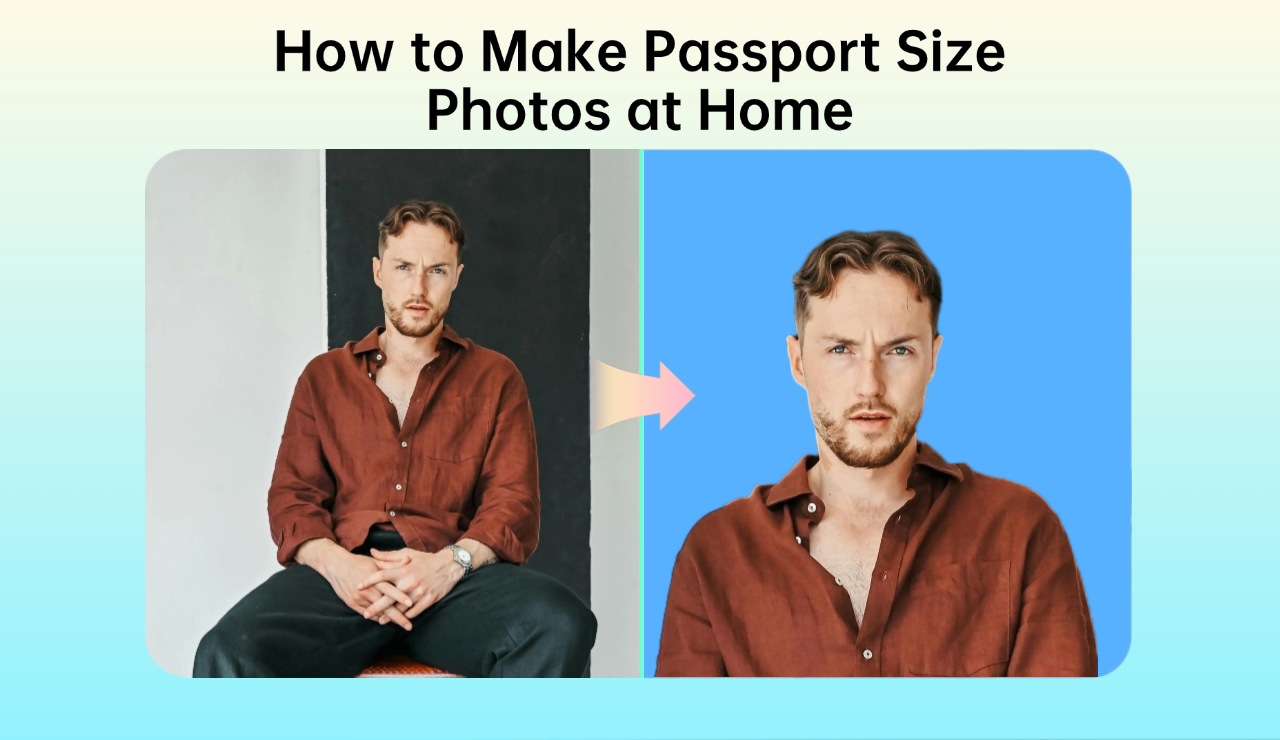

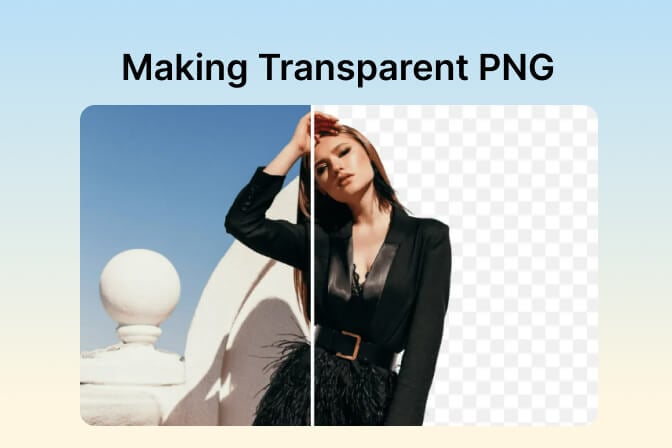
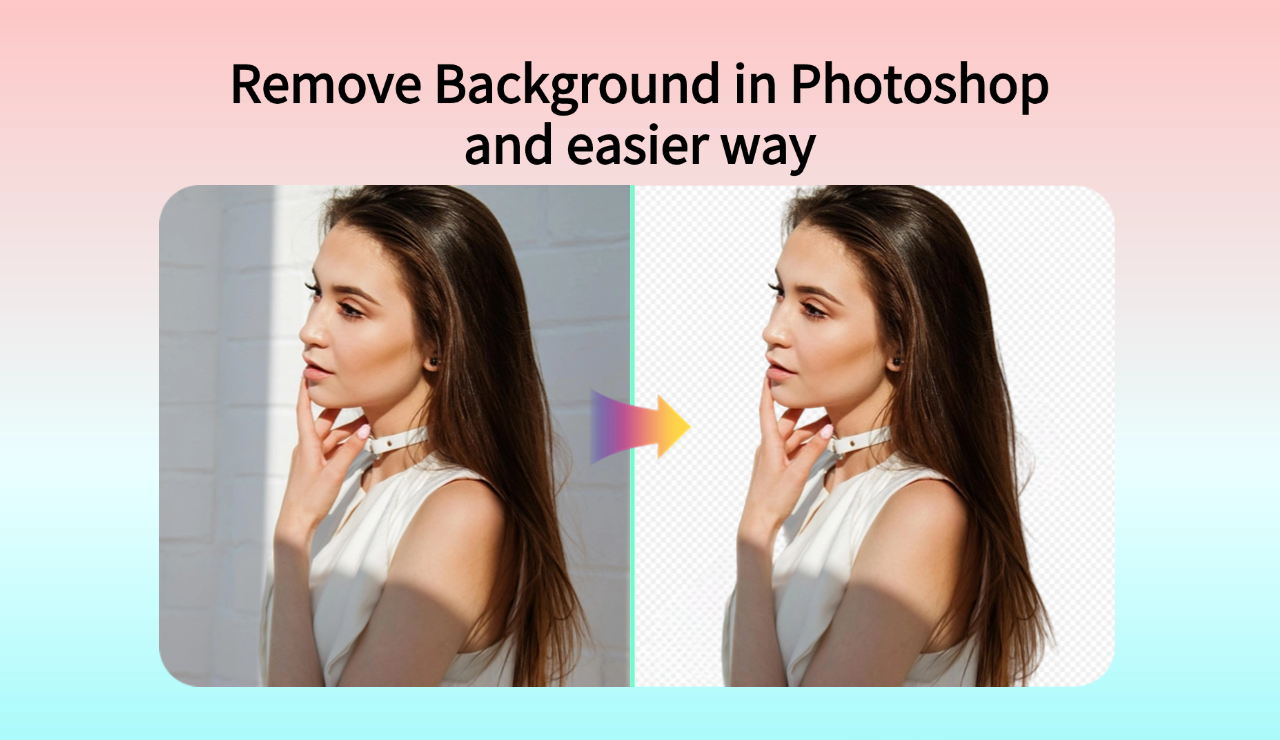

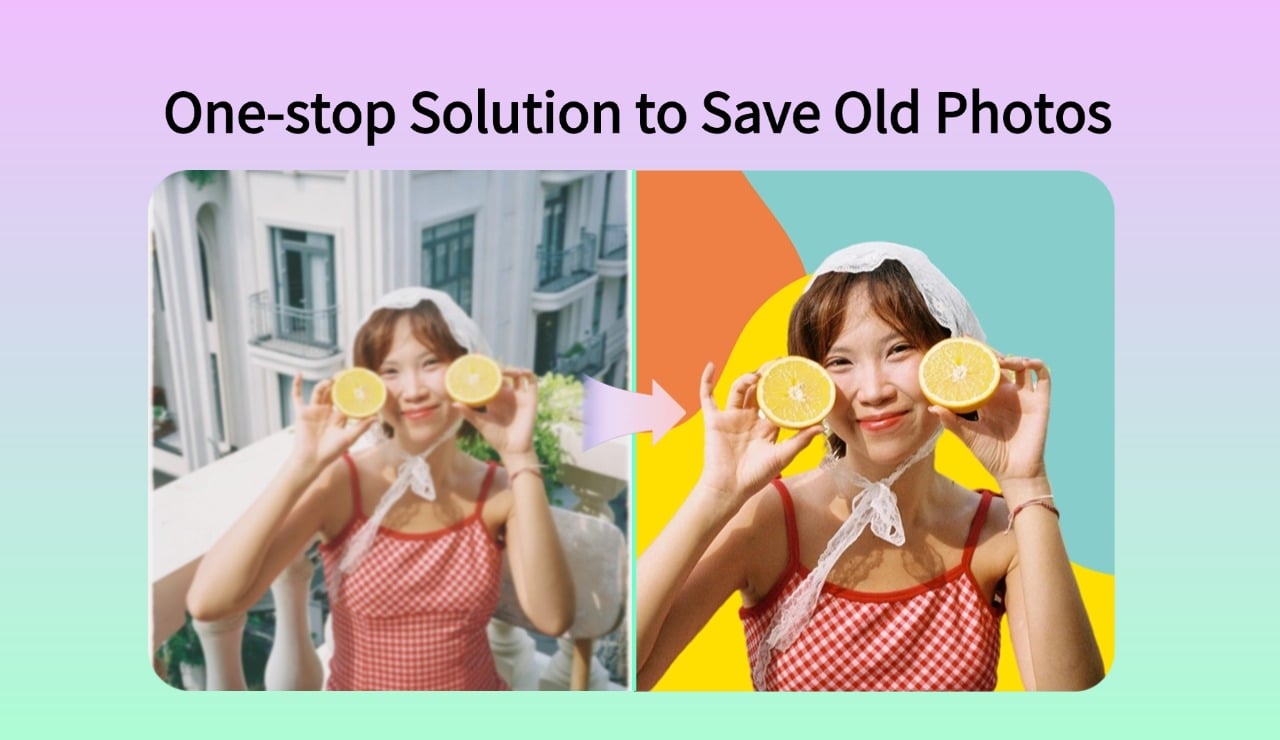
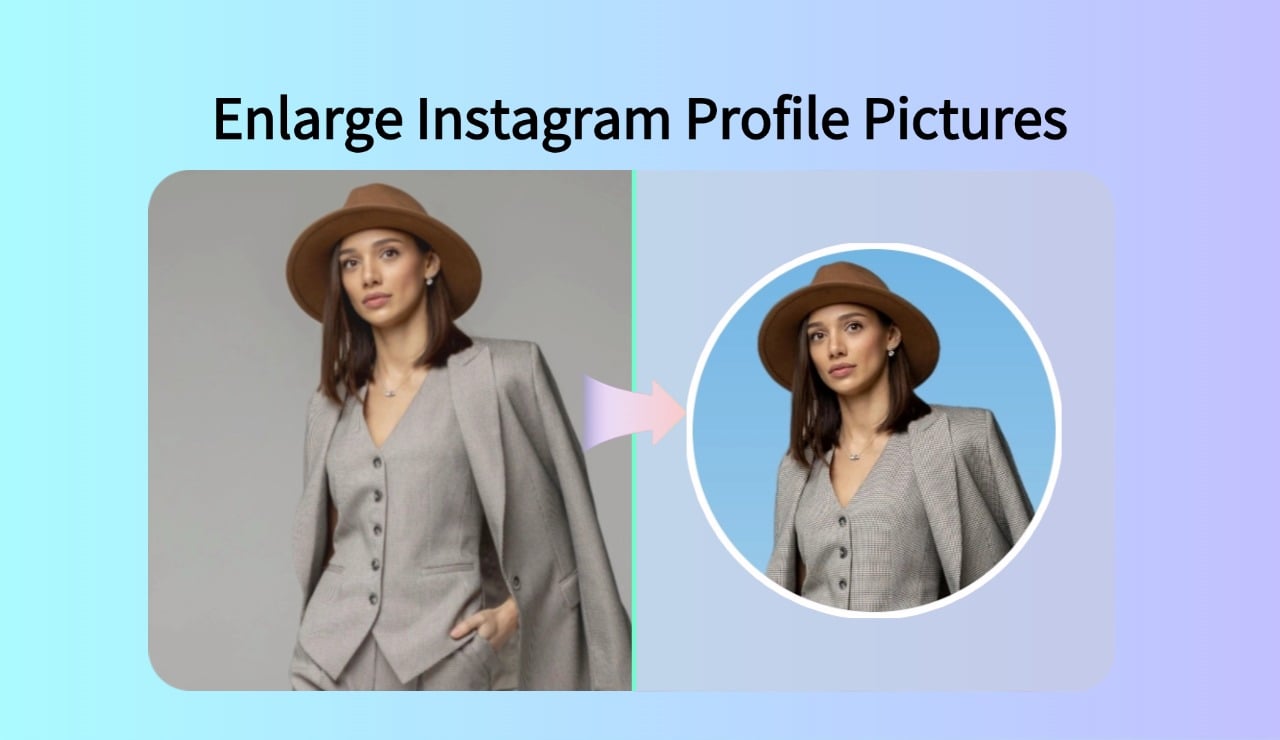
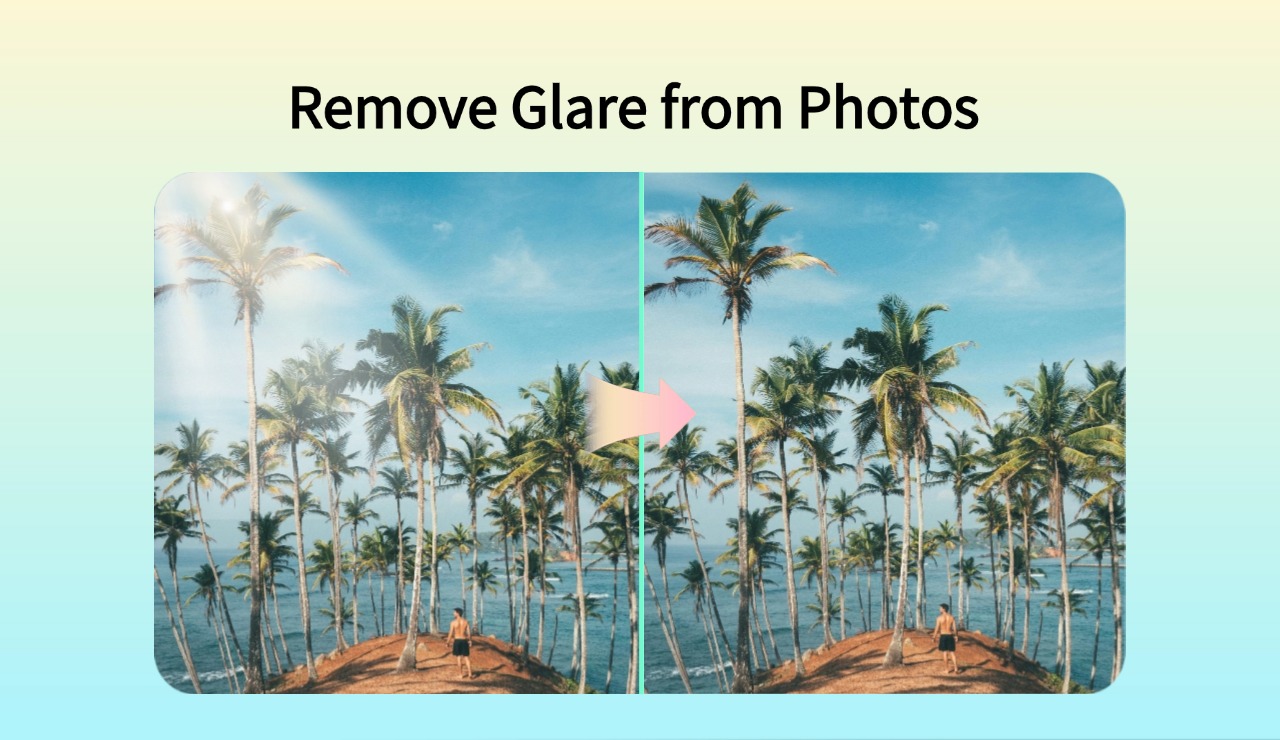
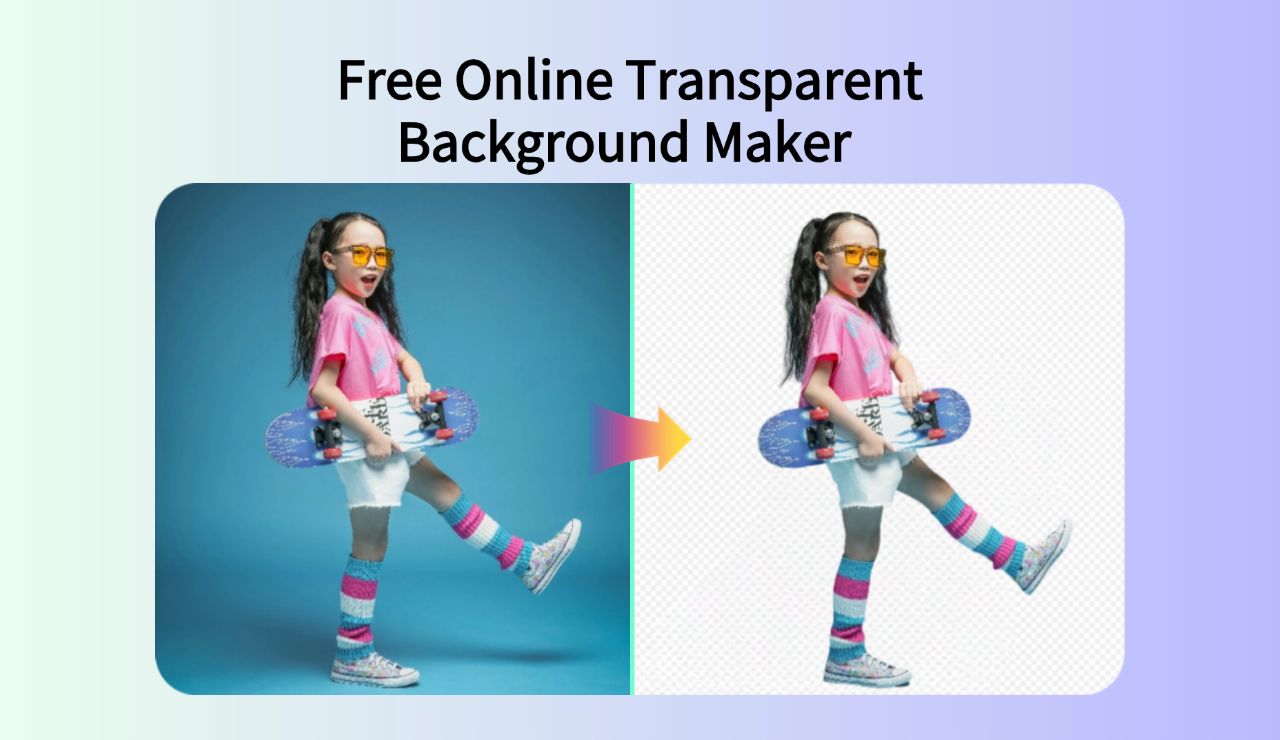
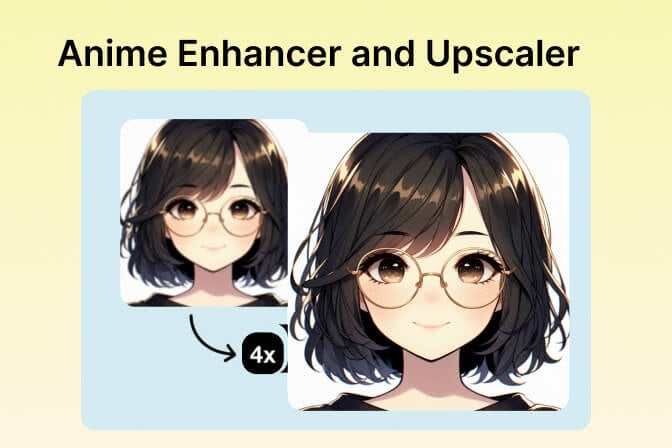

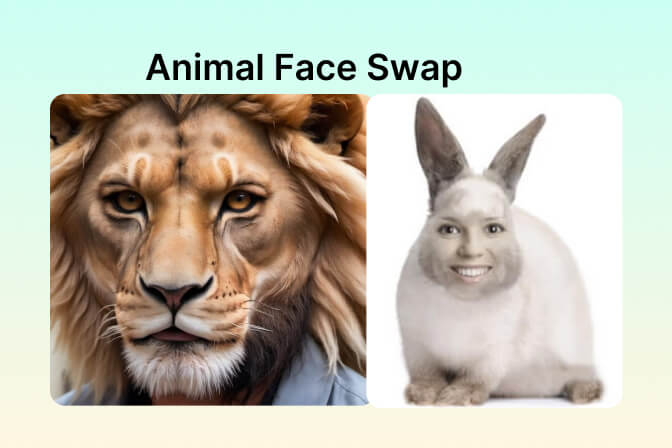


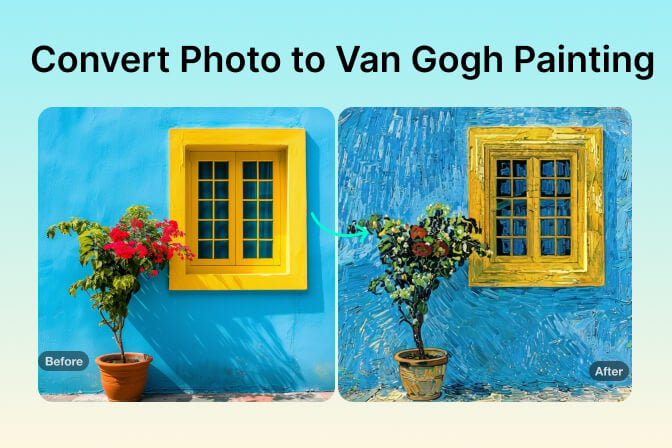
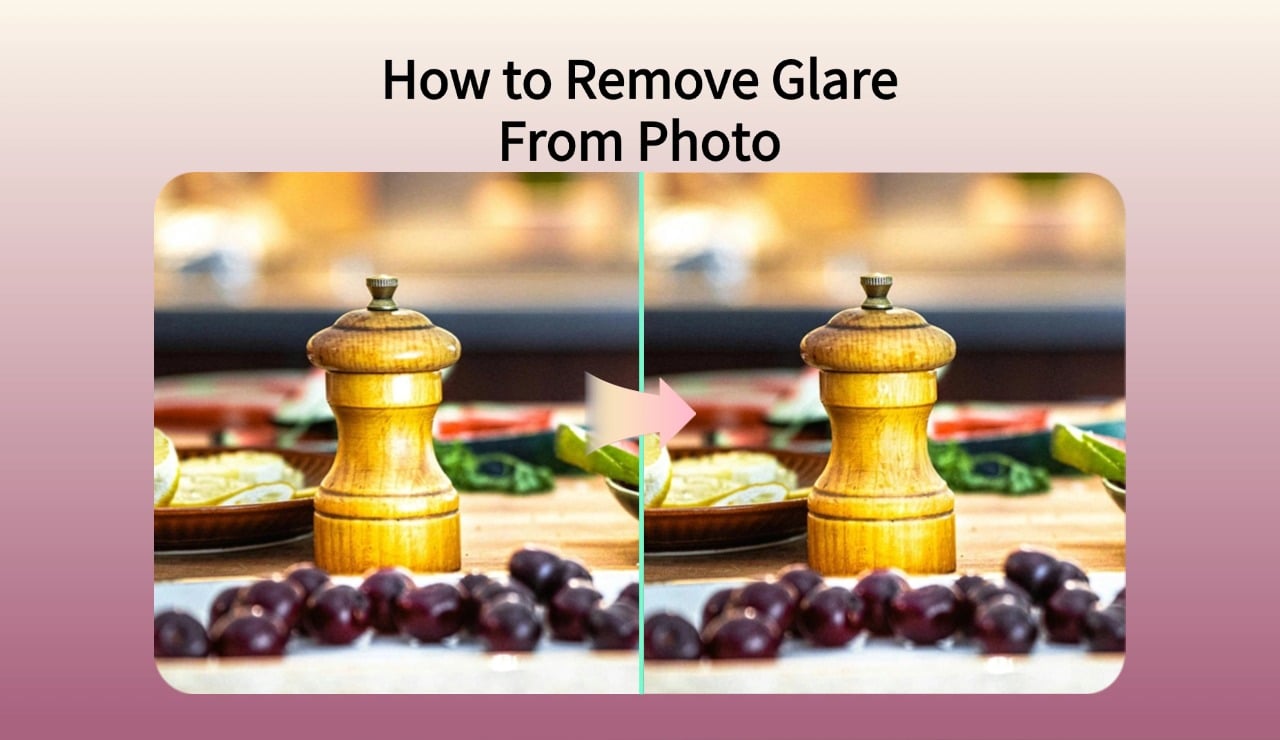
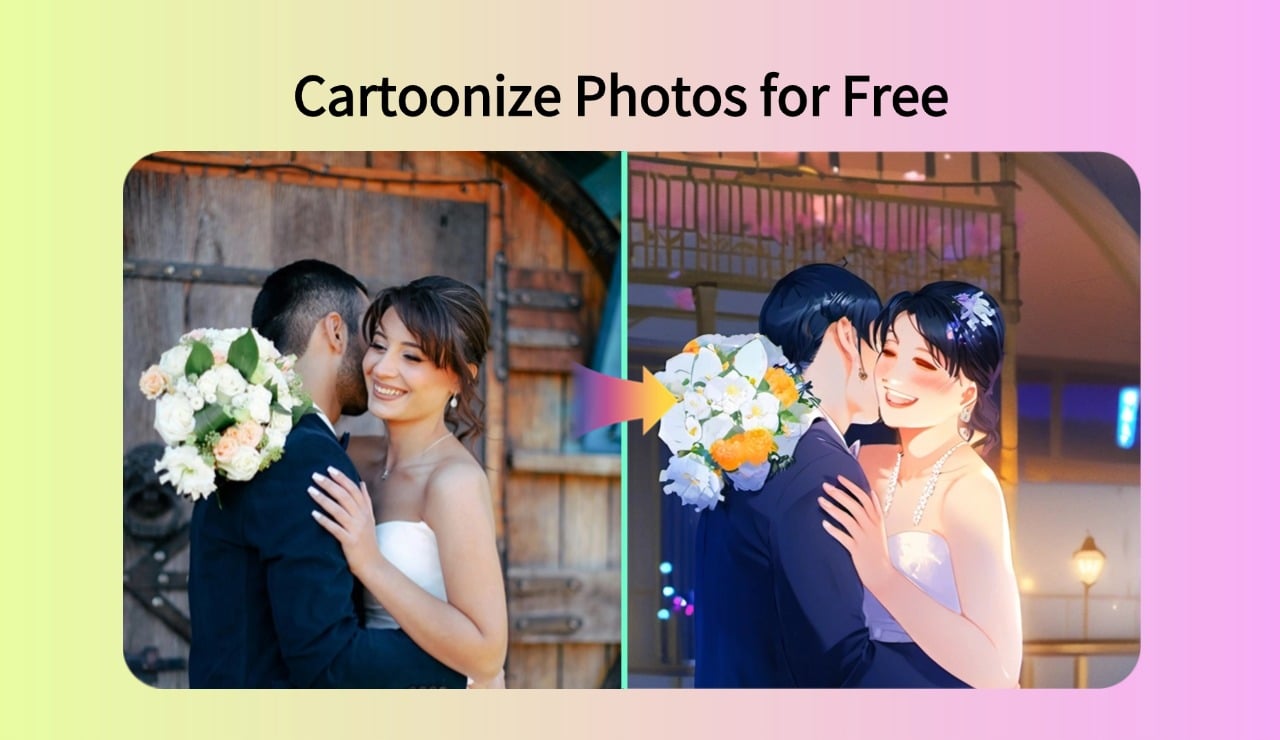


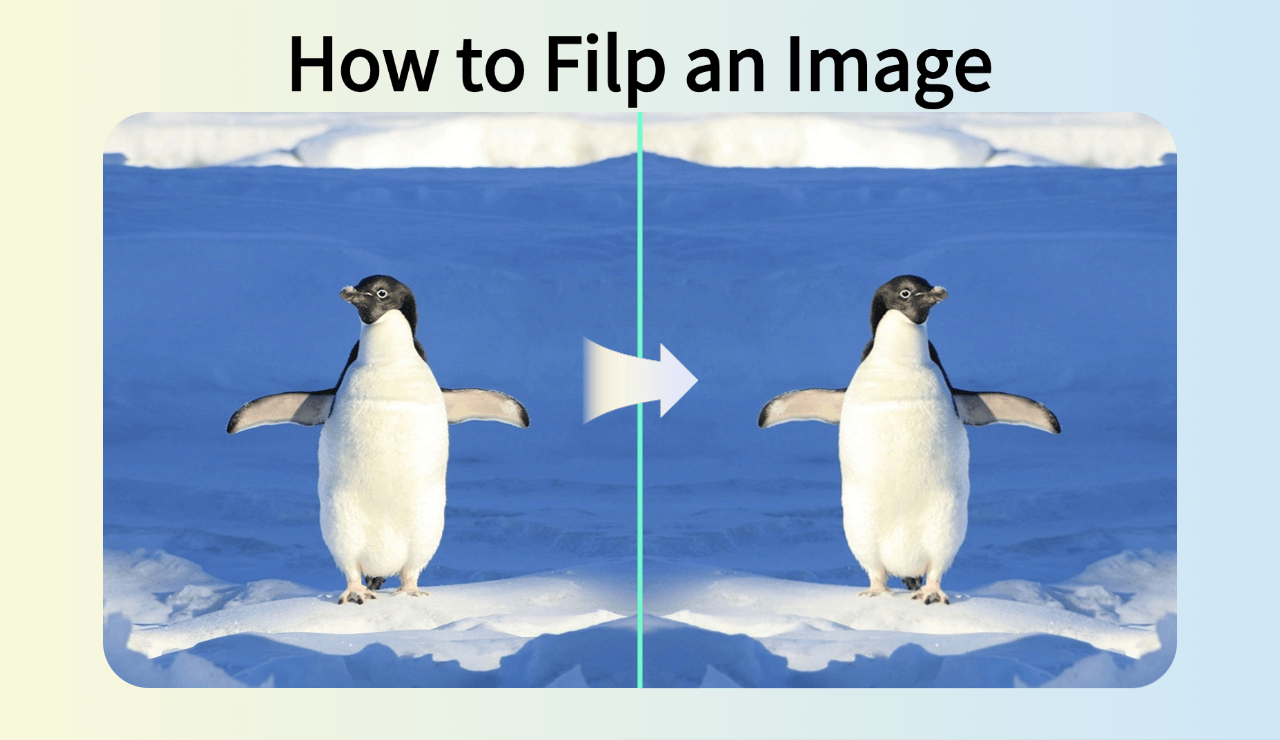
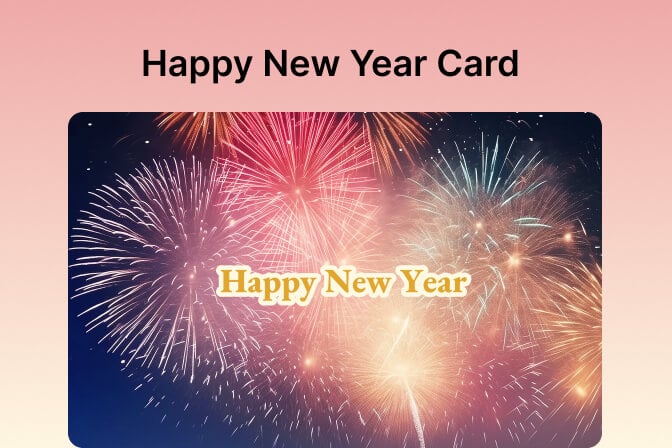
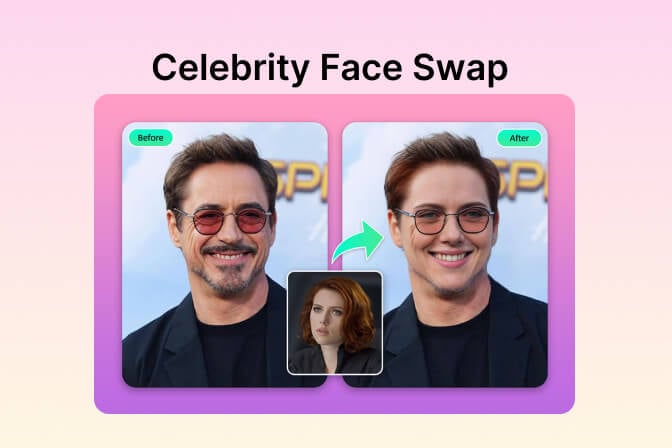
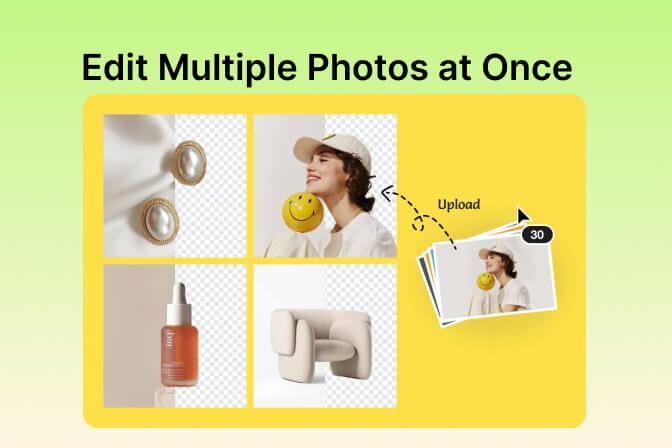
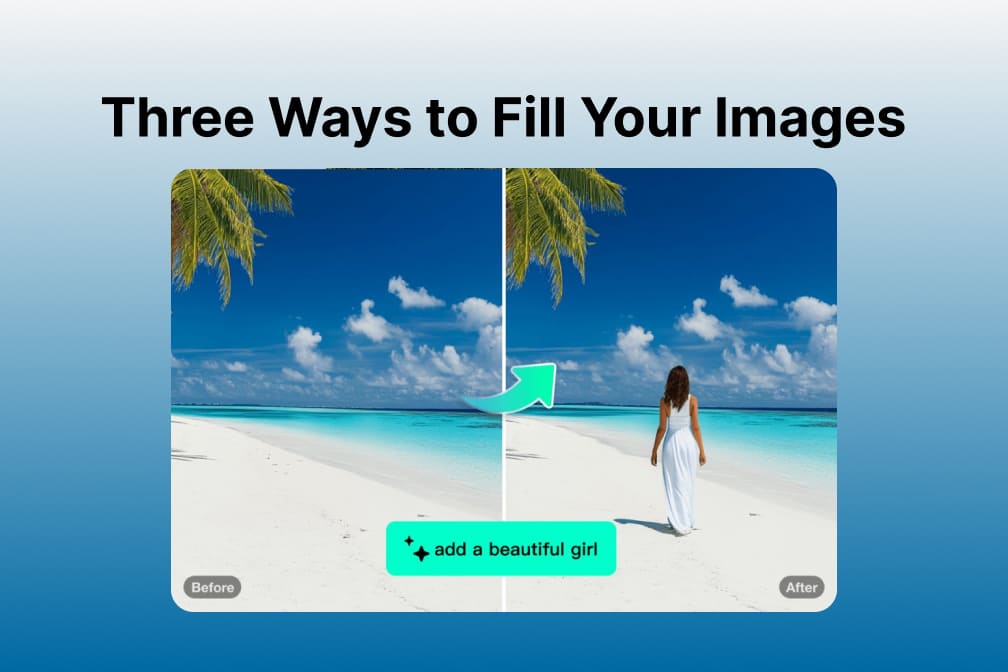
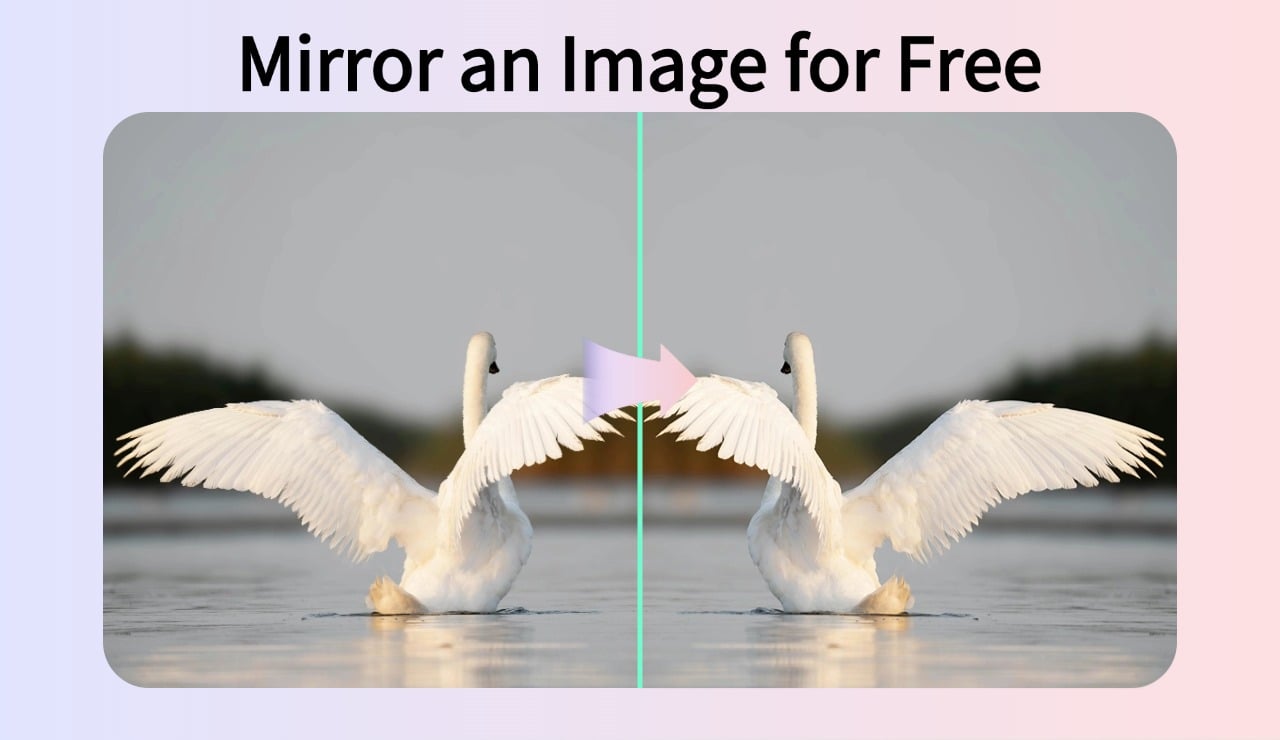
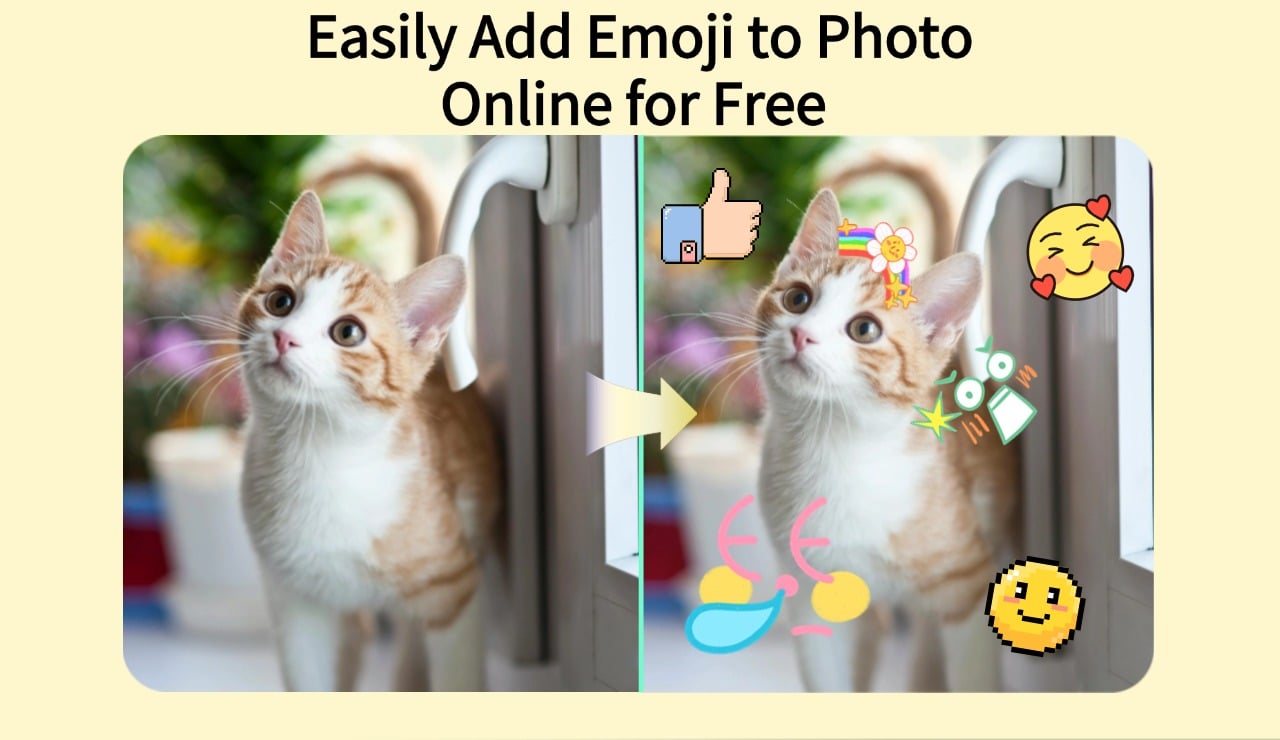
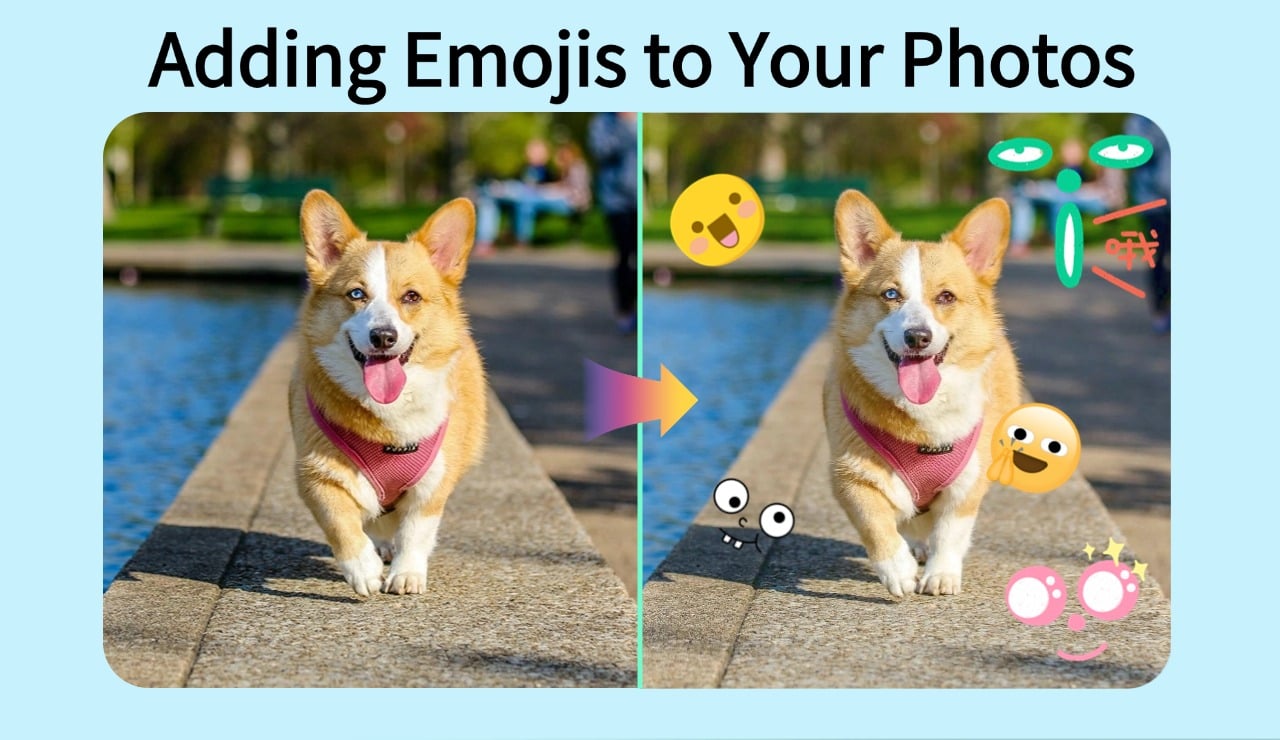
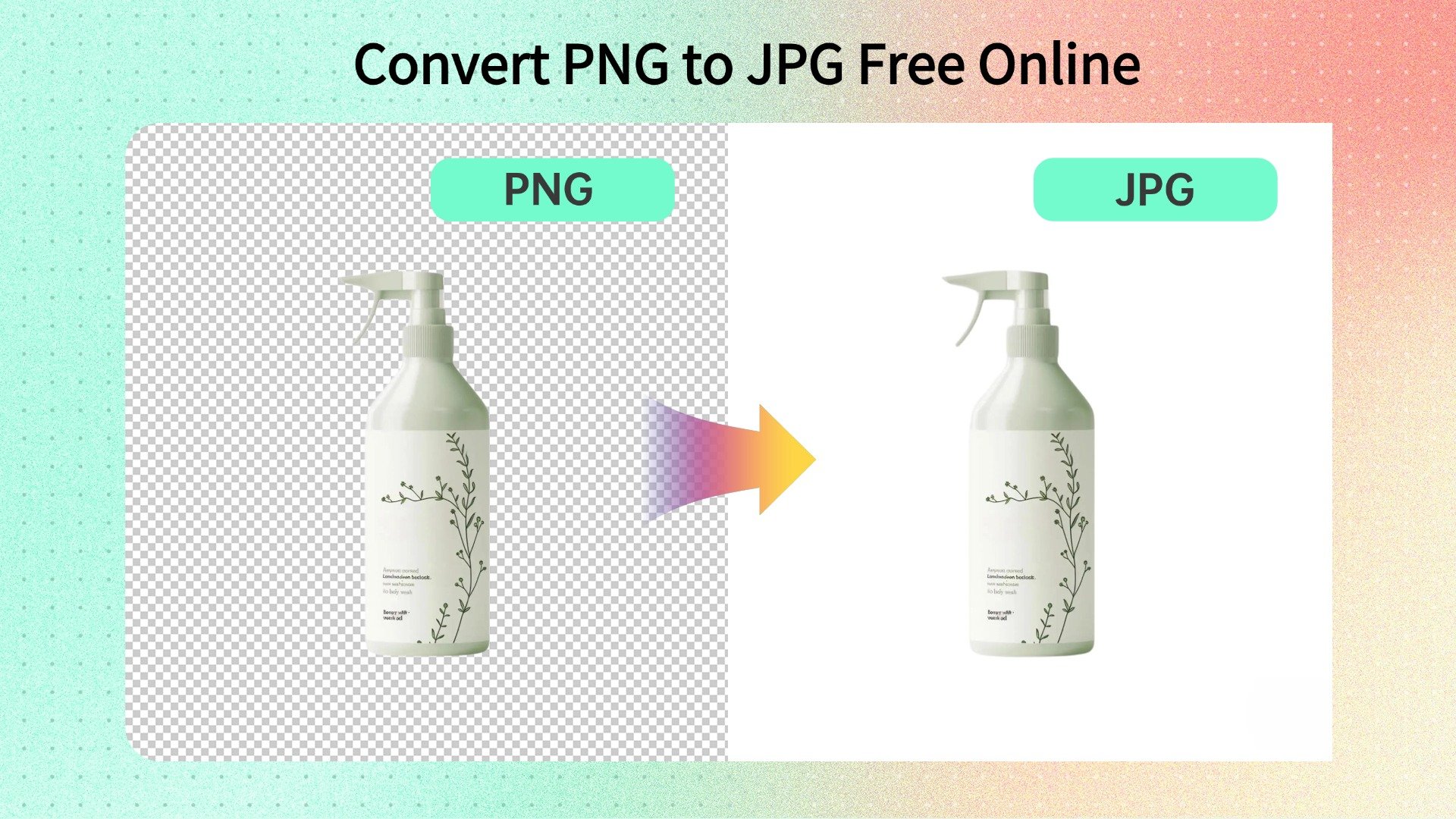
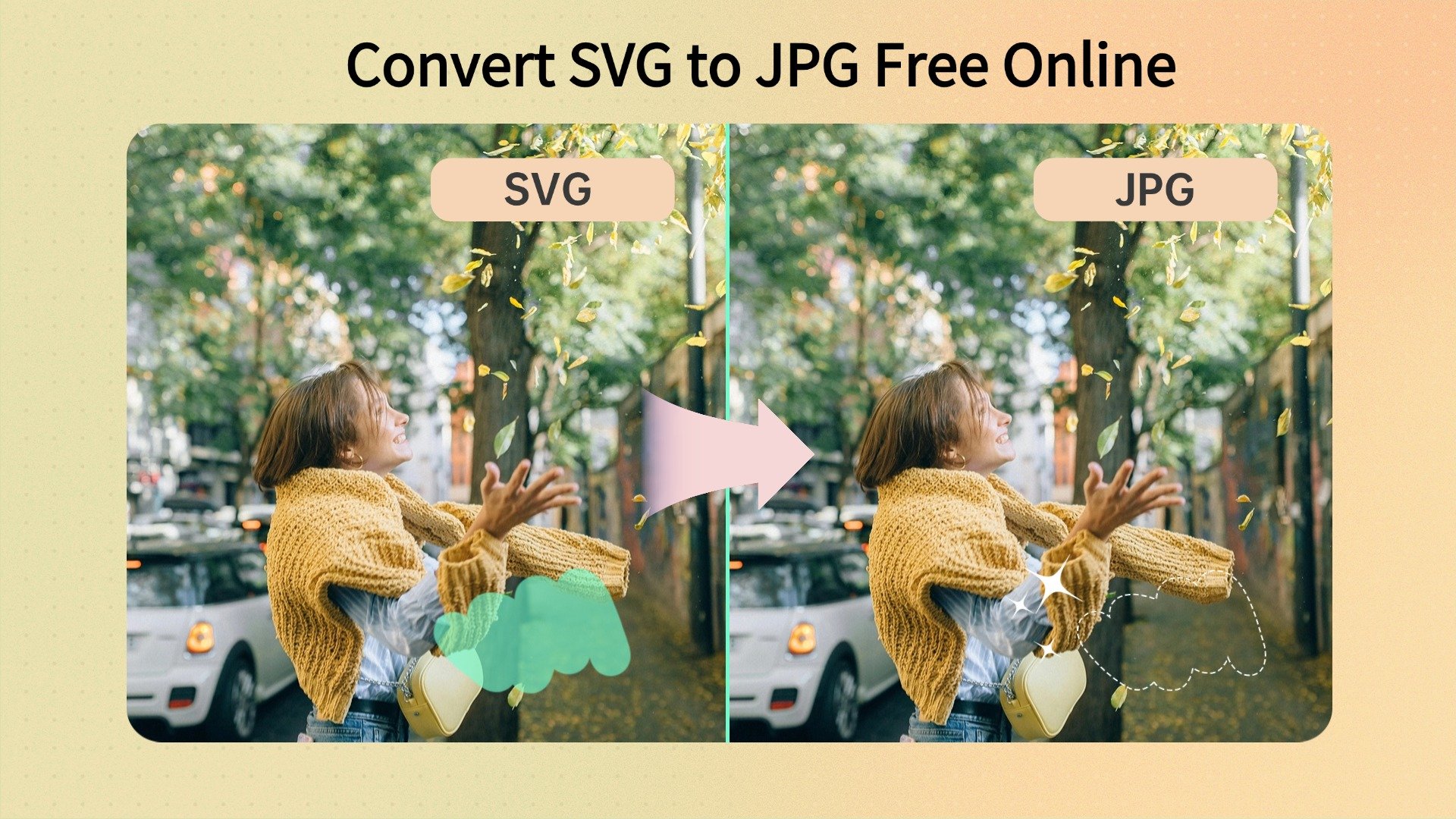
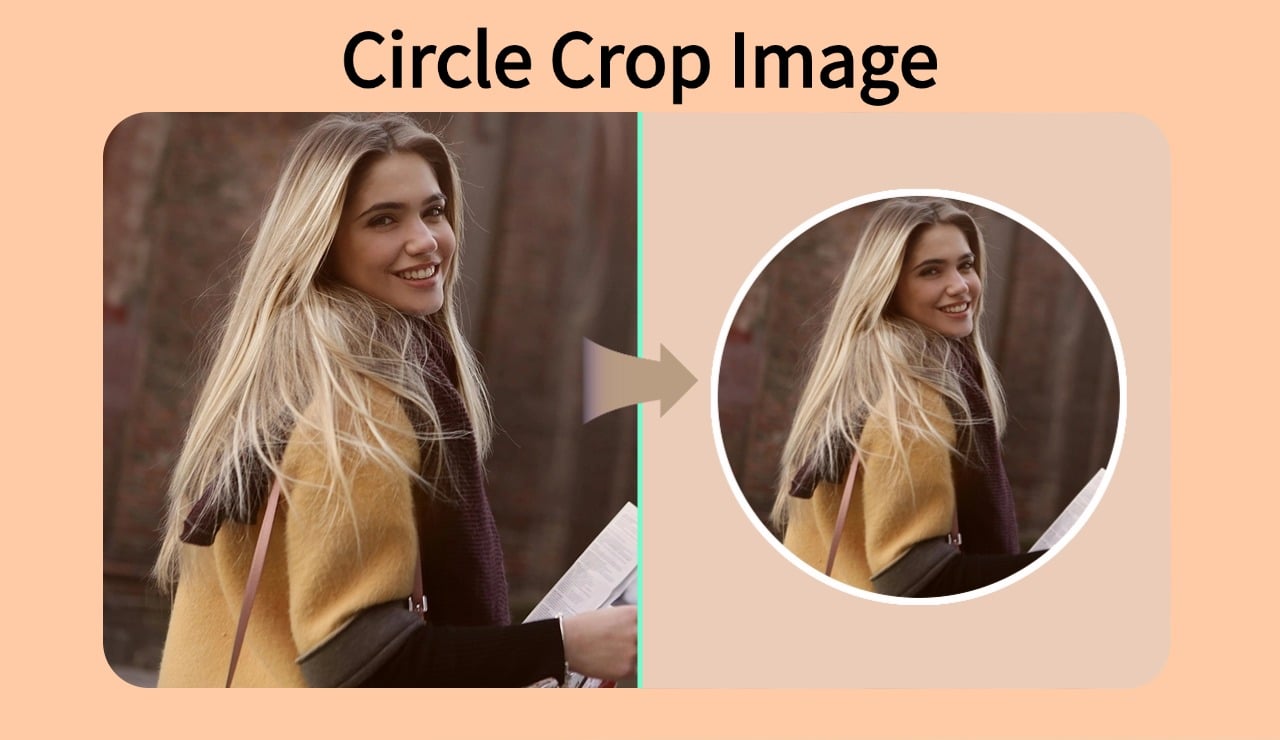
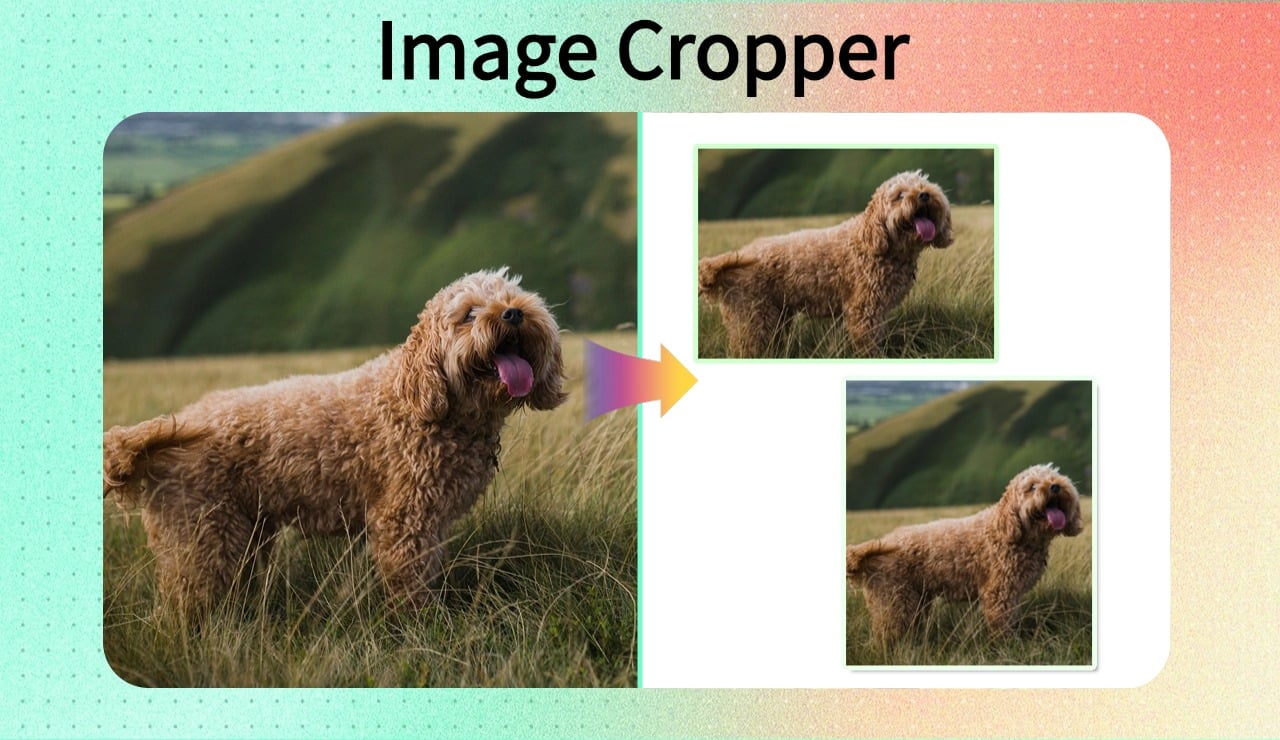
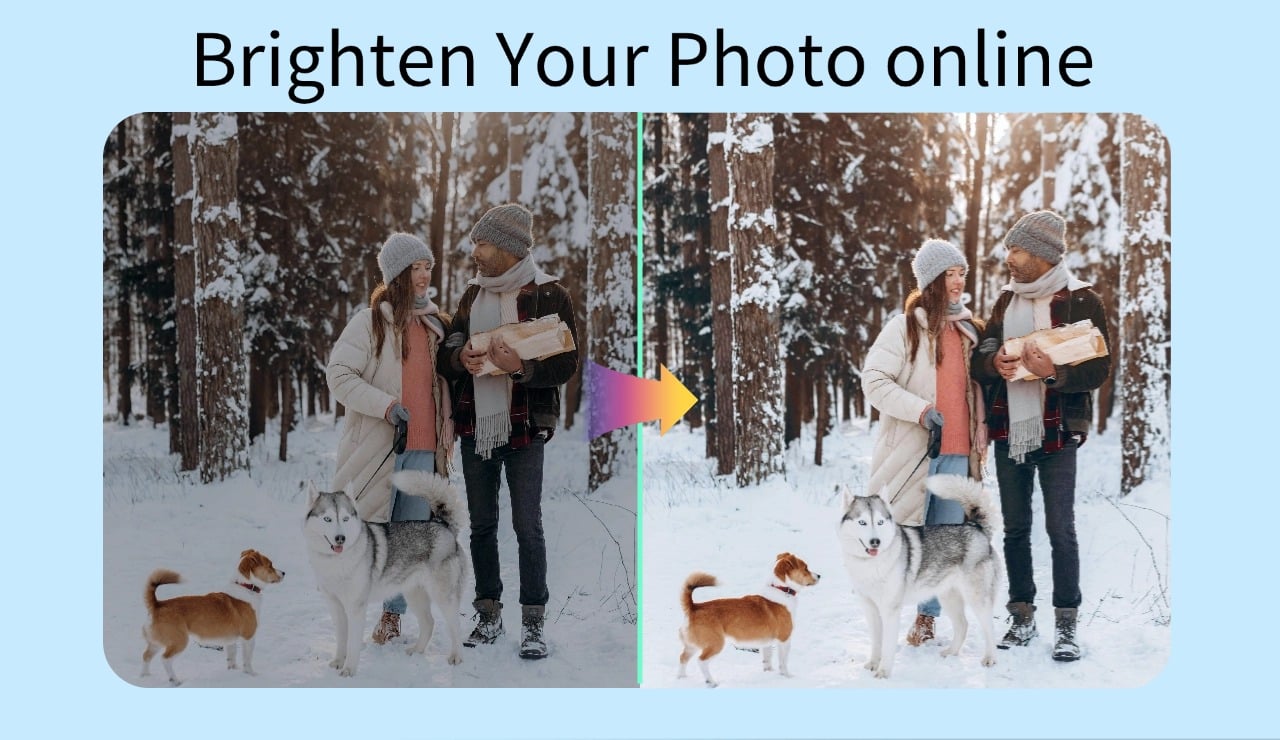

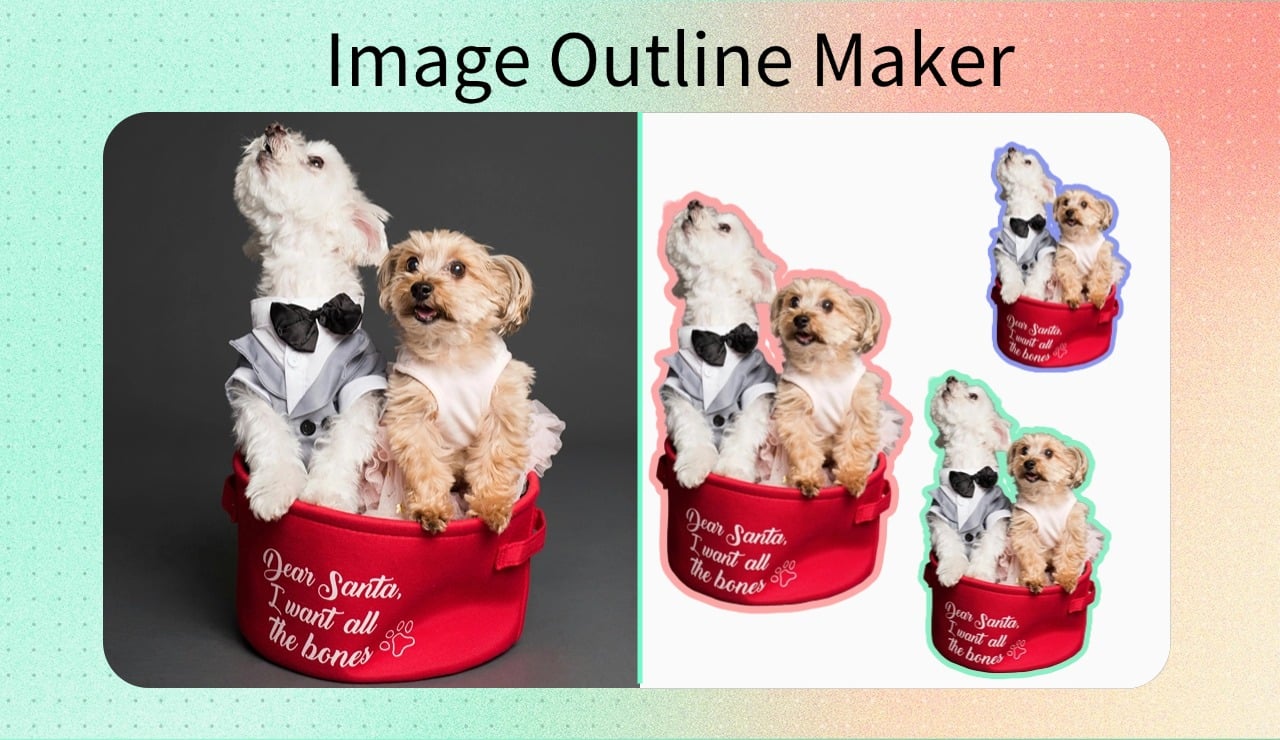
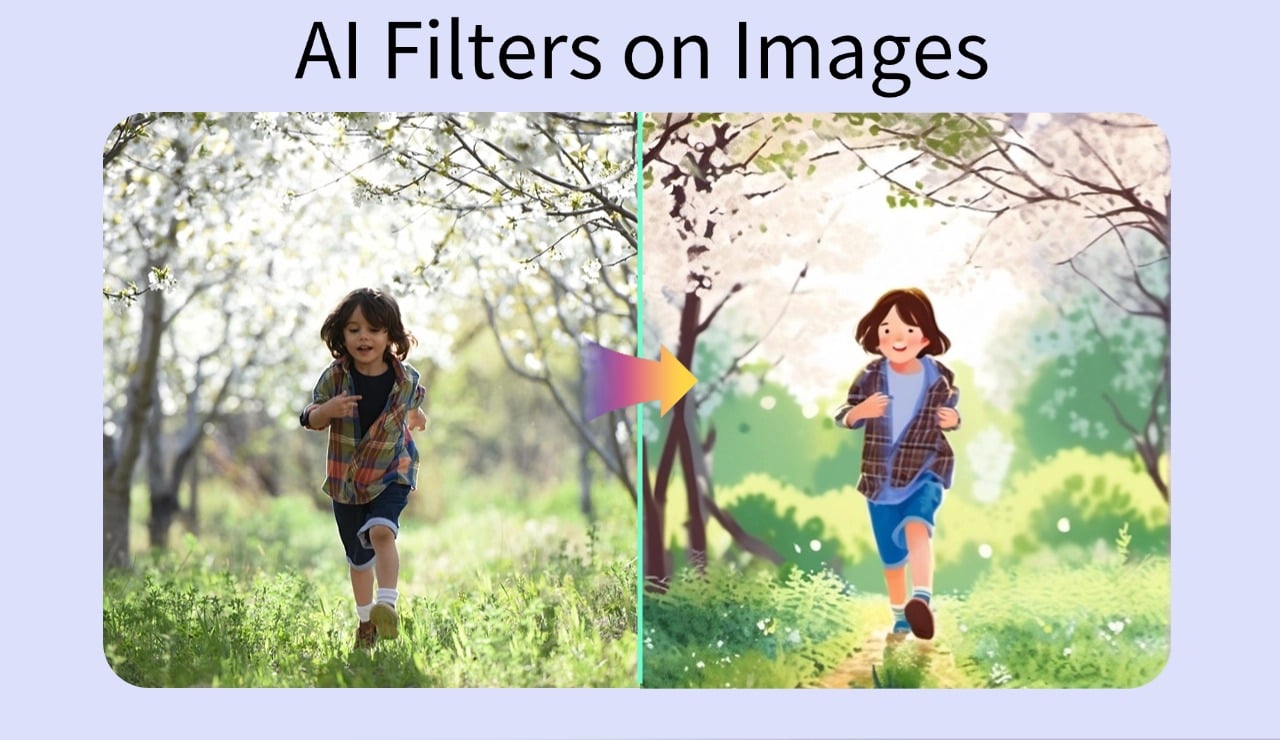


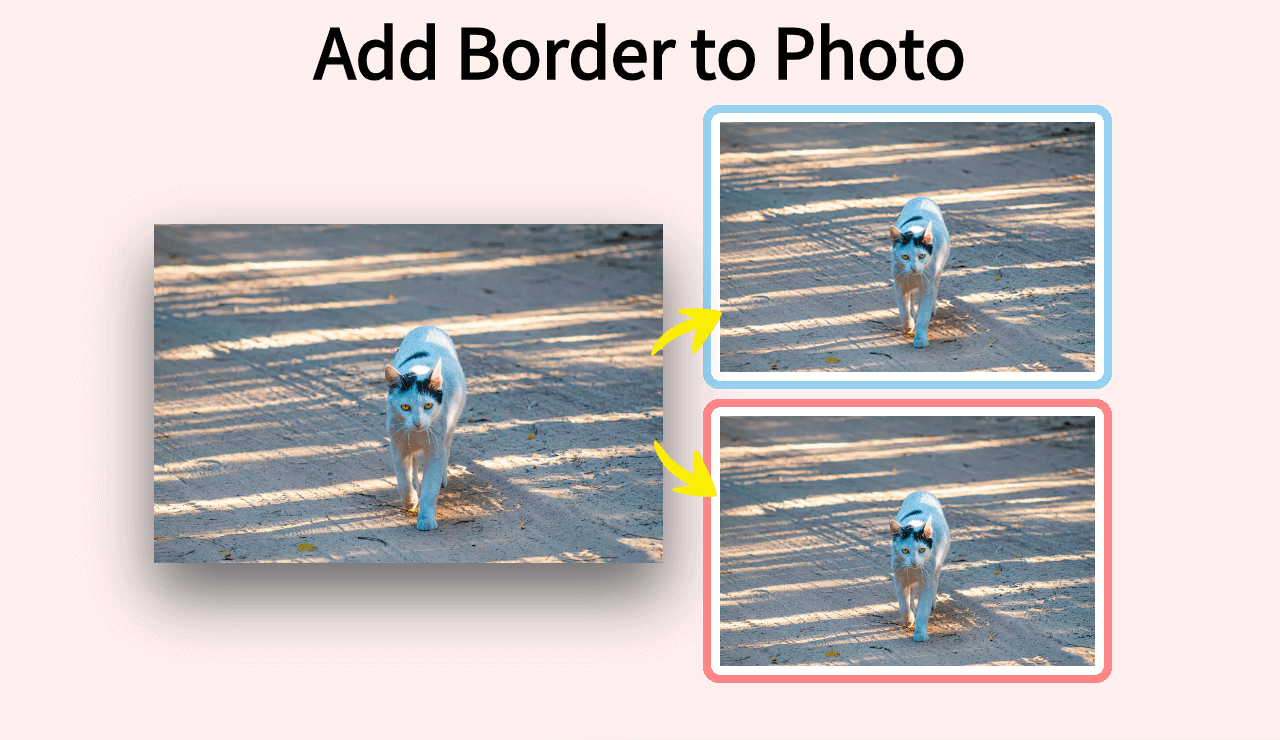
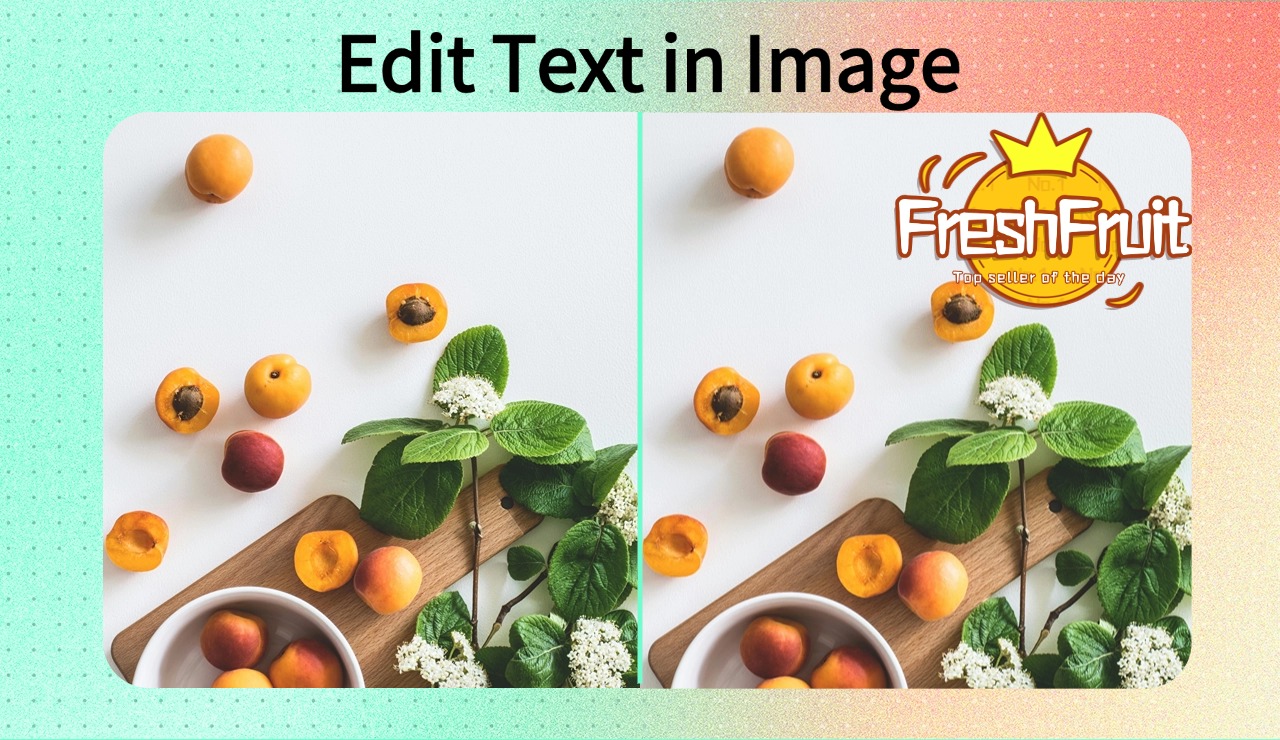
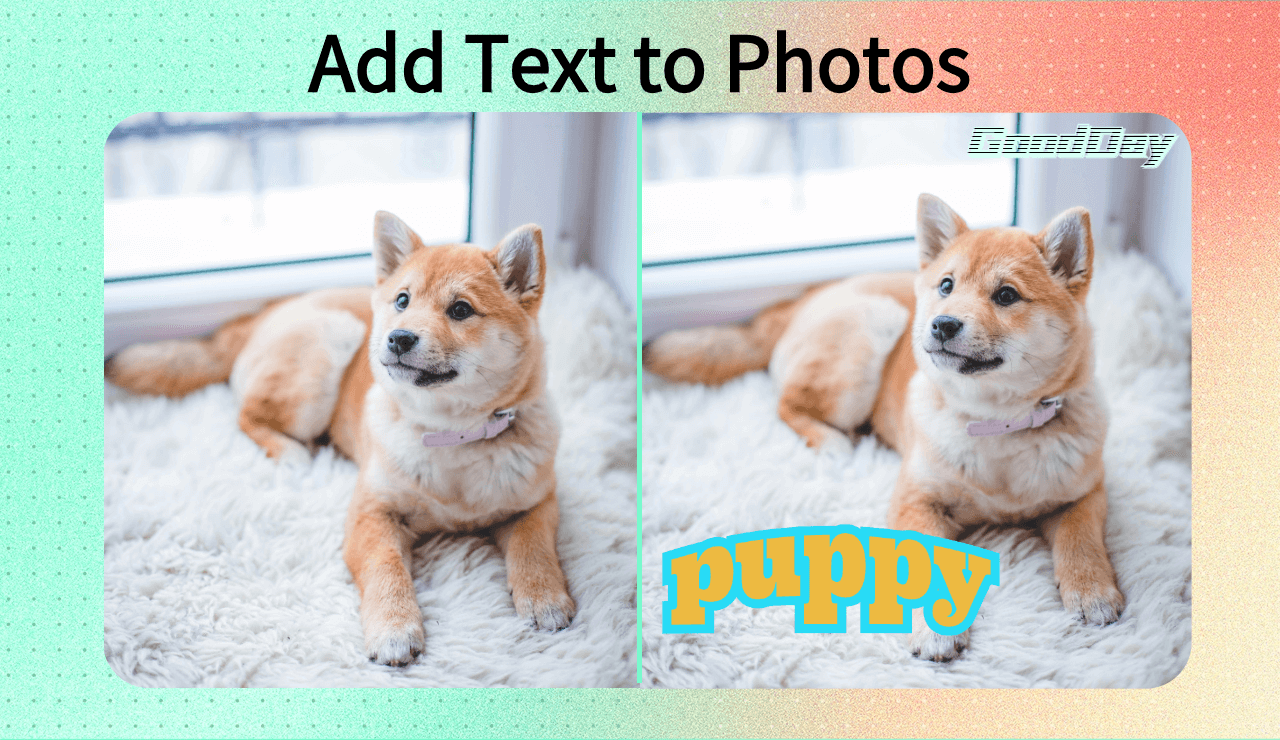
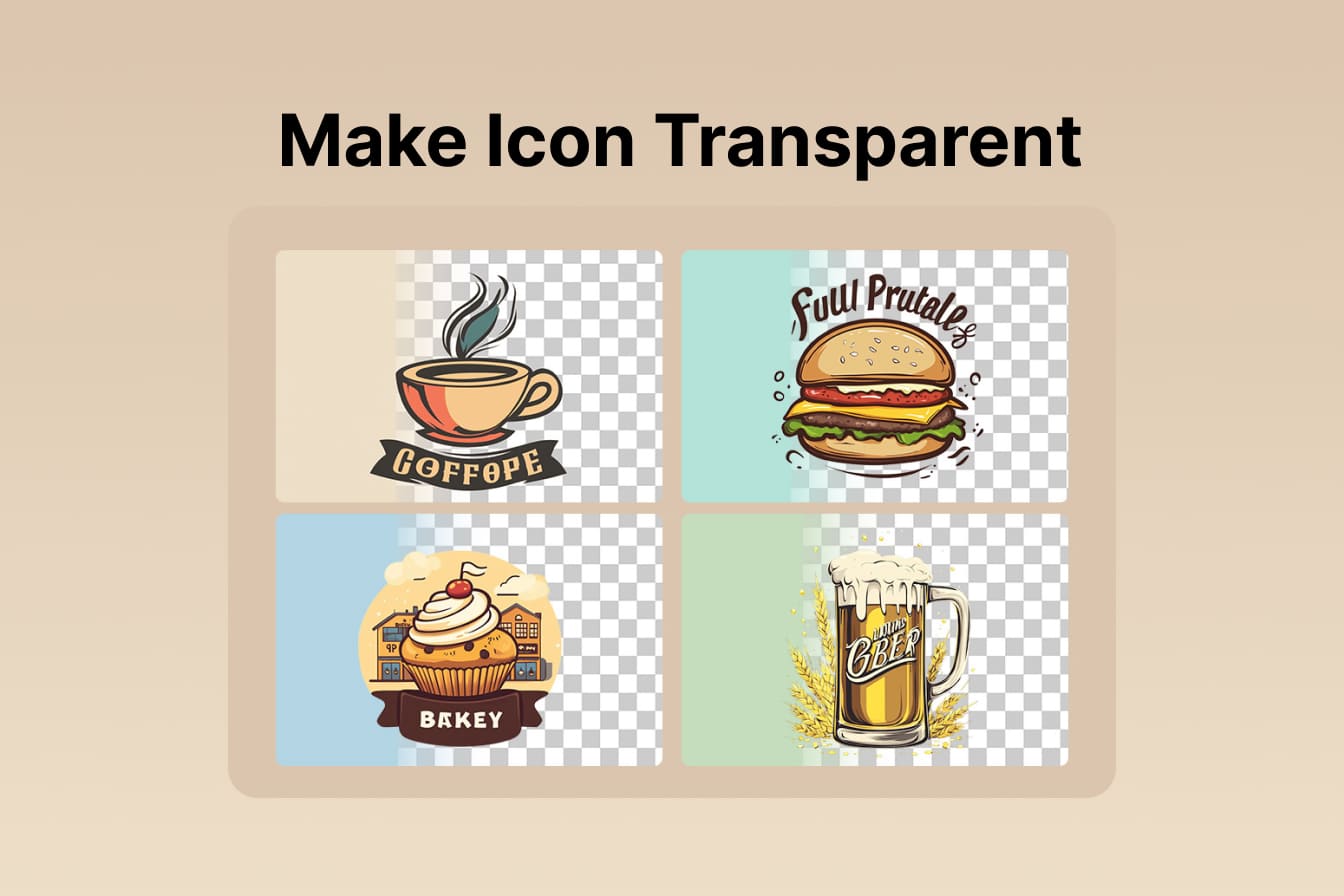
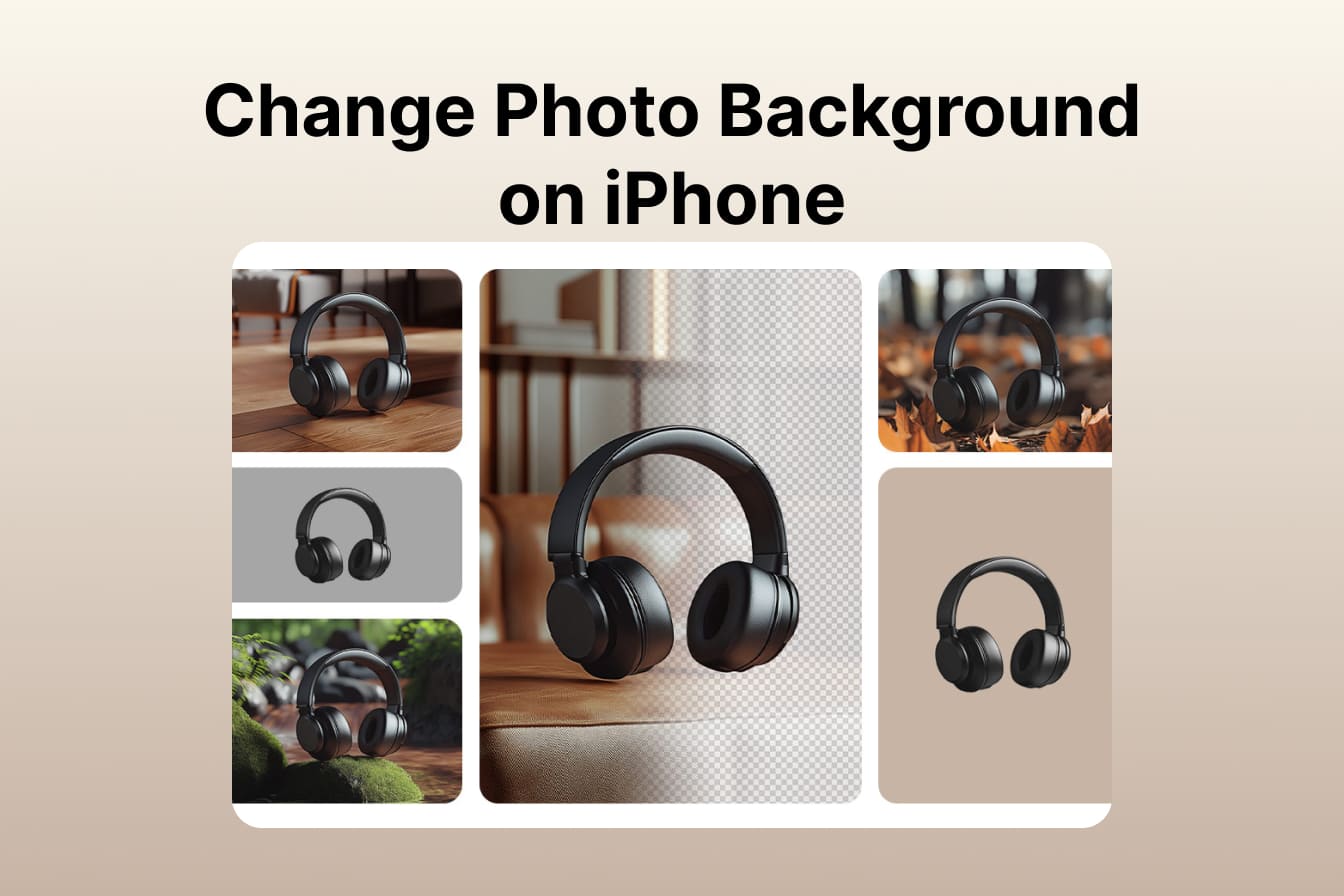
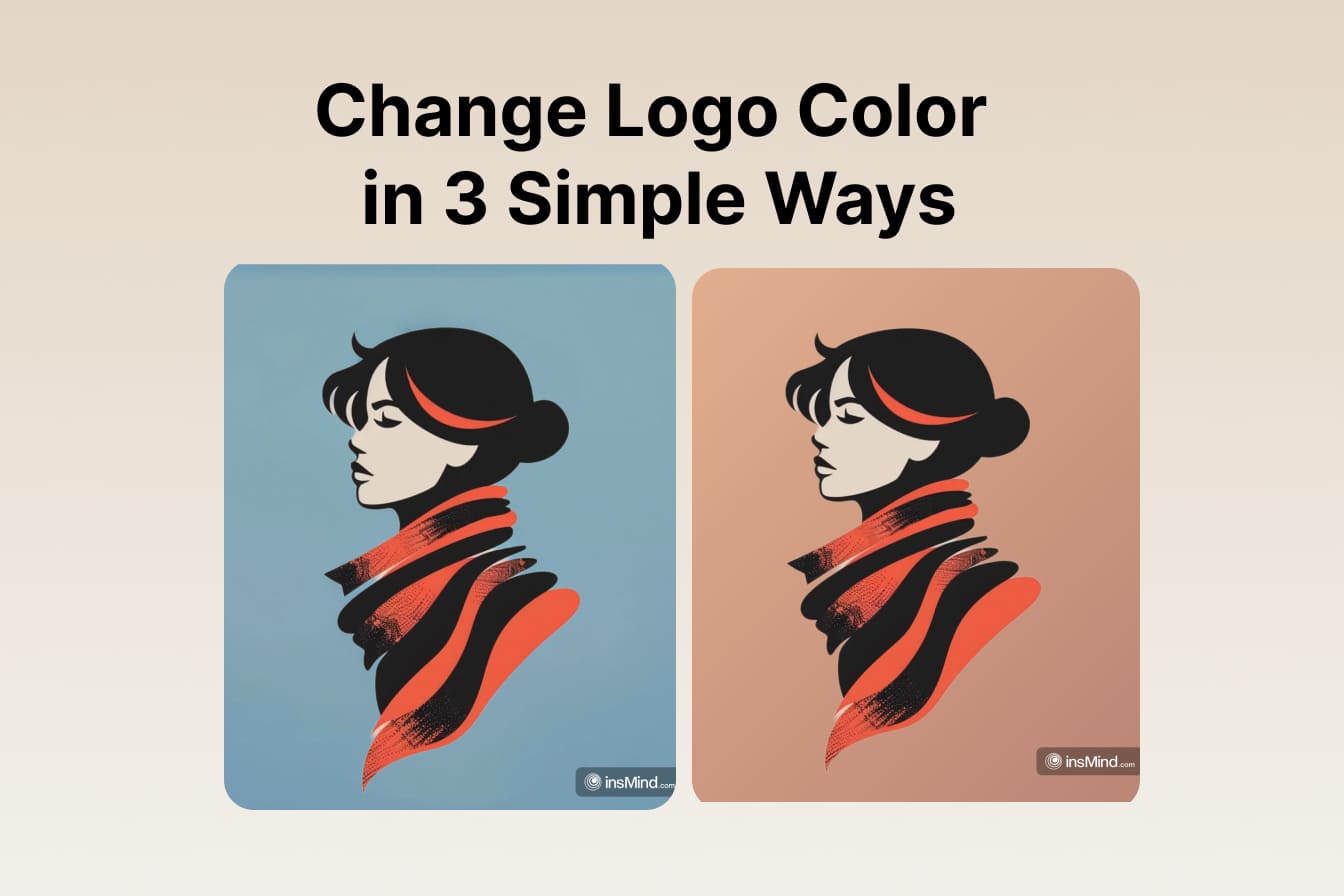
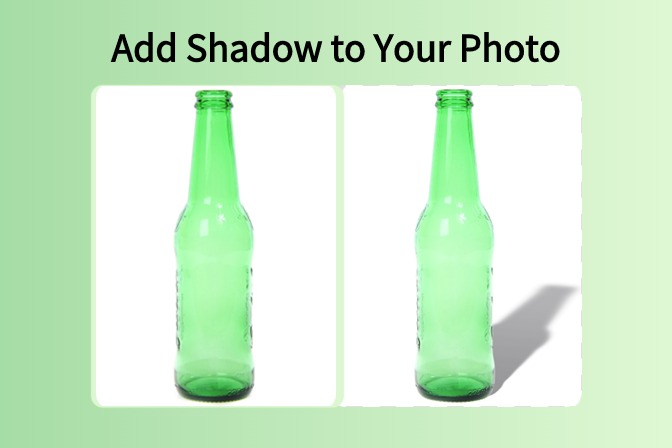
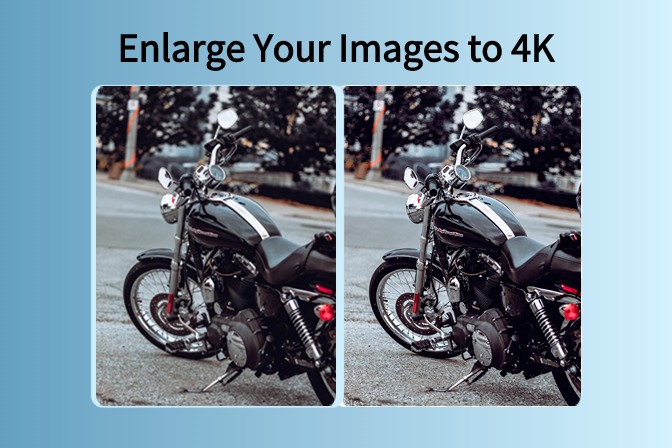
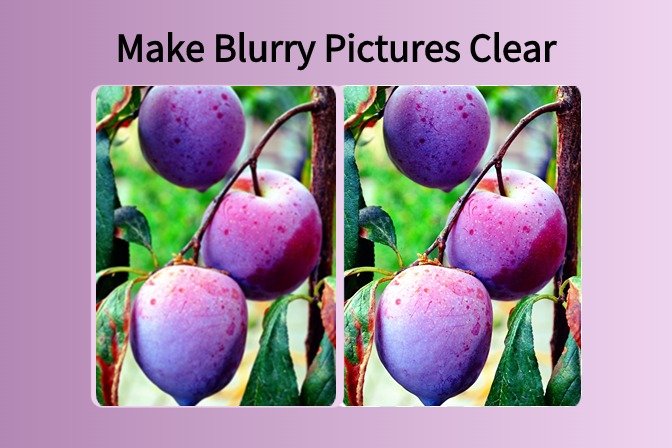
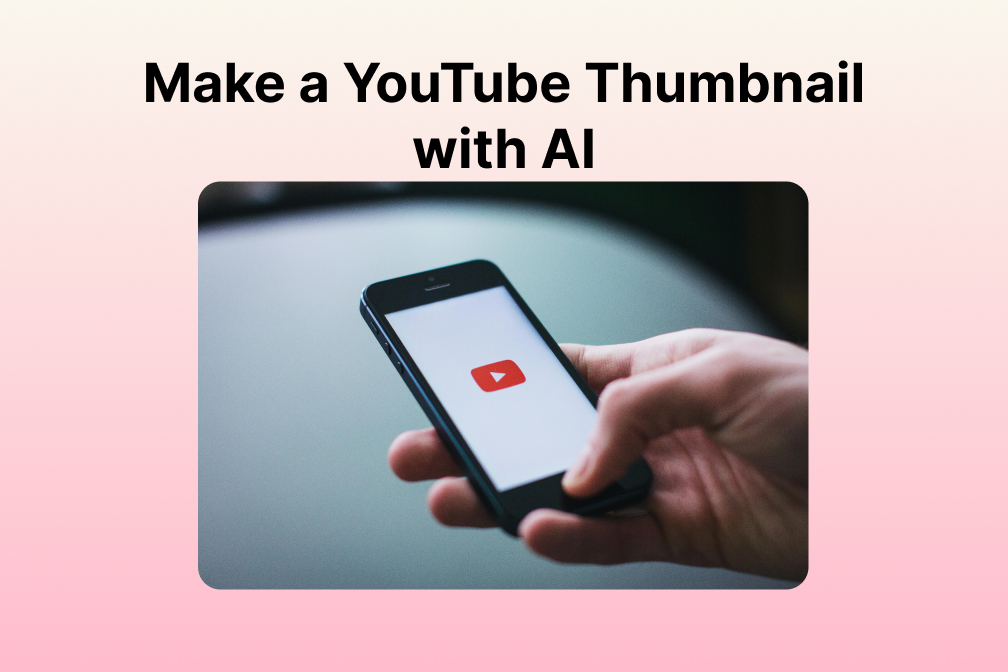

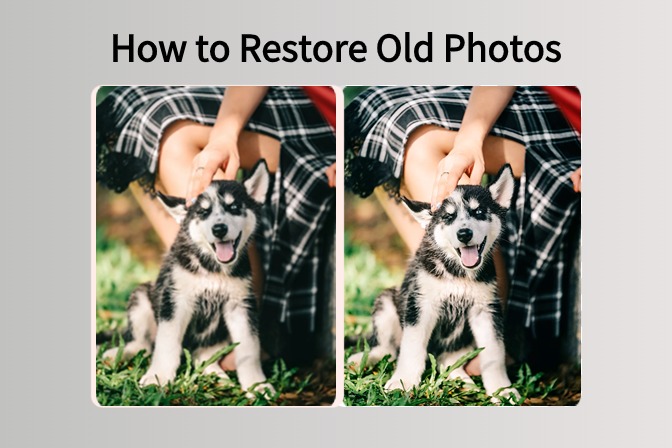
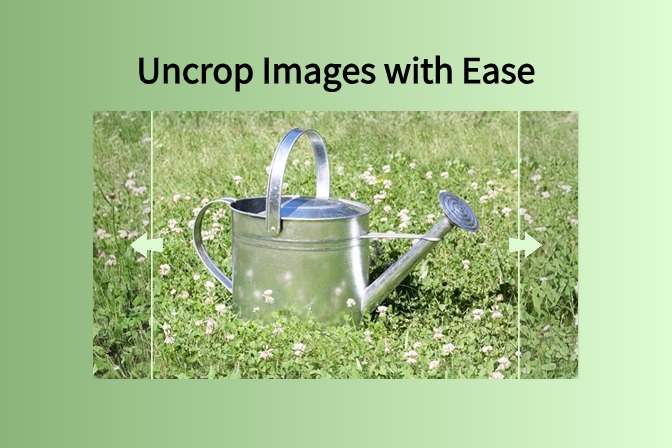
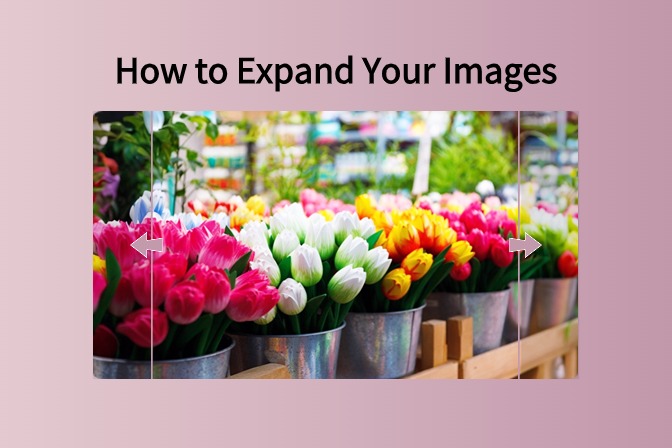
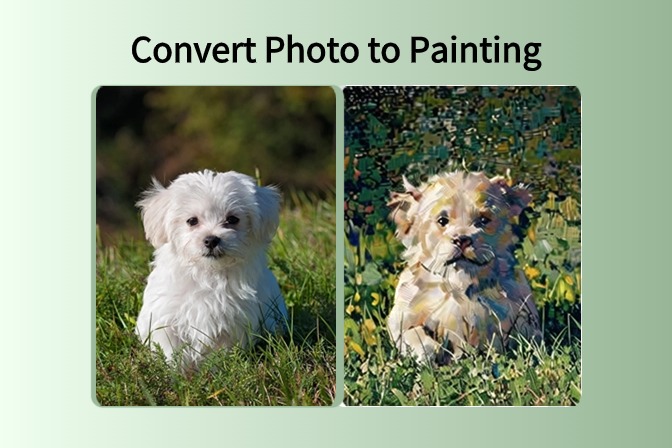
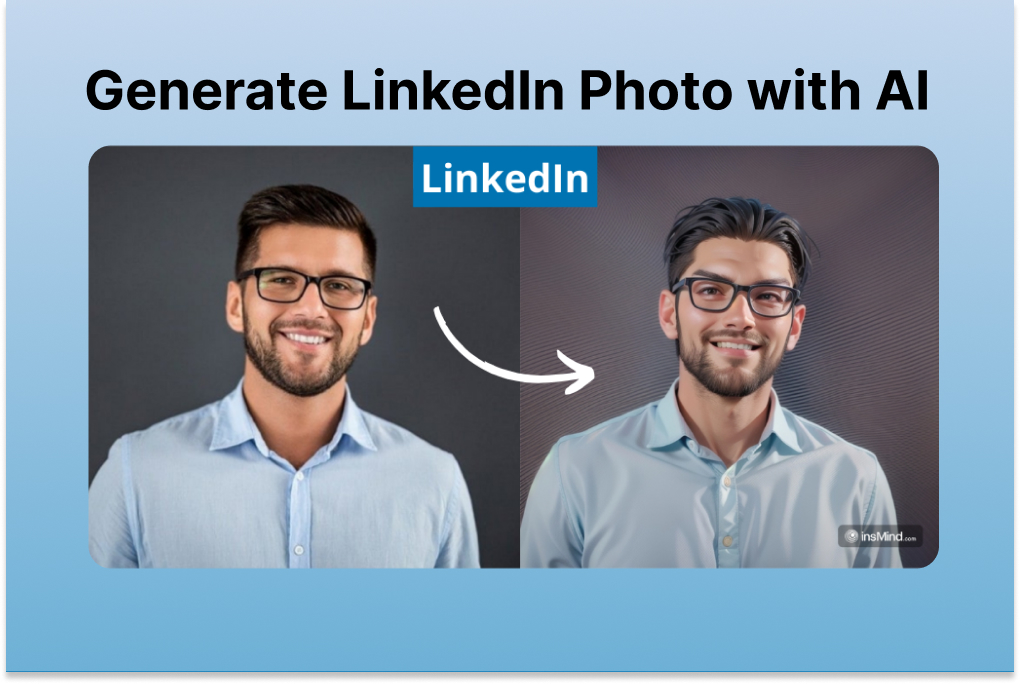
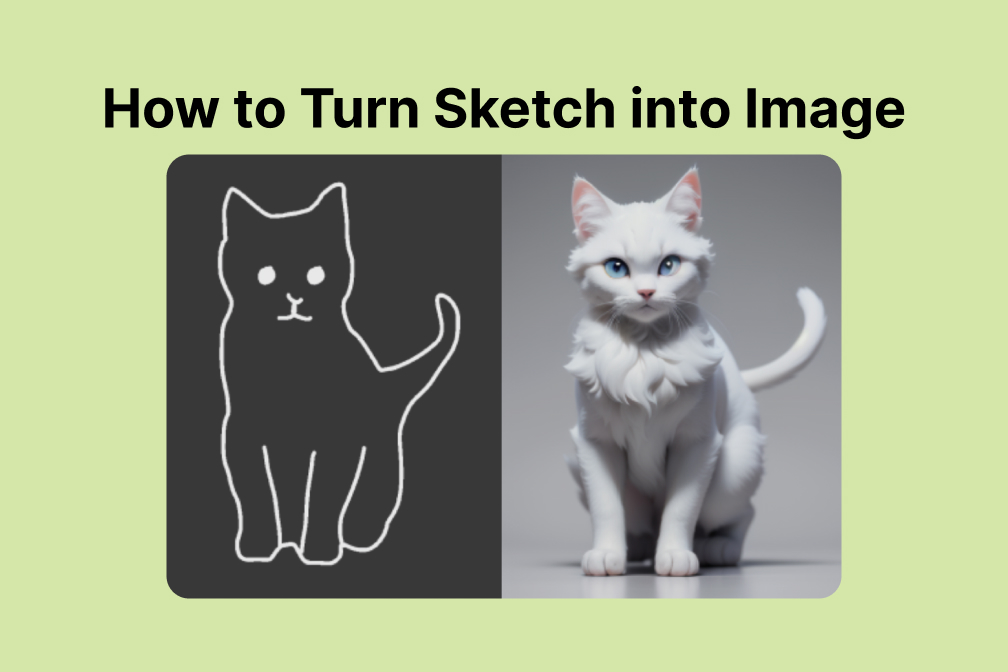
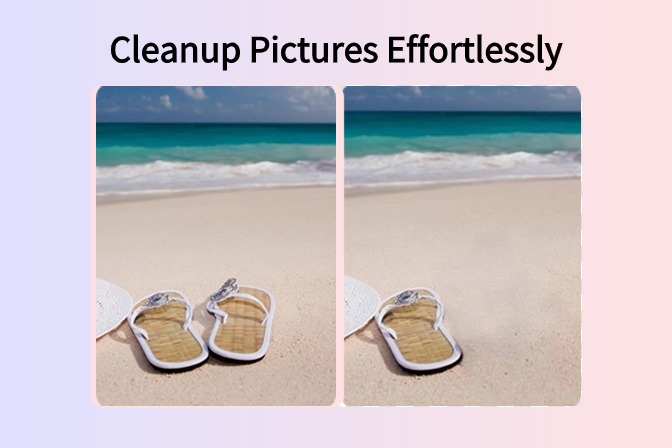
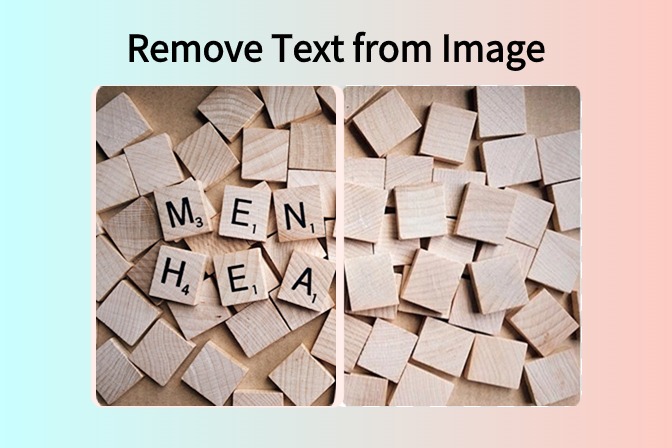
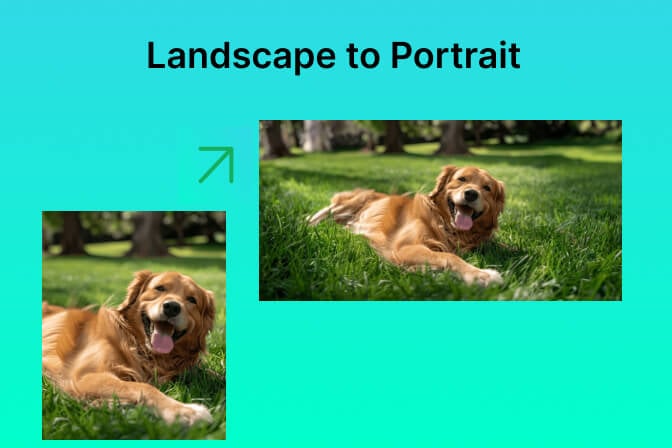
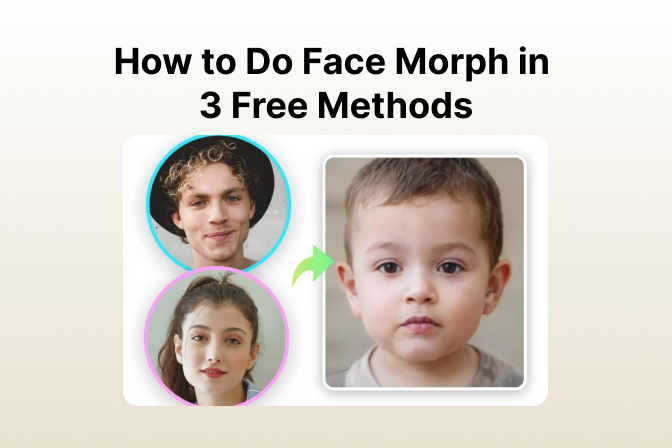
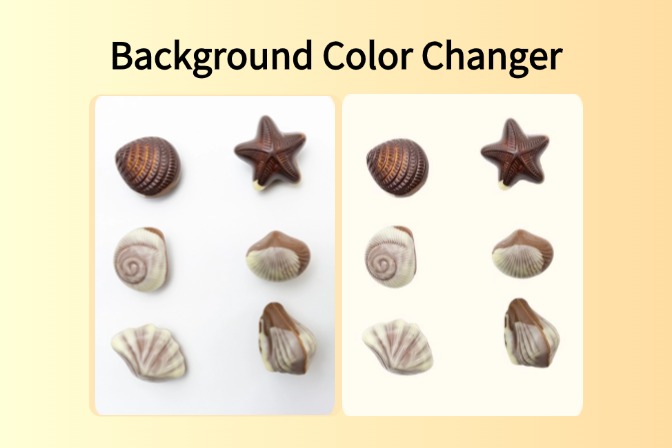
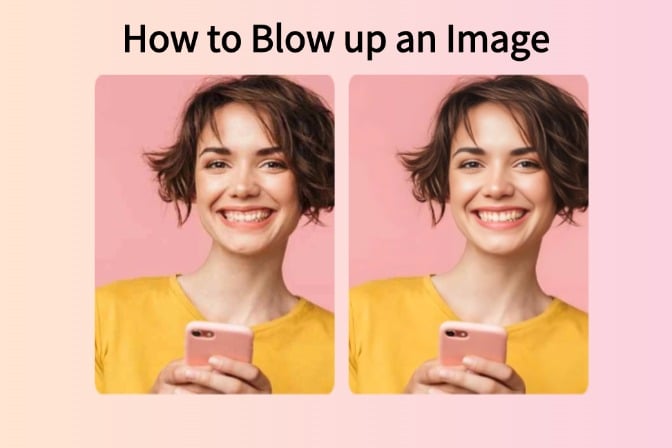

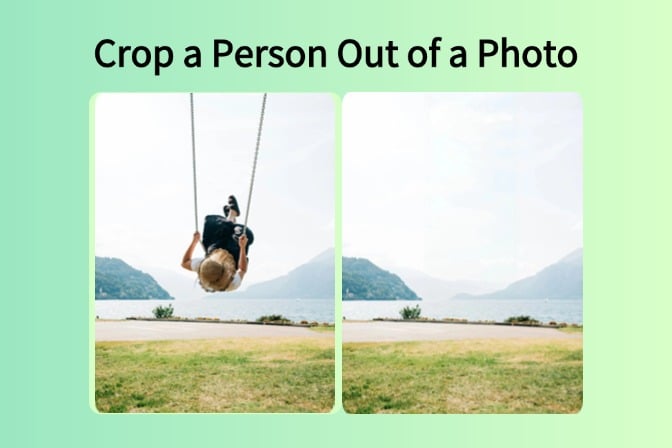
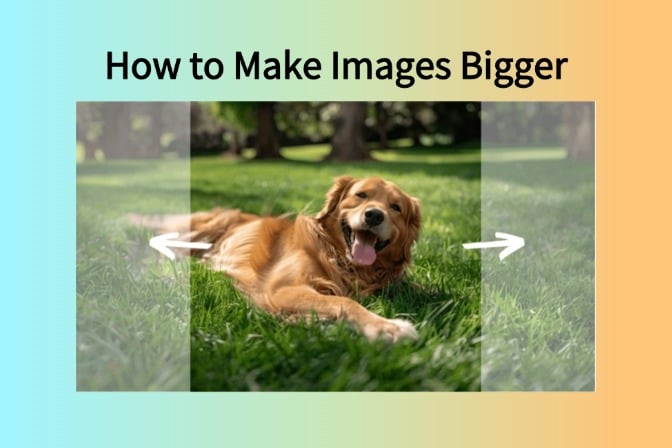
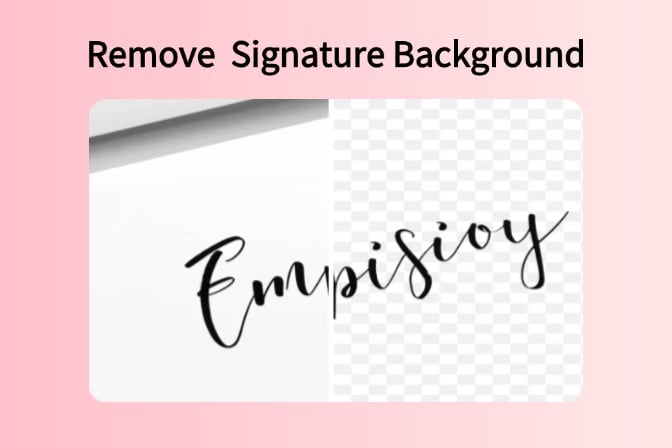

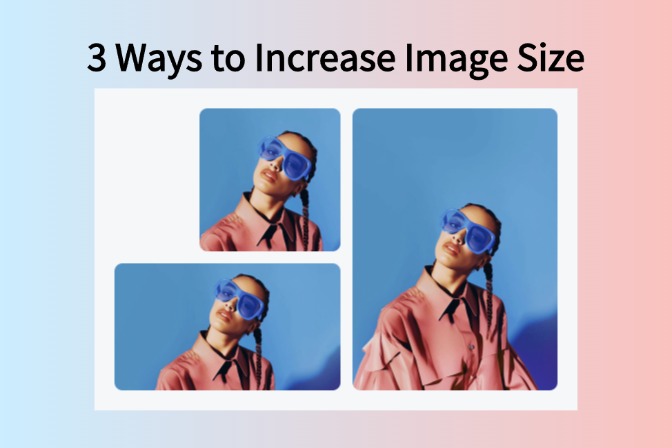
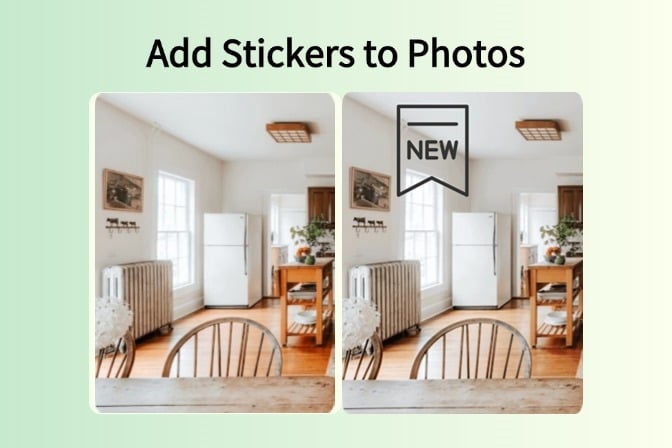
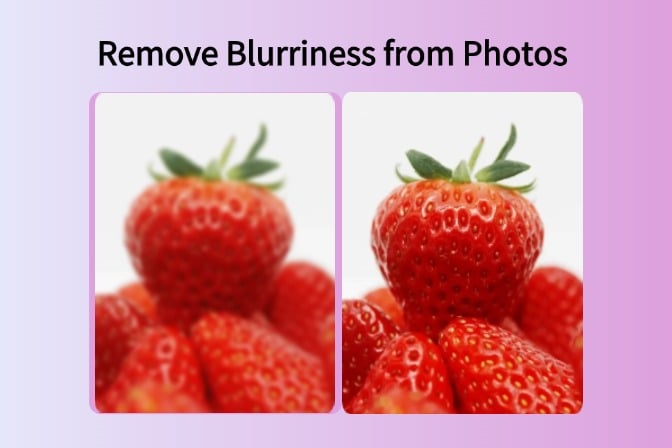
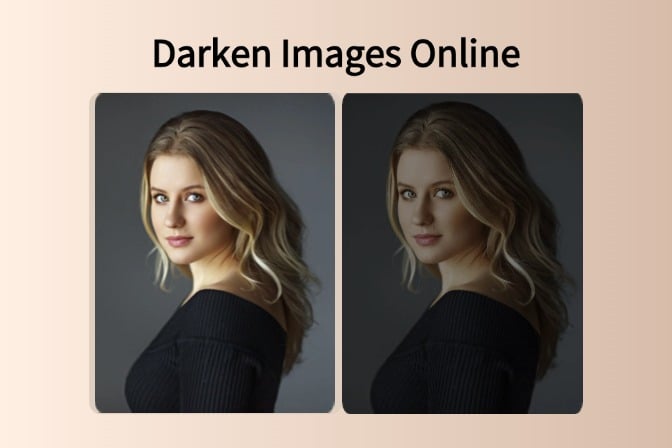

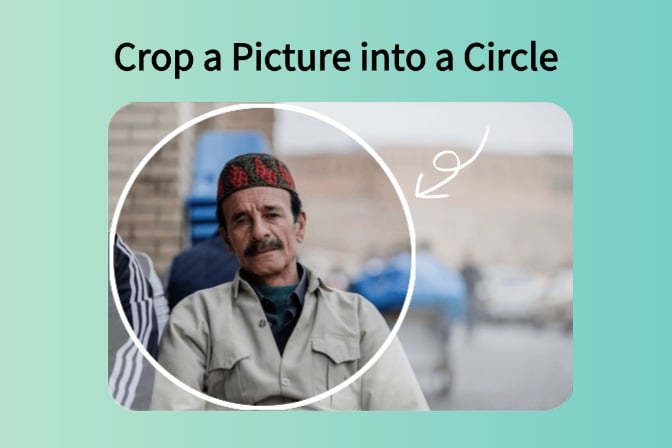


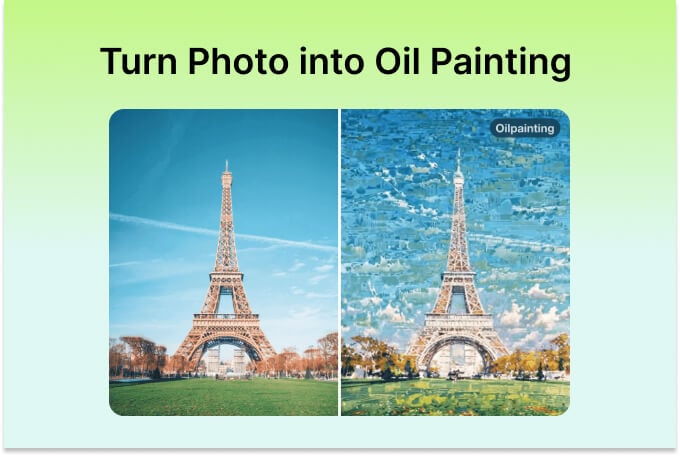
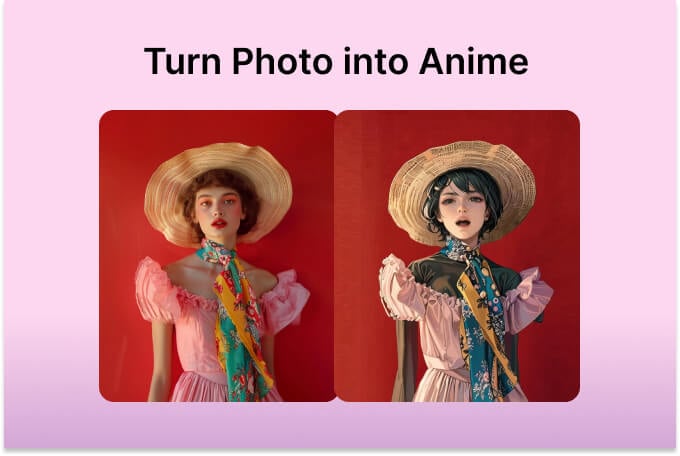
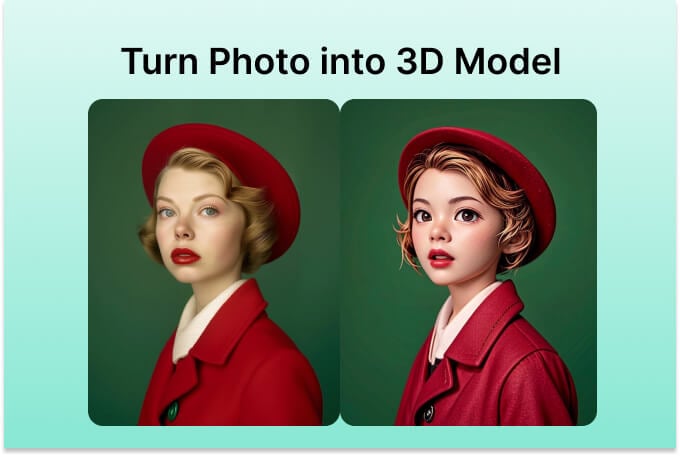
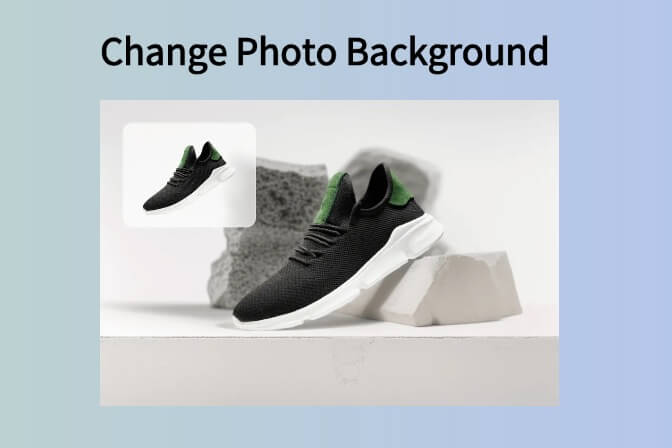
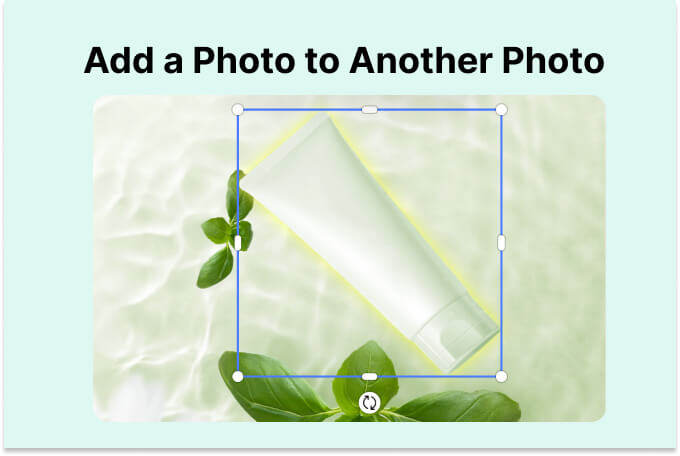

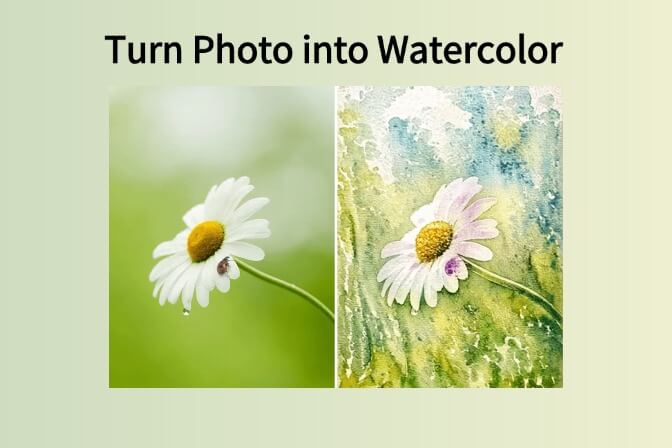
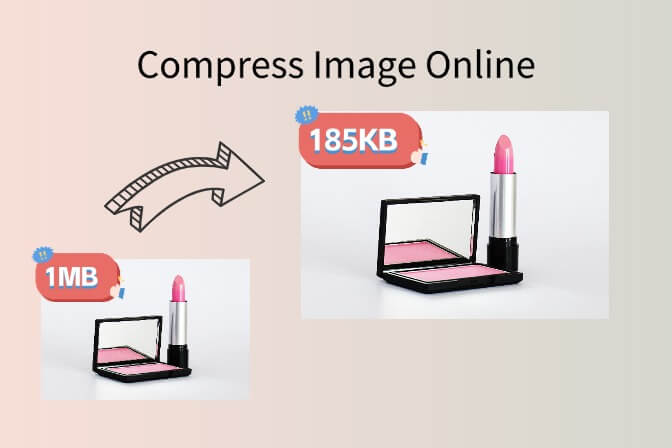
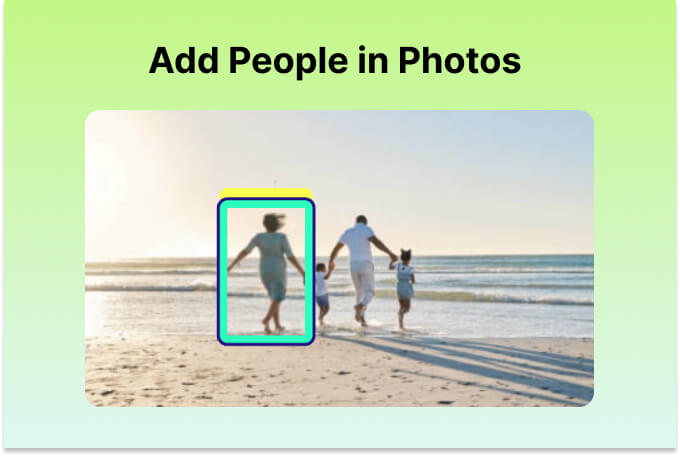
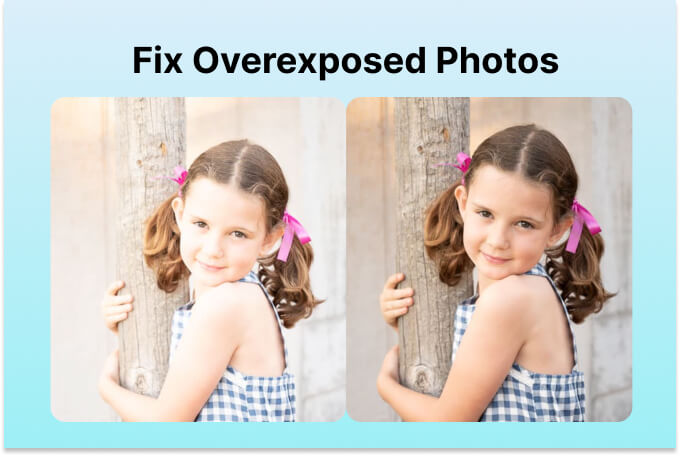


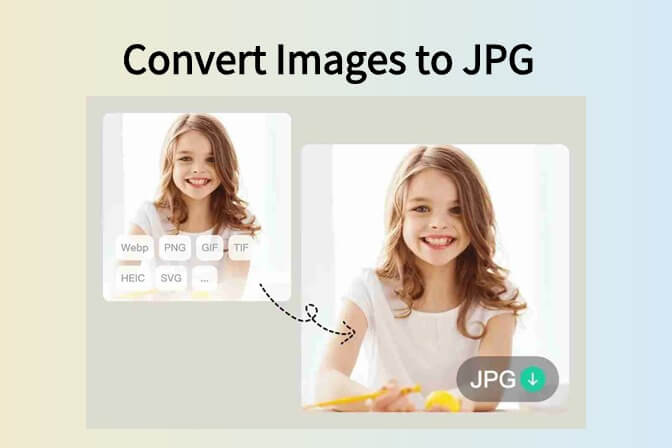
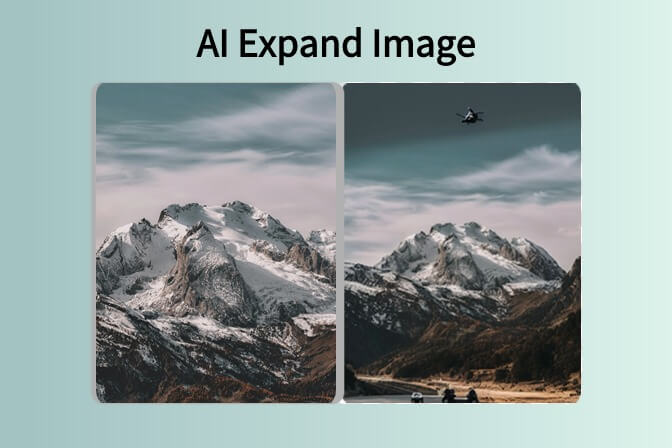
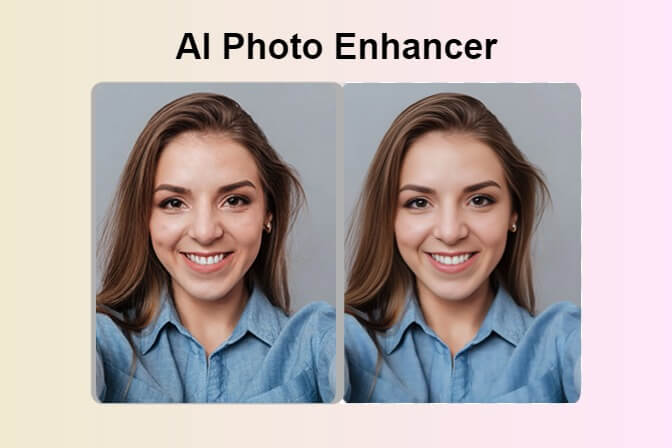
![How to Add Logo to Photos Online for Free [The Simplest Method] How to Add Logo to Photos Online for Free [The Simplest Method]](https://static.xsbapp.com/market-operations/market/side/1718795949162.jpg)
![How to Remove Tattoos from Photos [Ultimate Guide 2025] How to Remove Tattoos from Photos [Ultimate Guide 2025]](https://static.xsbapp.com/market-operations/market/side/1718787534476.jpg)
